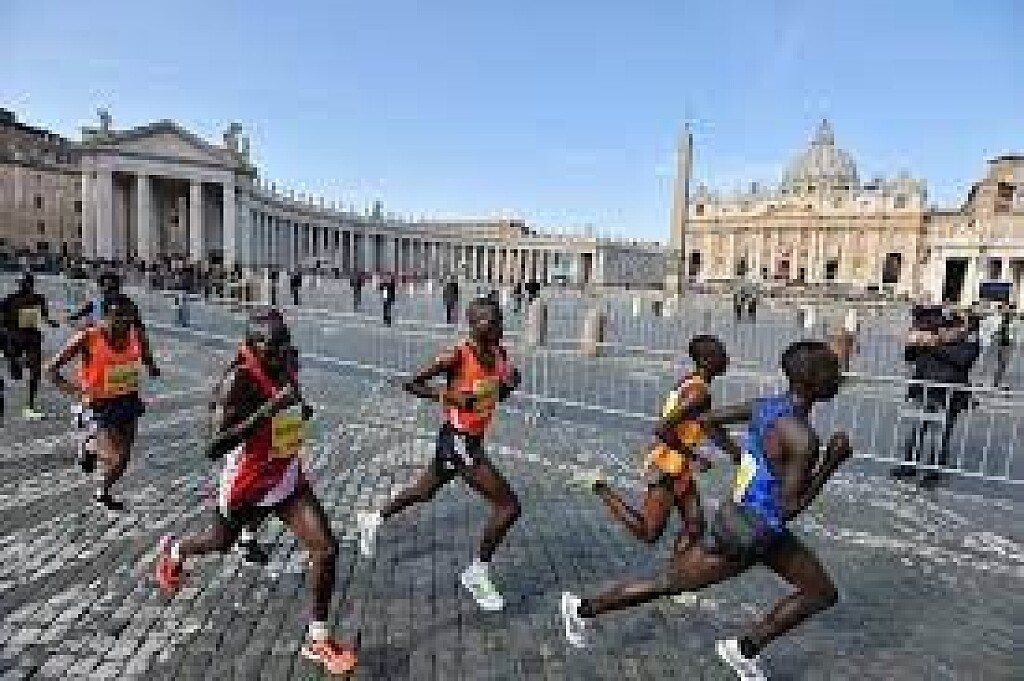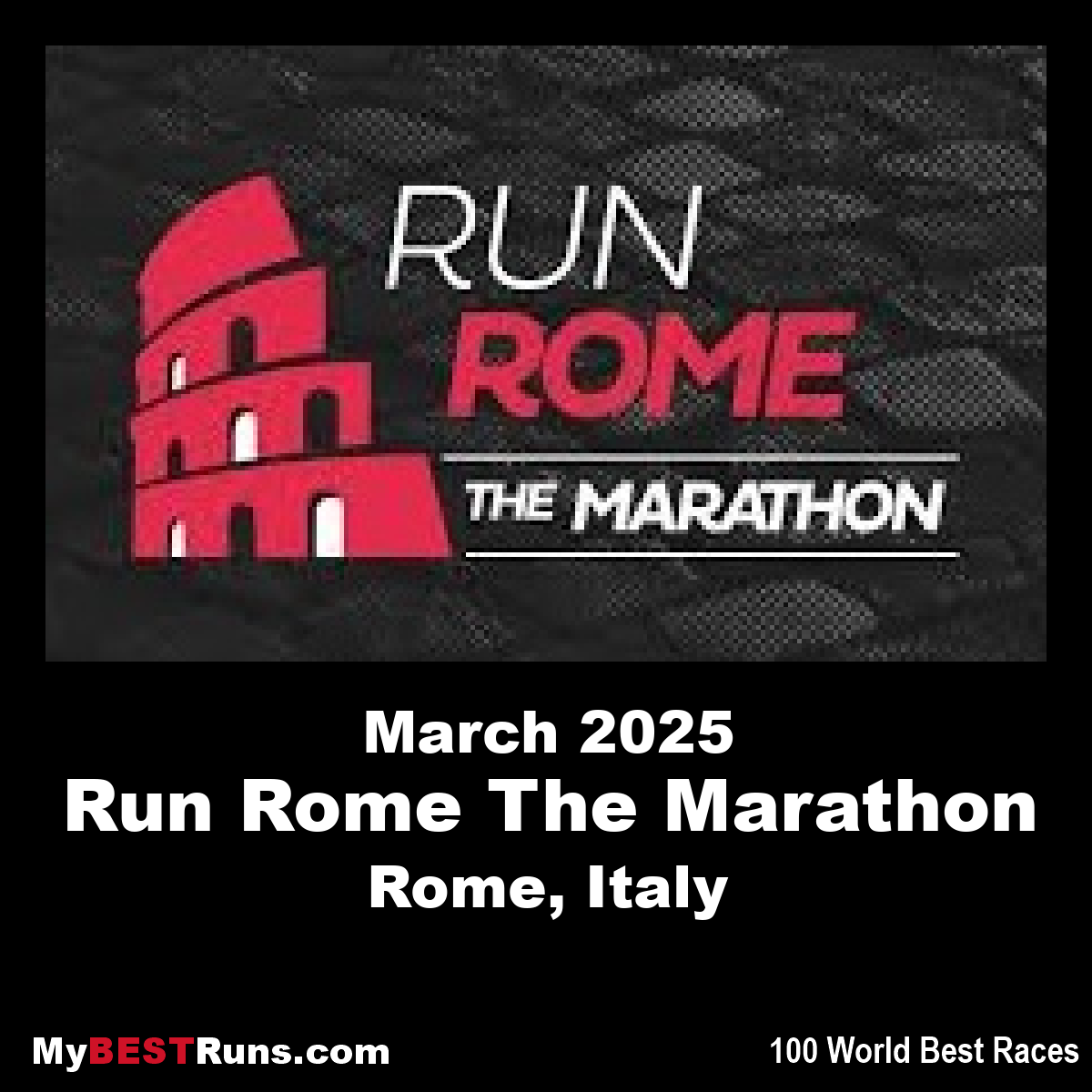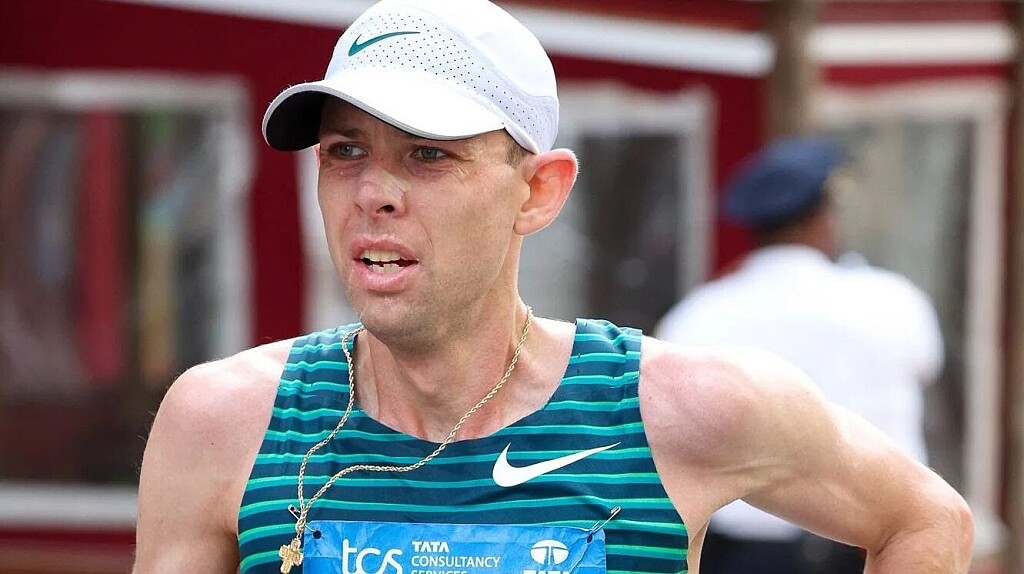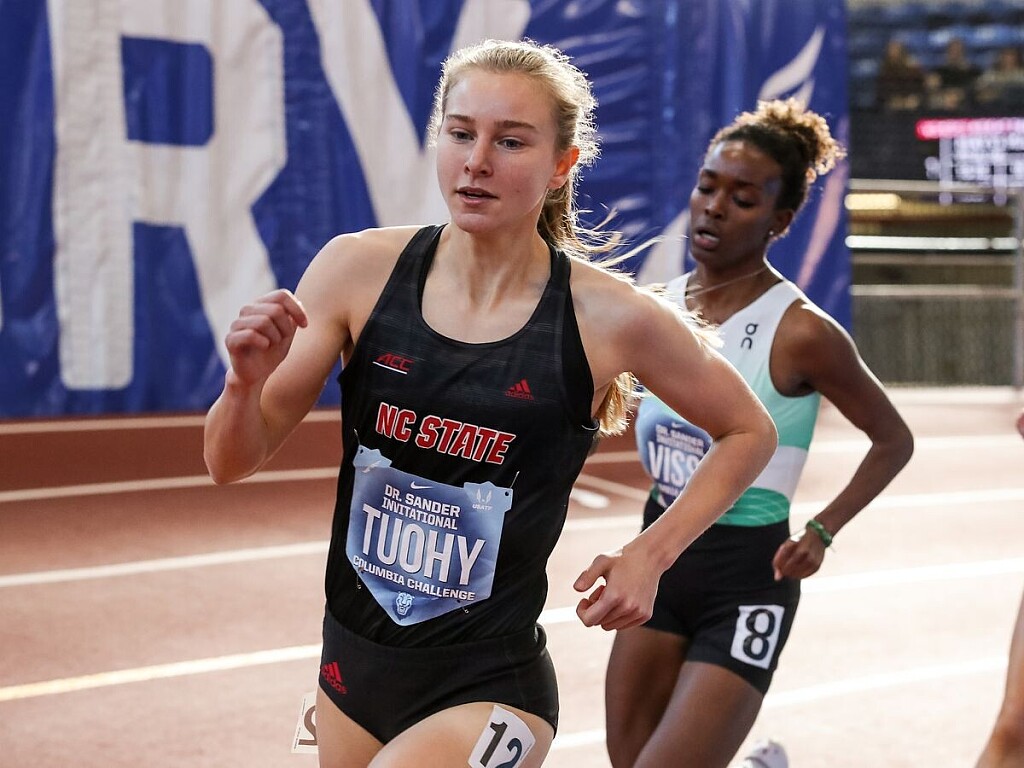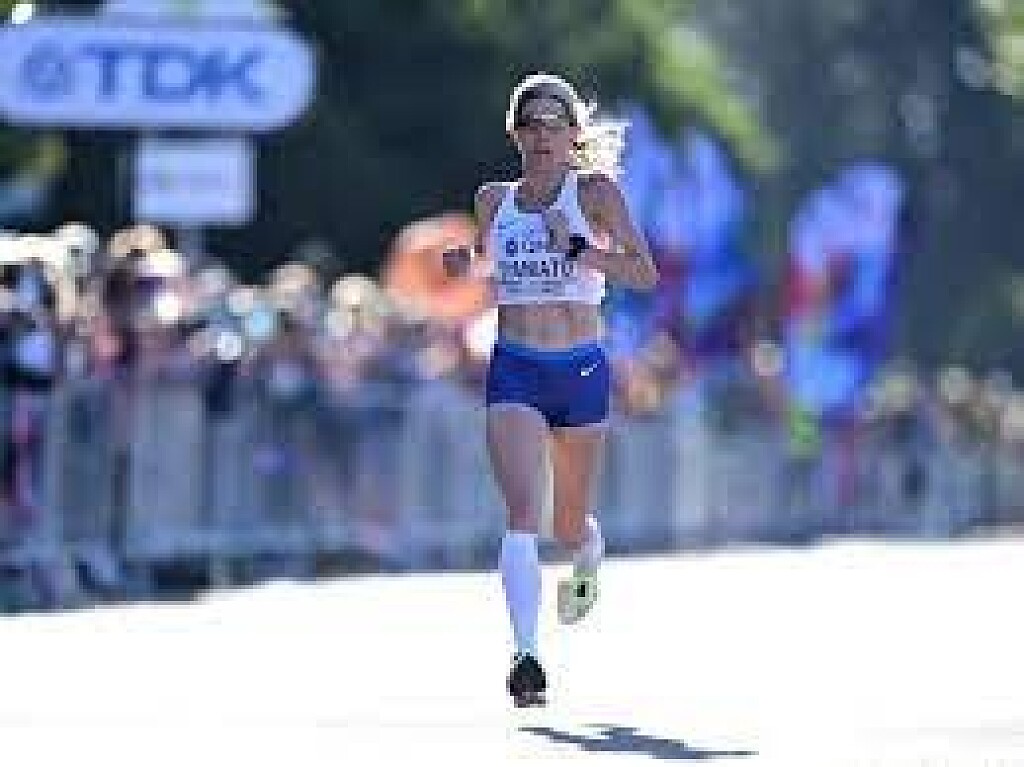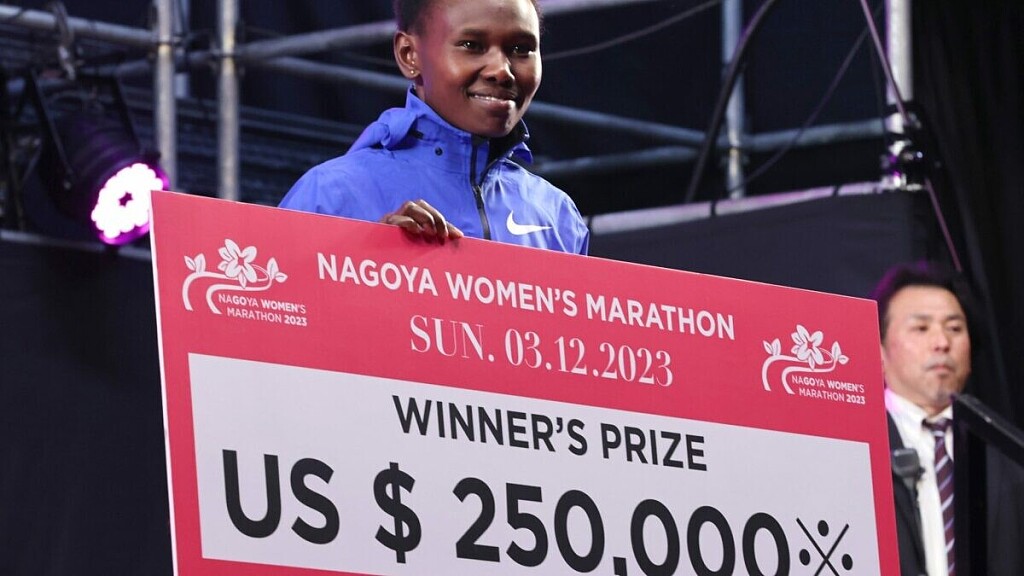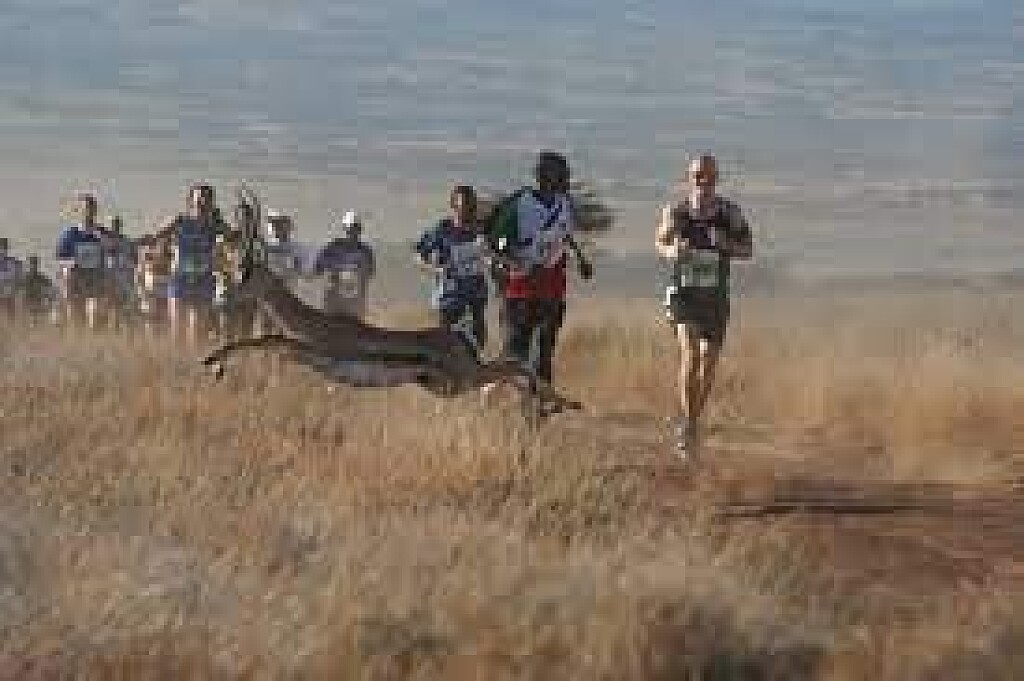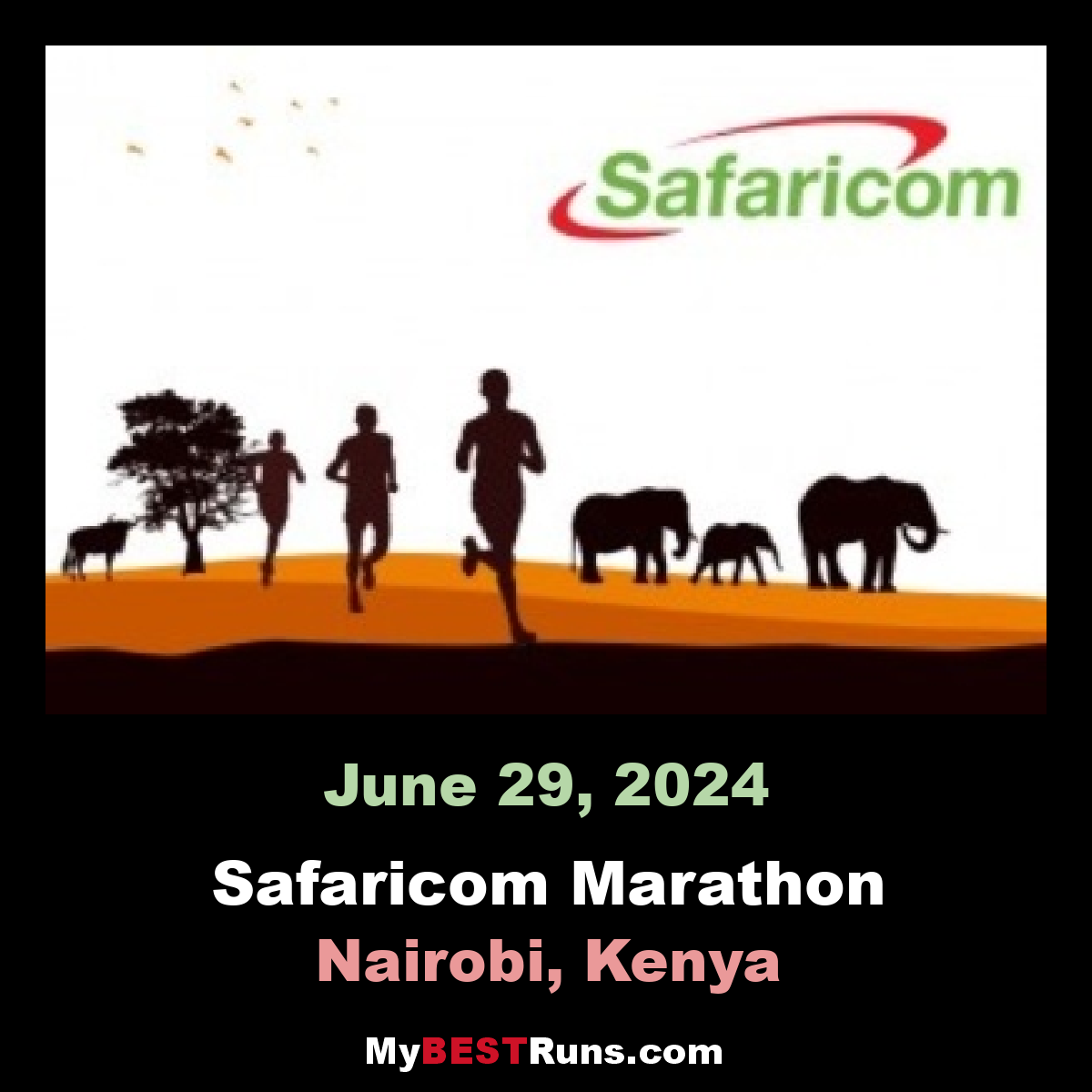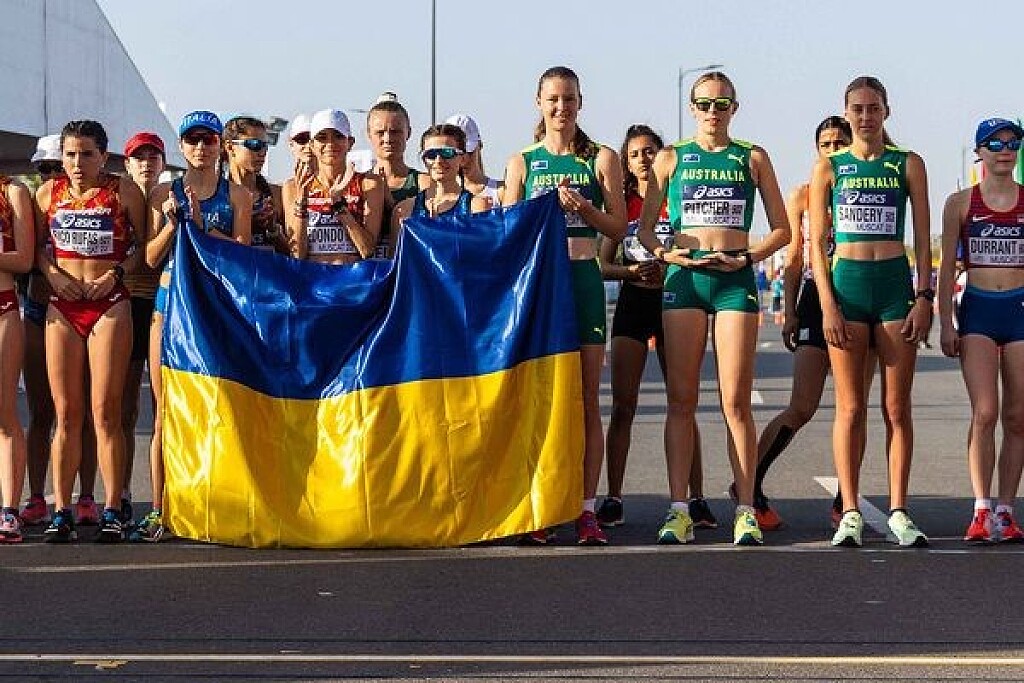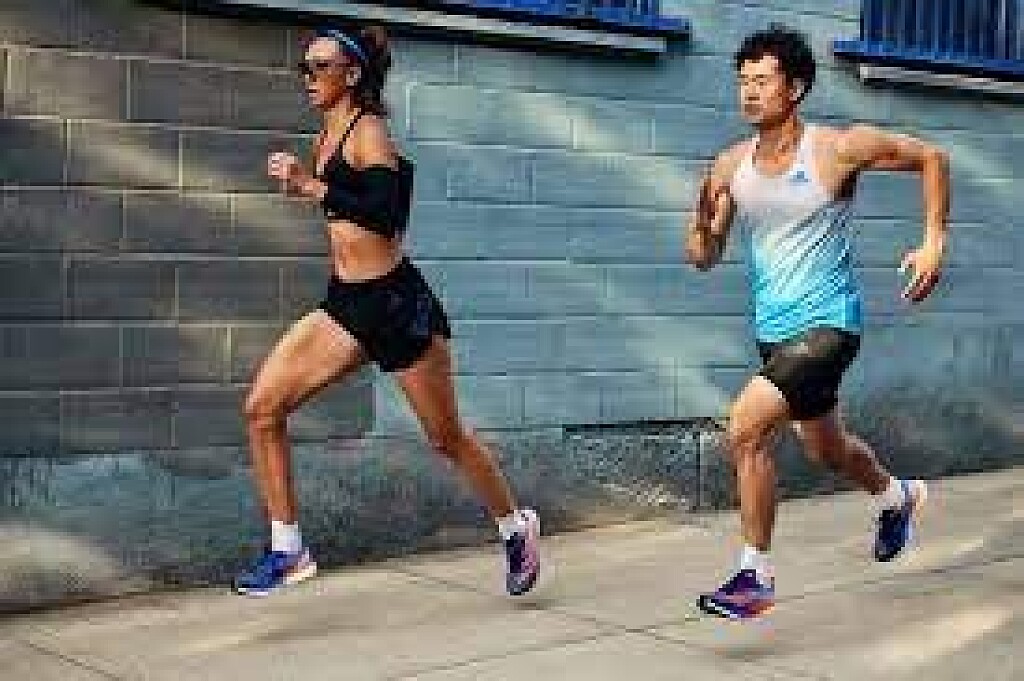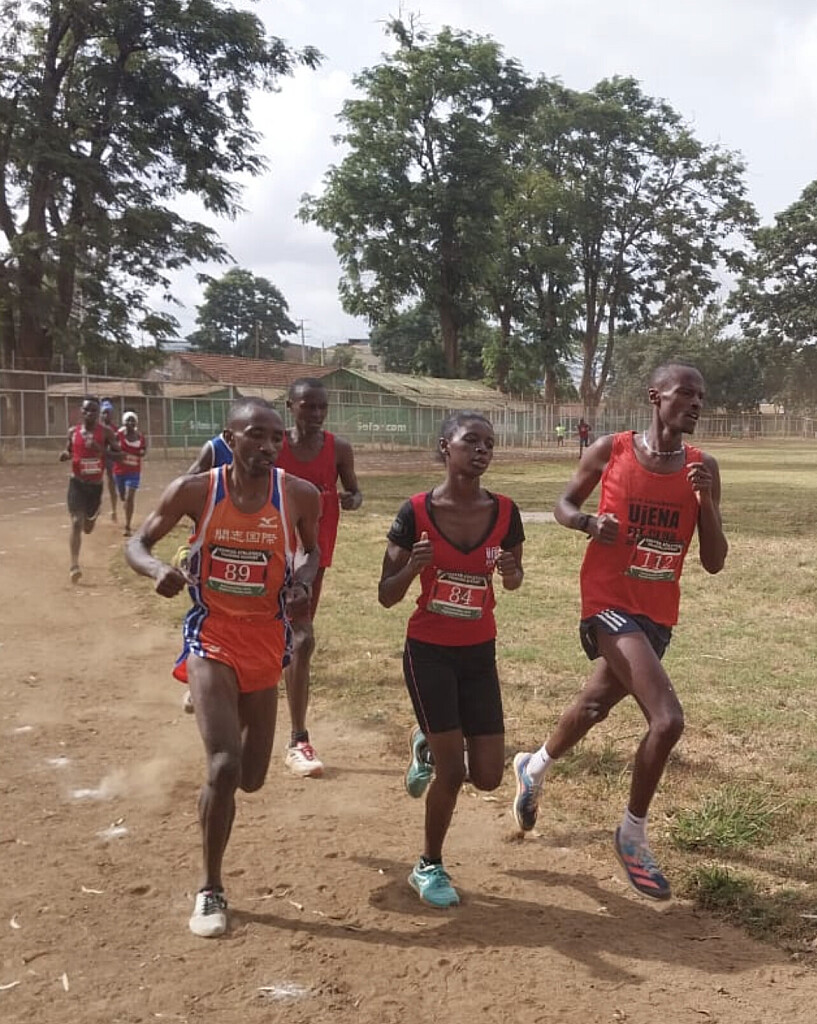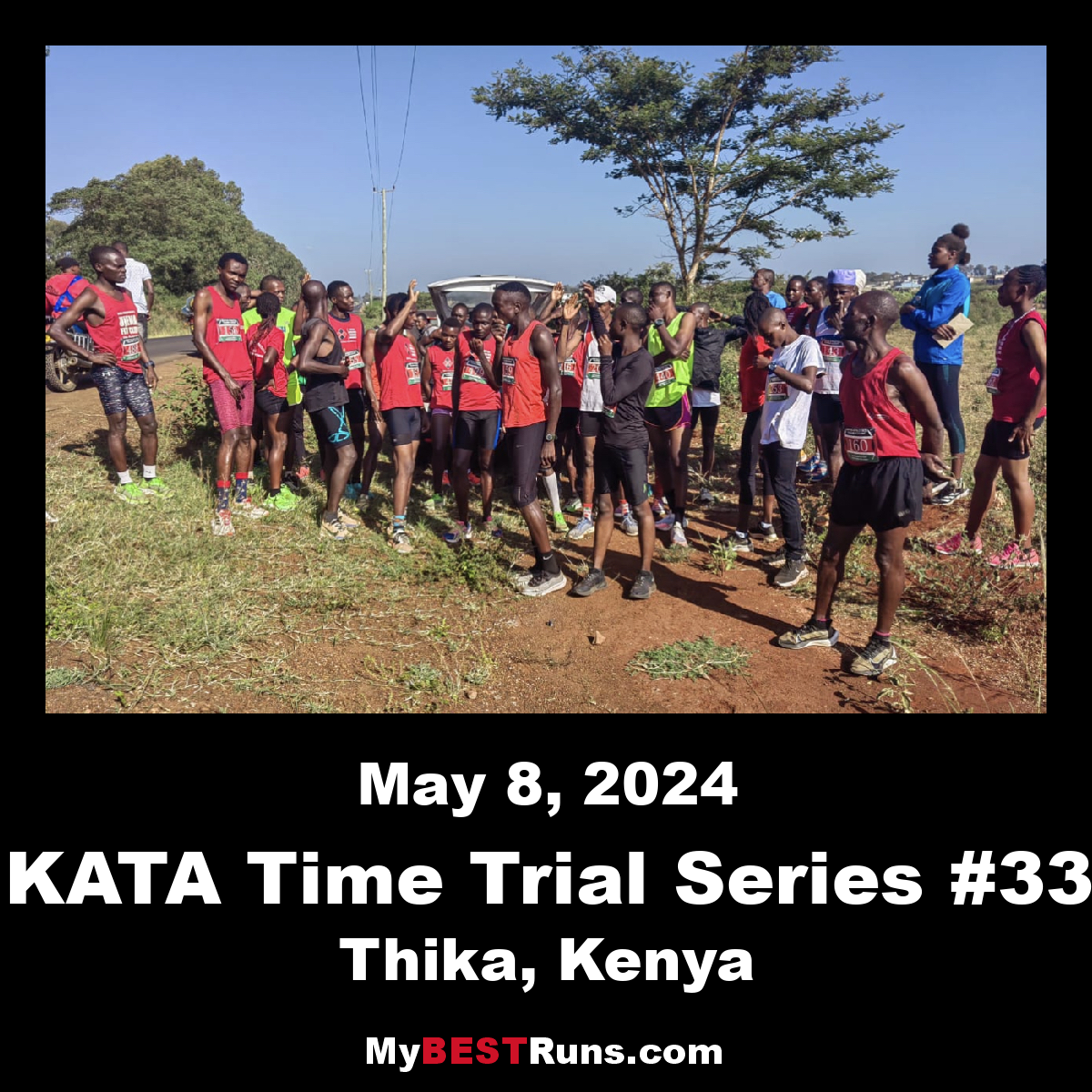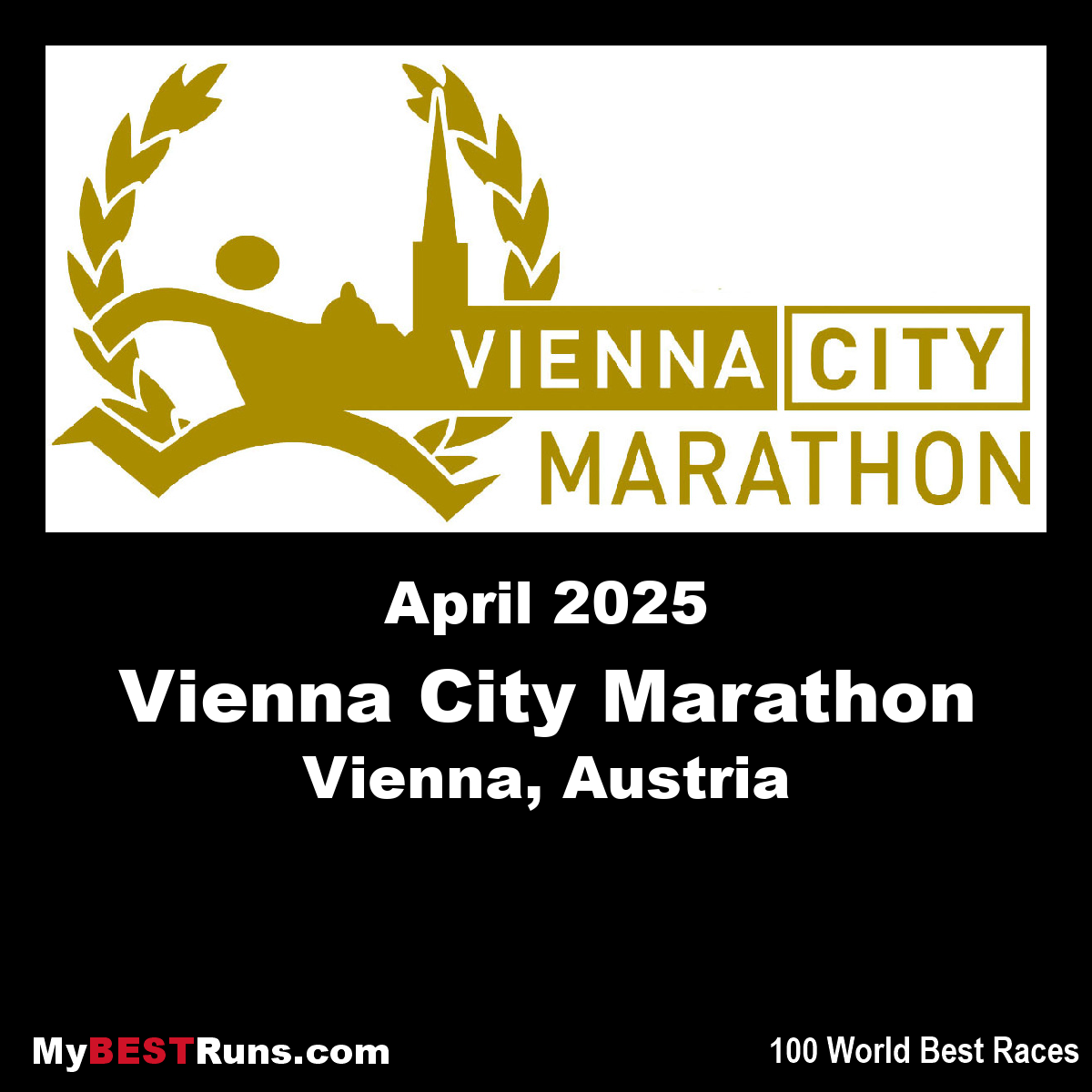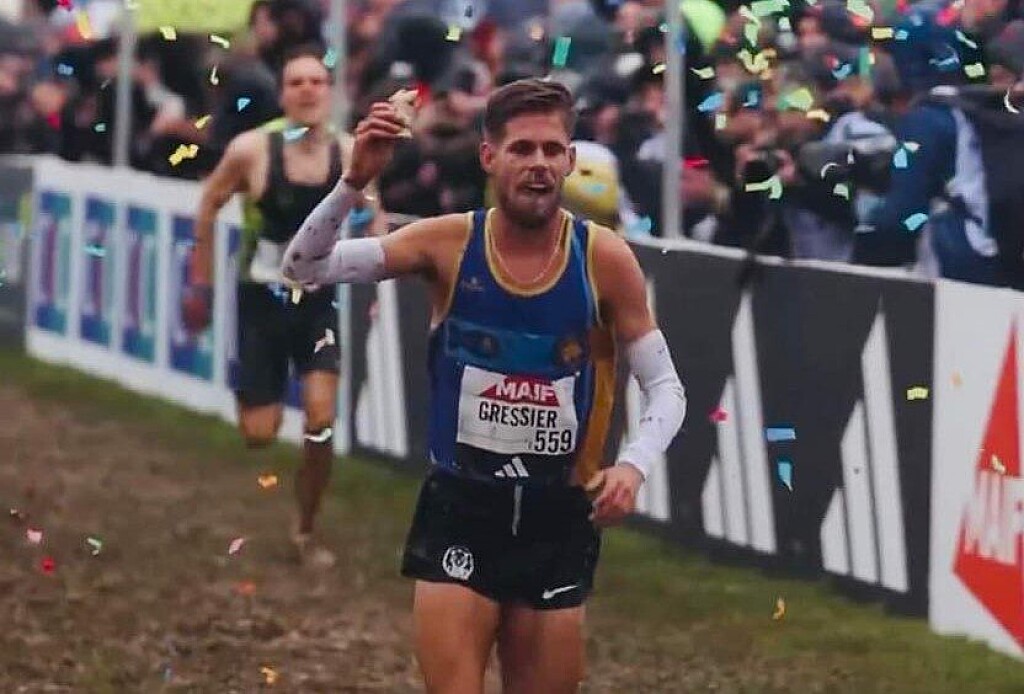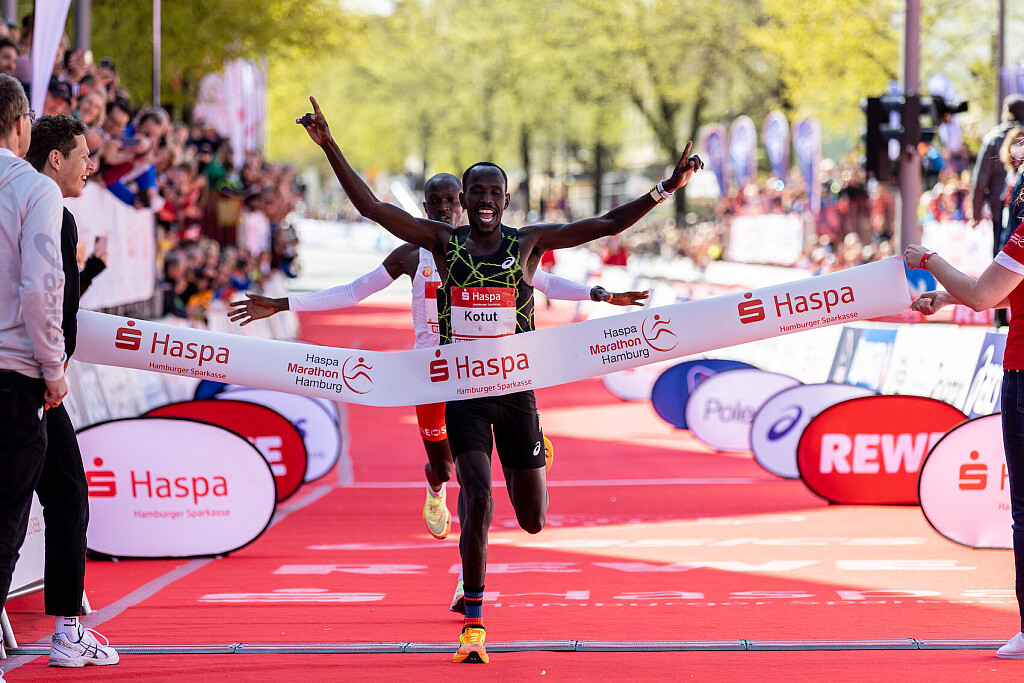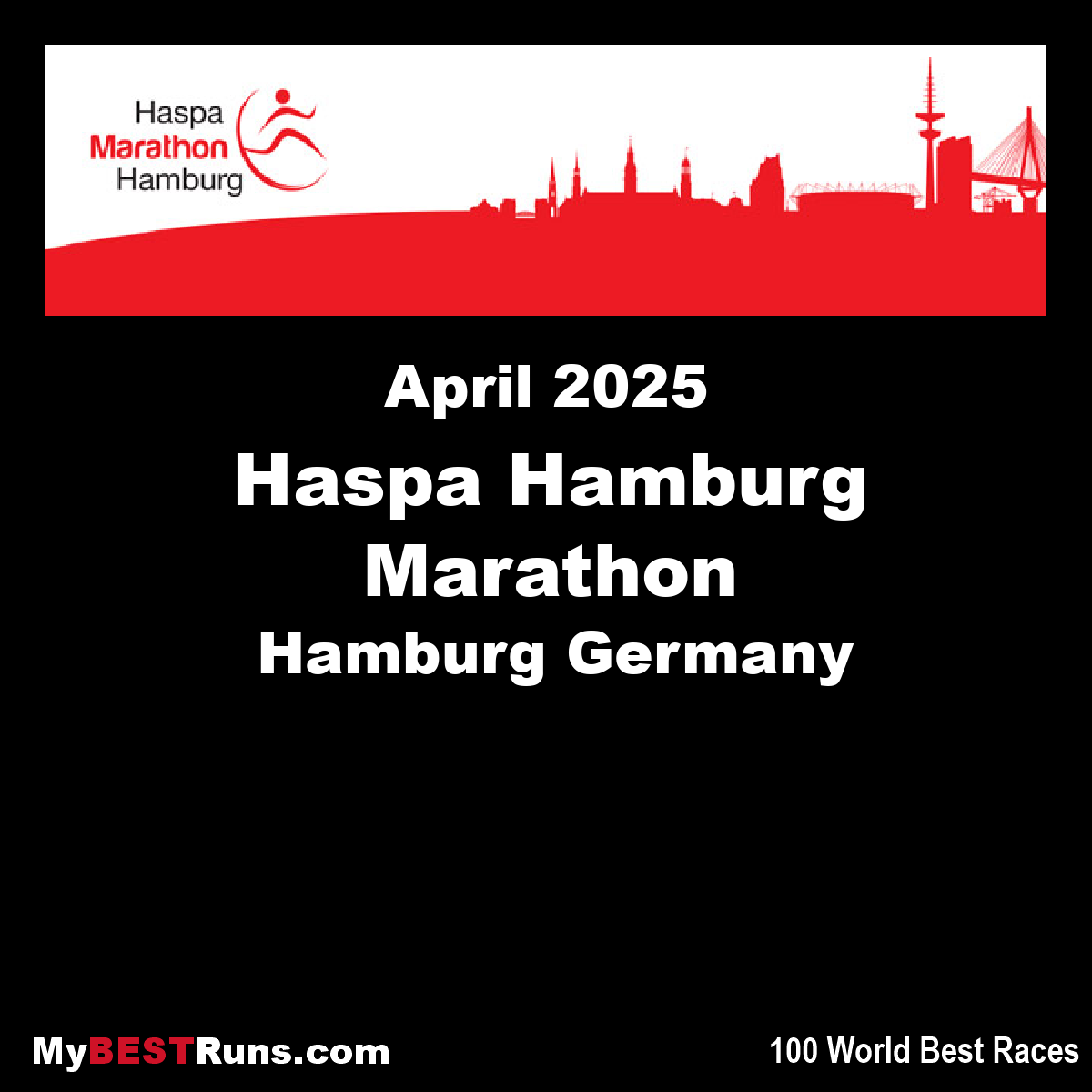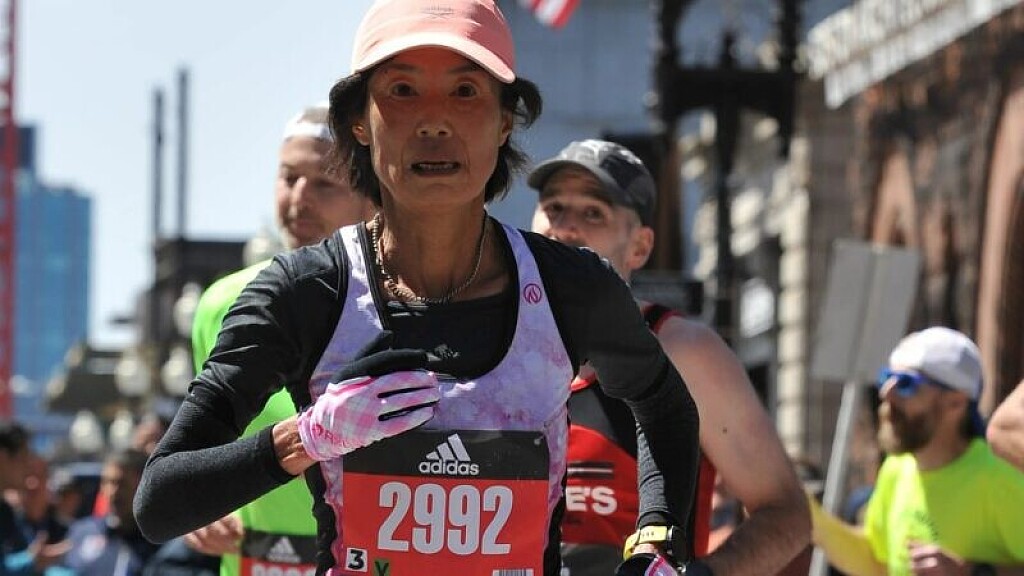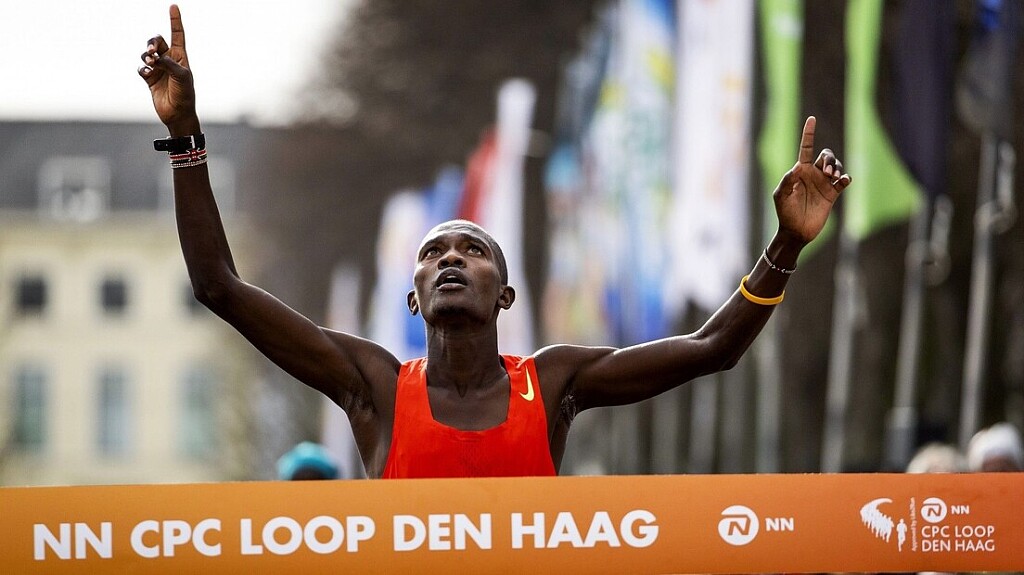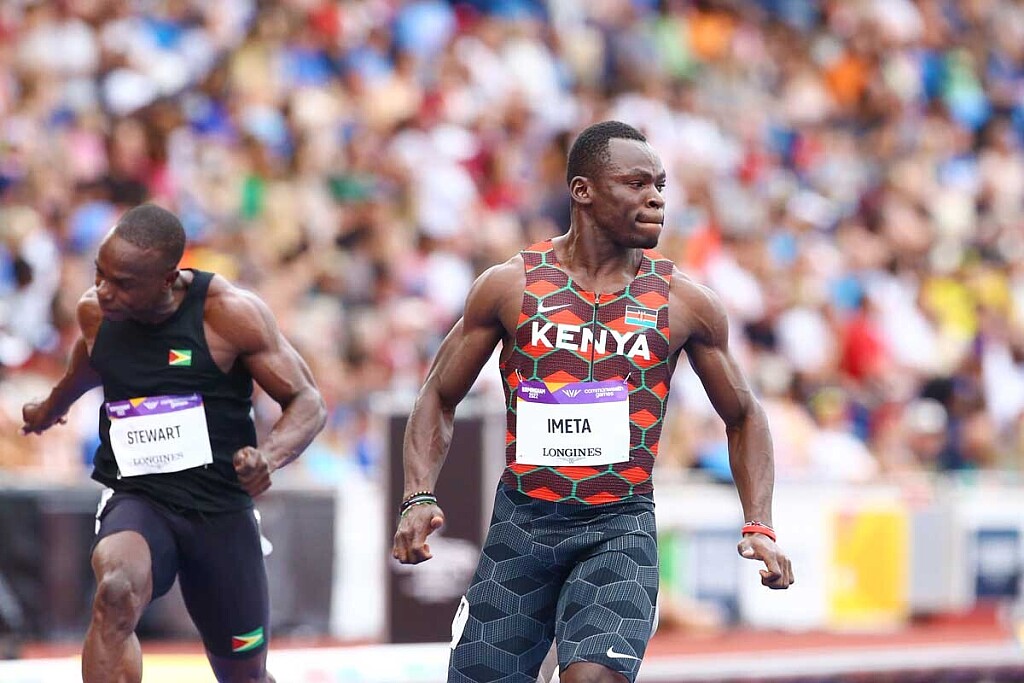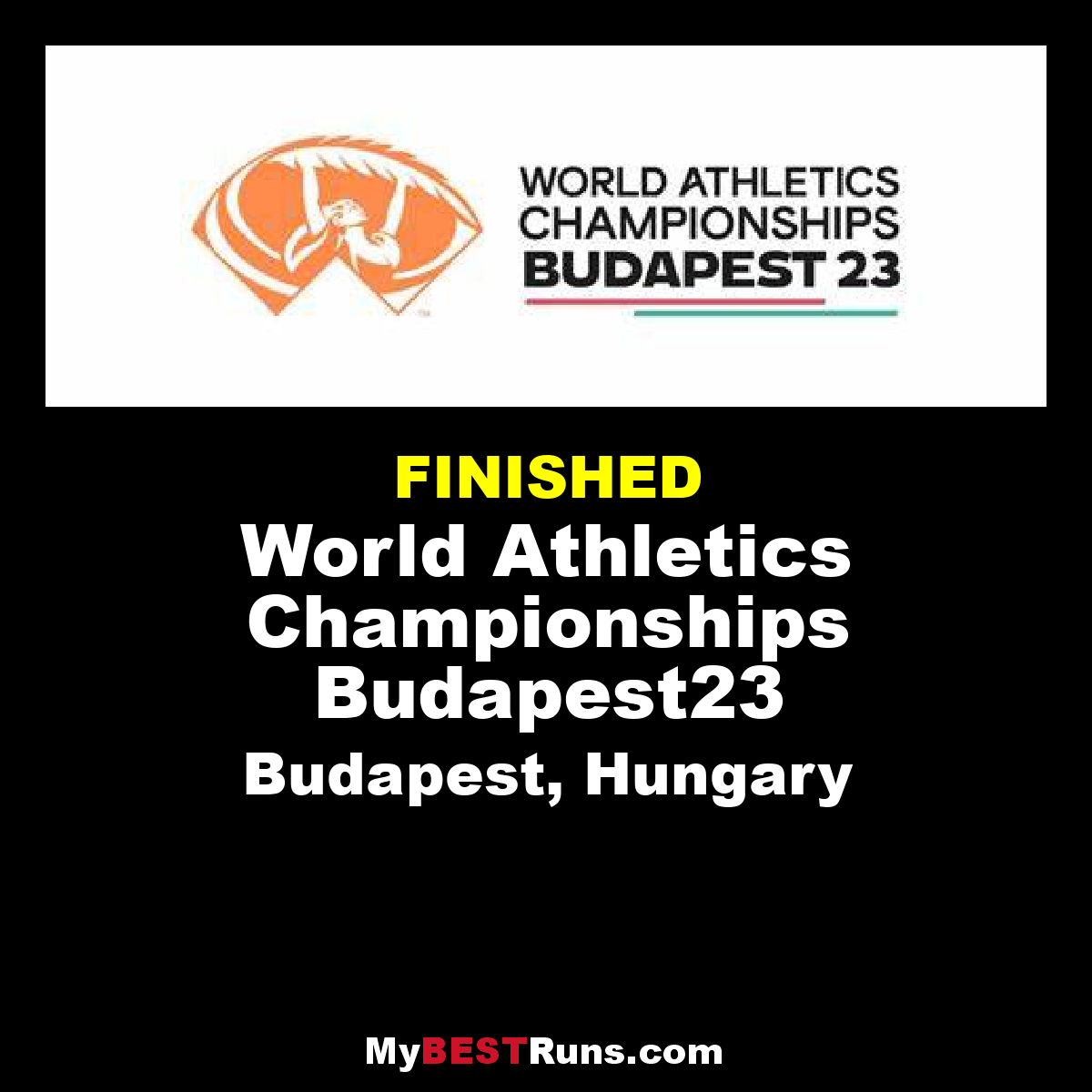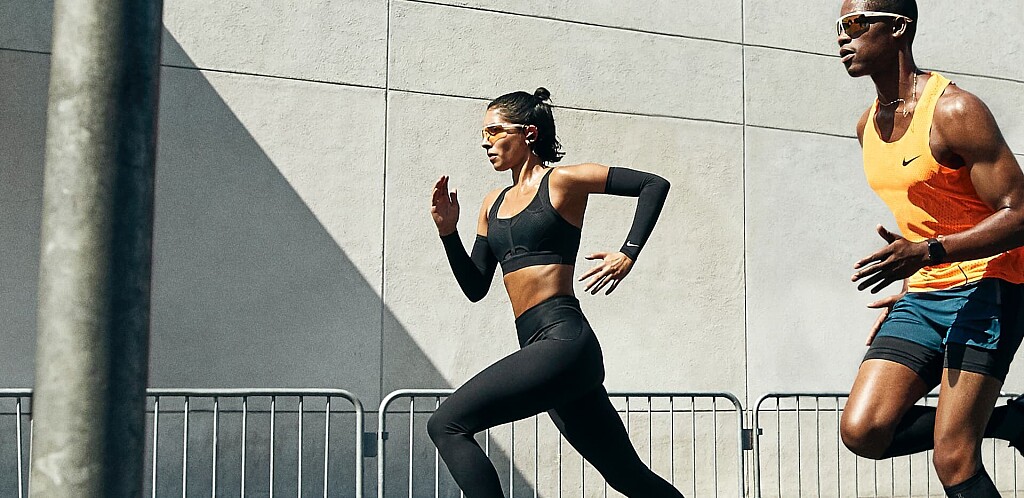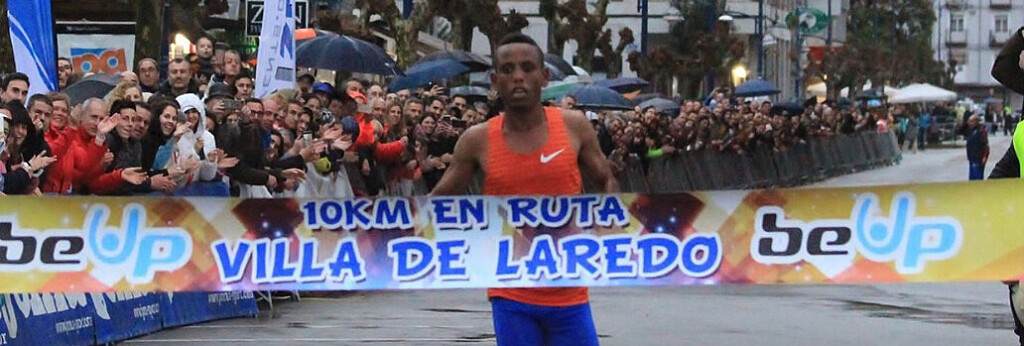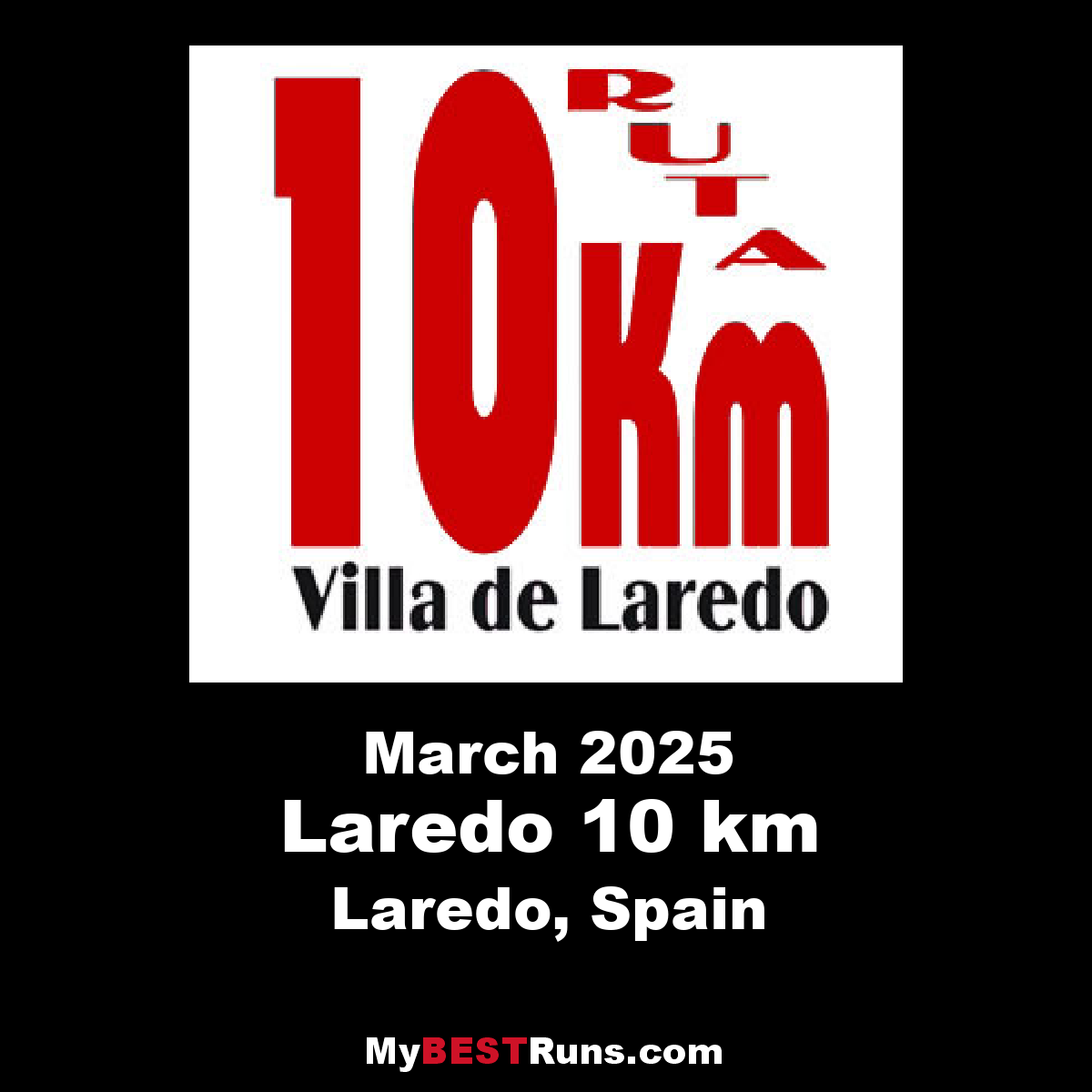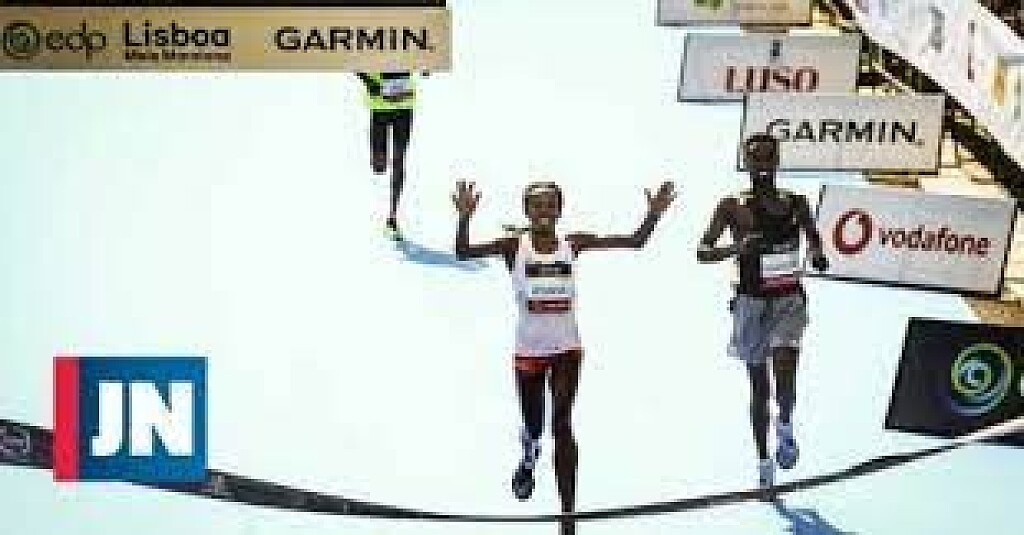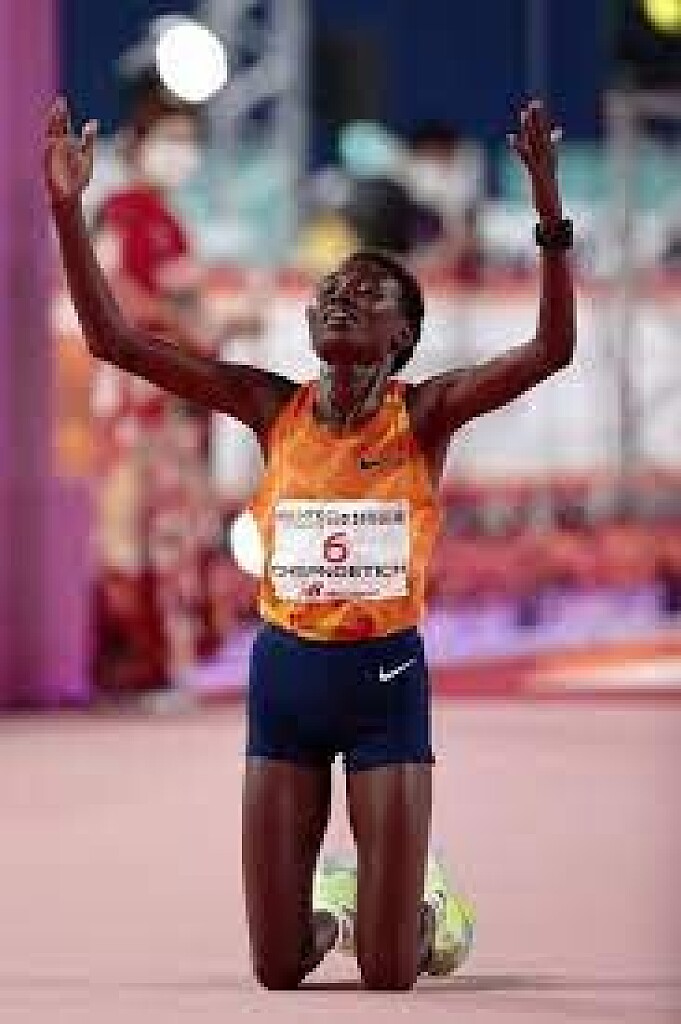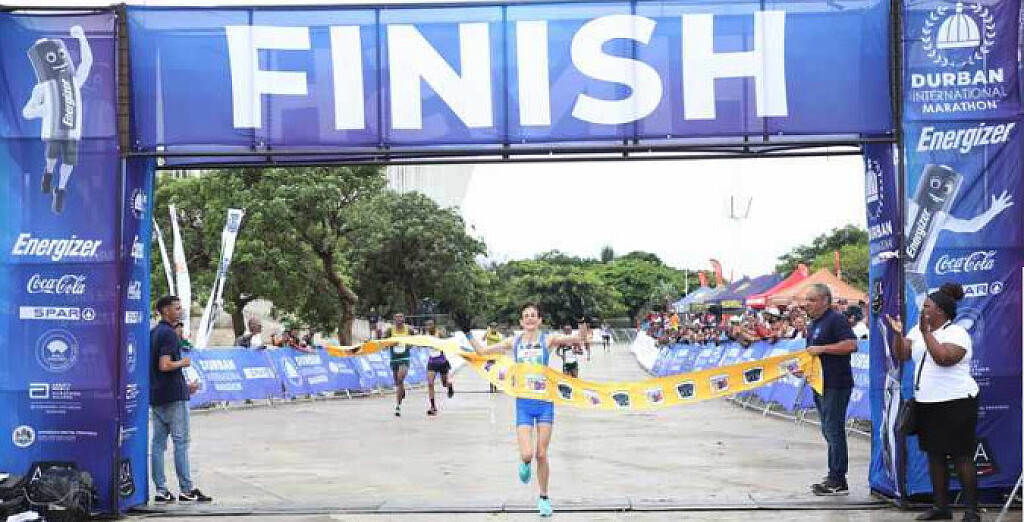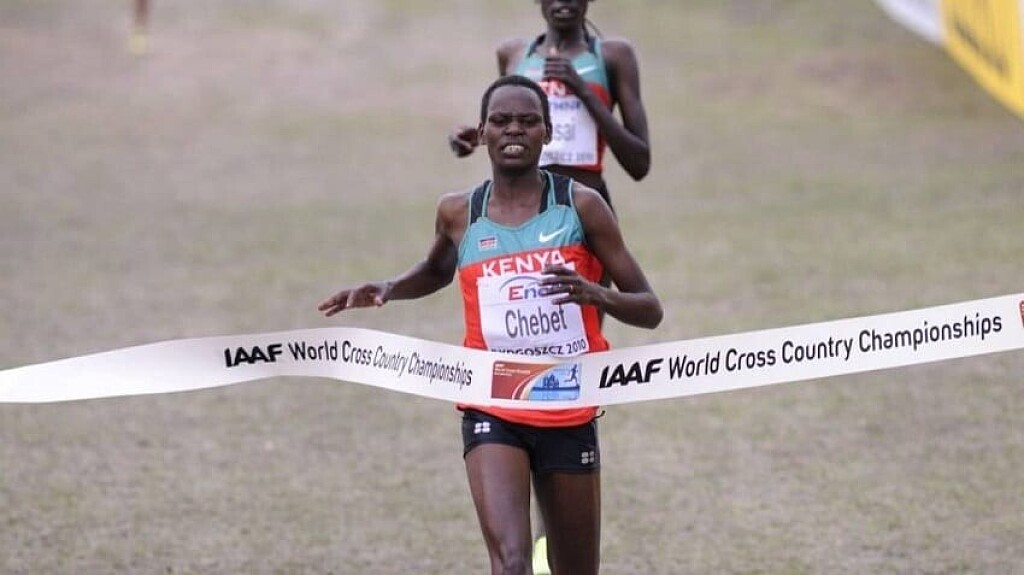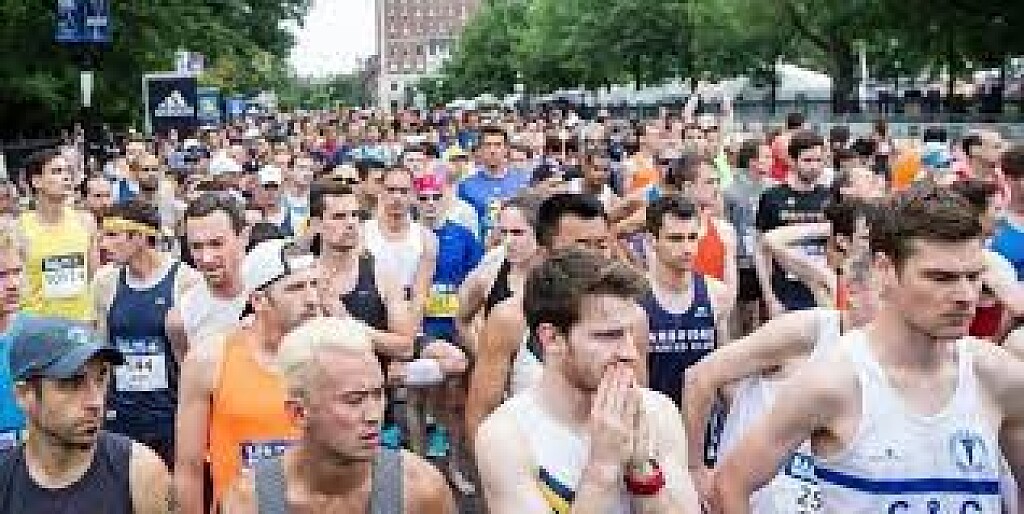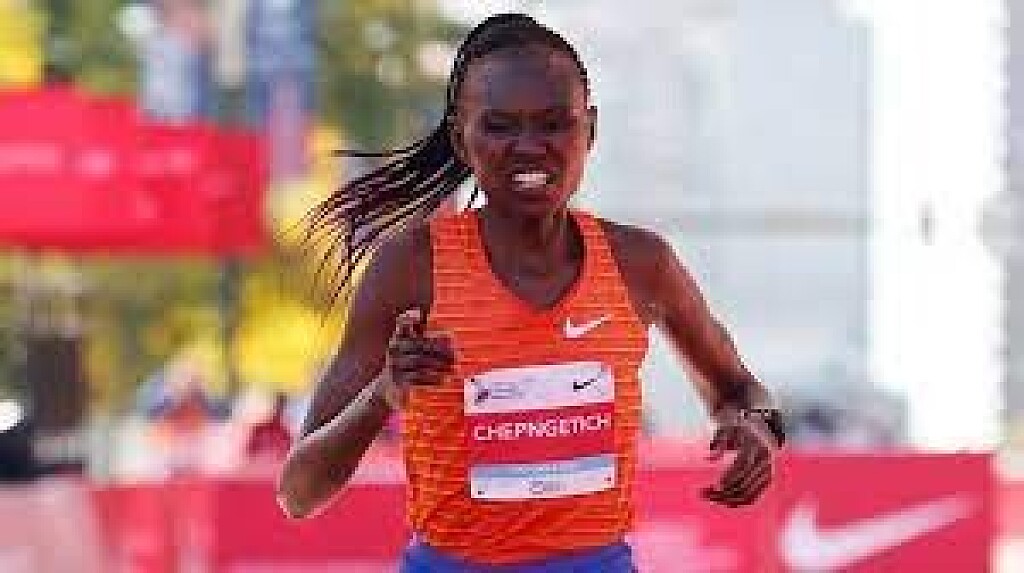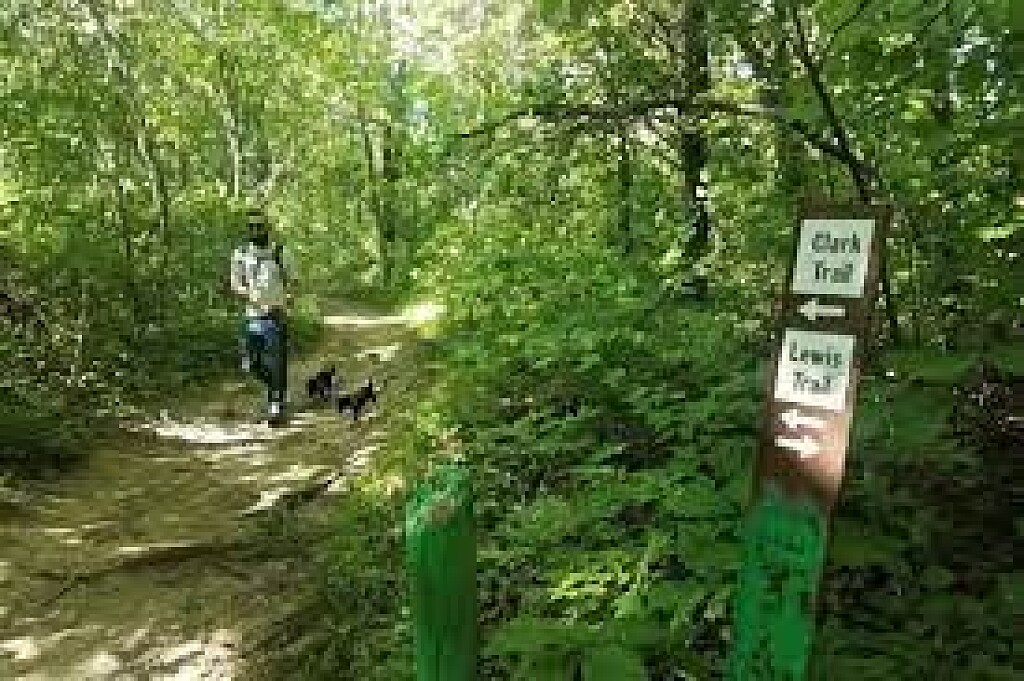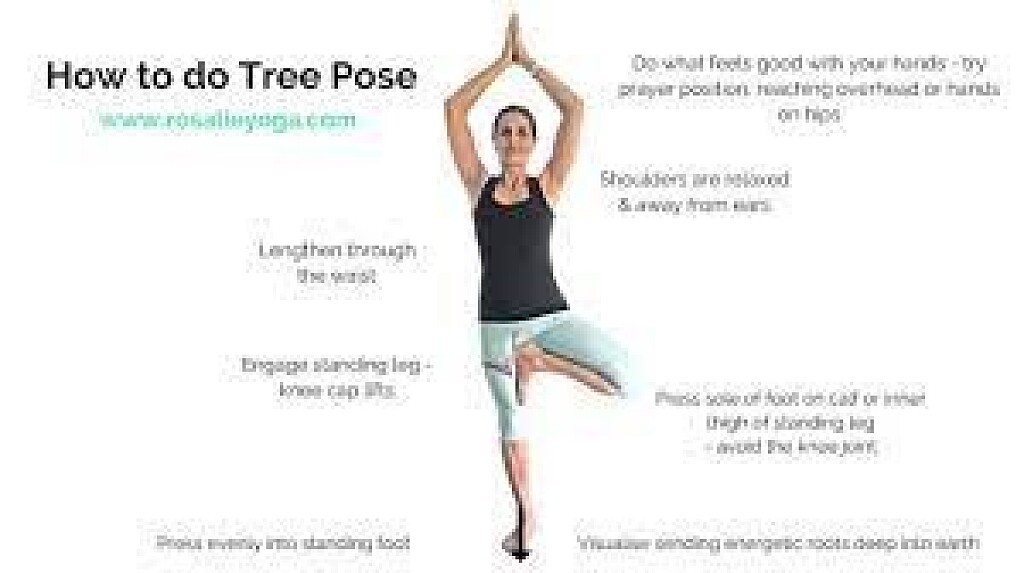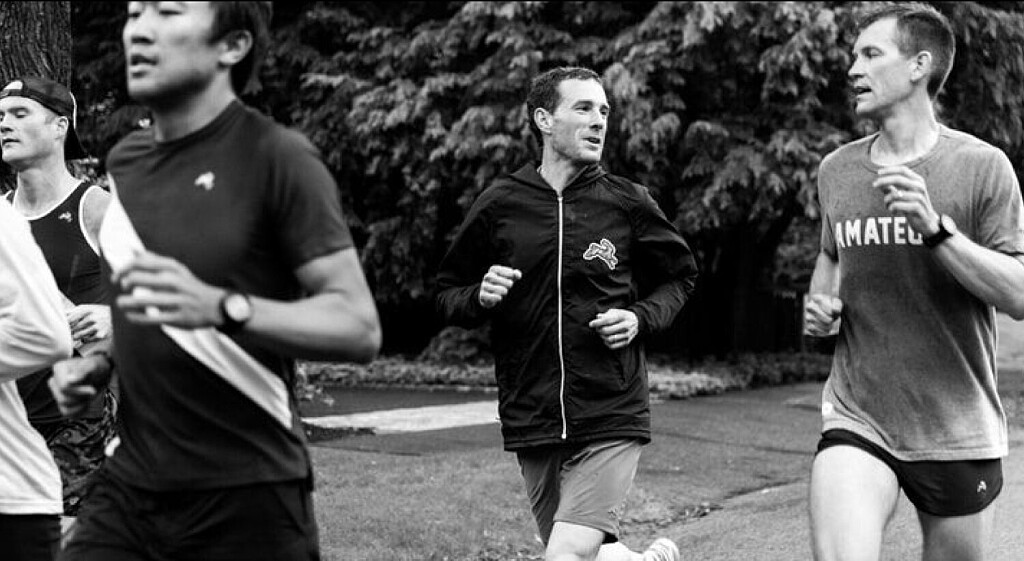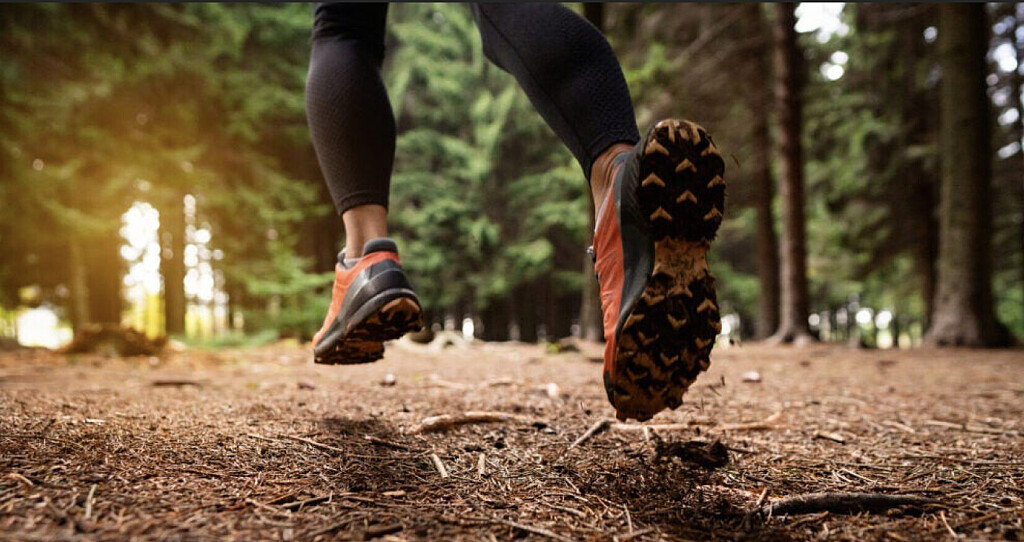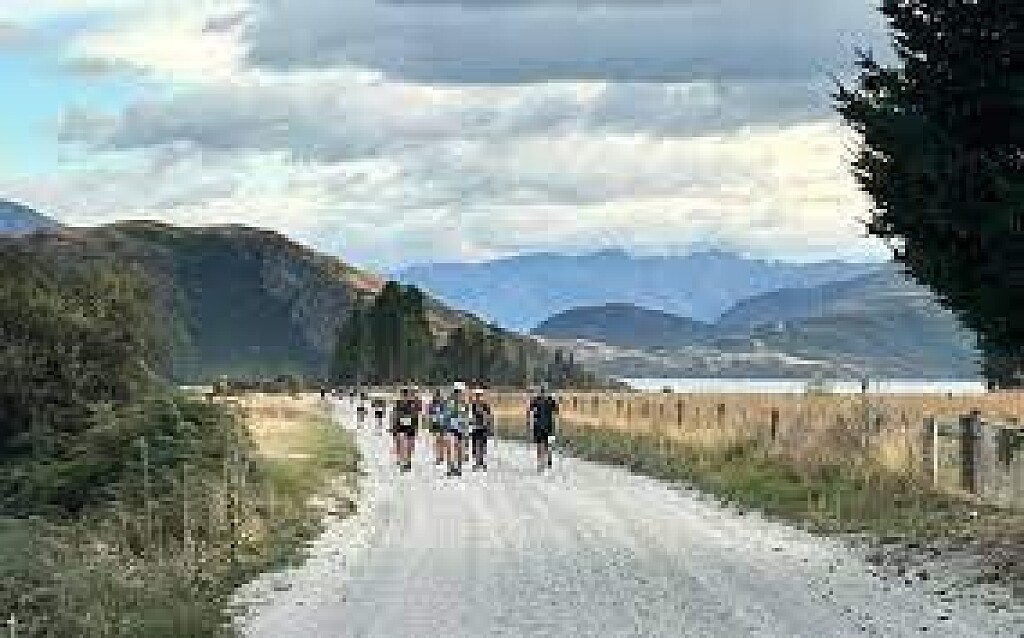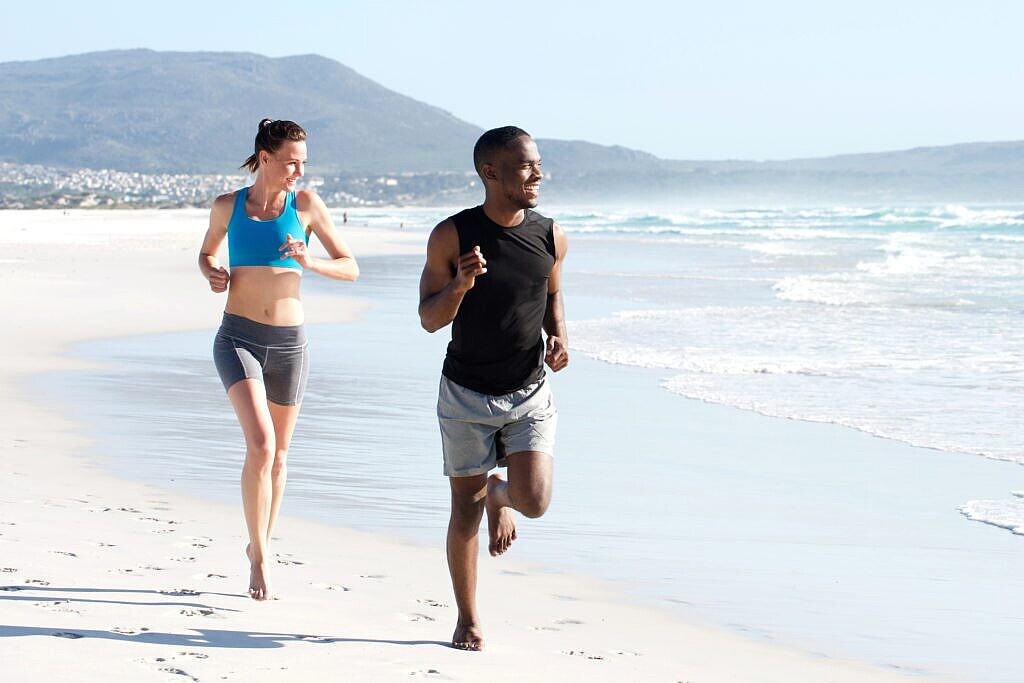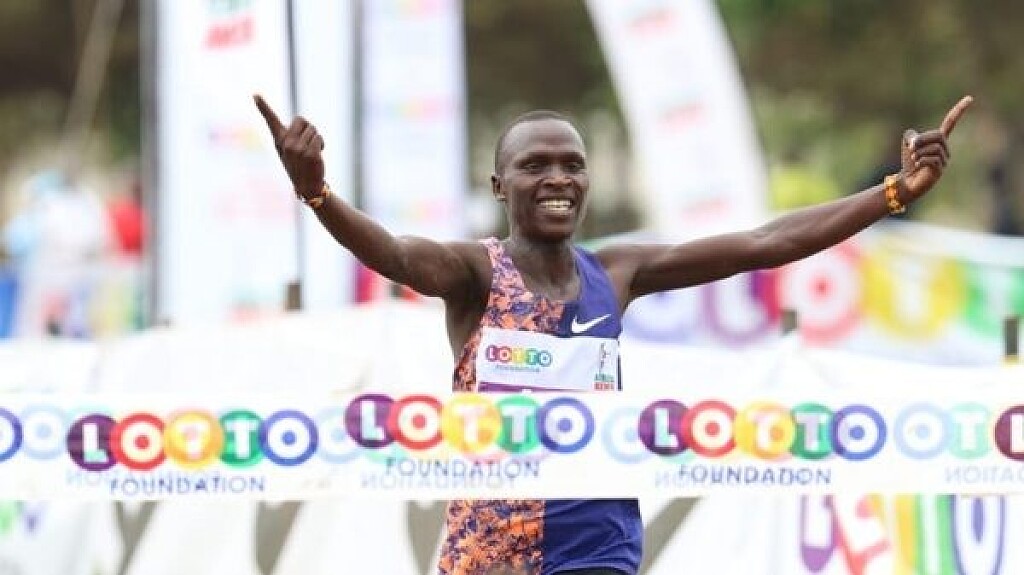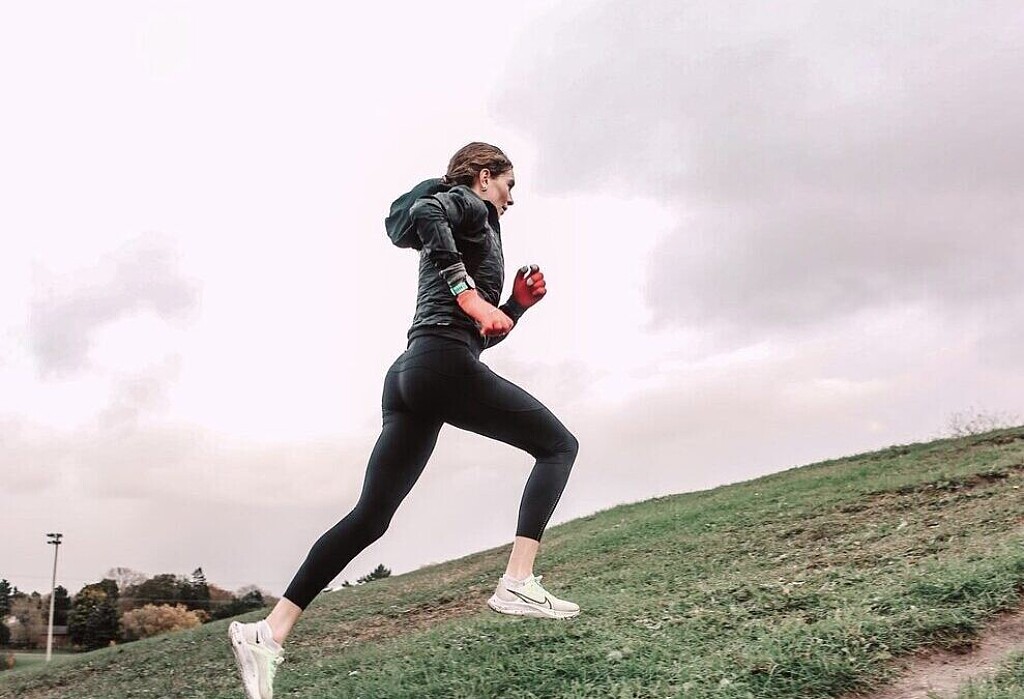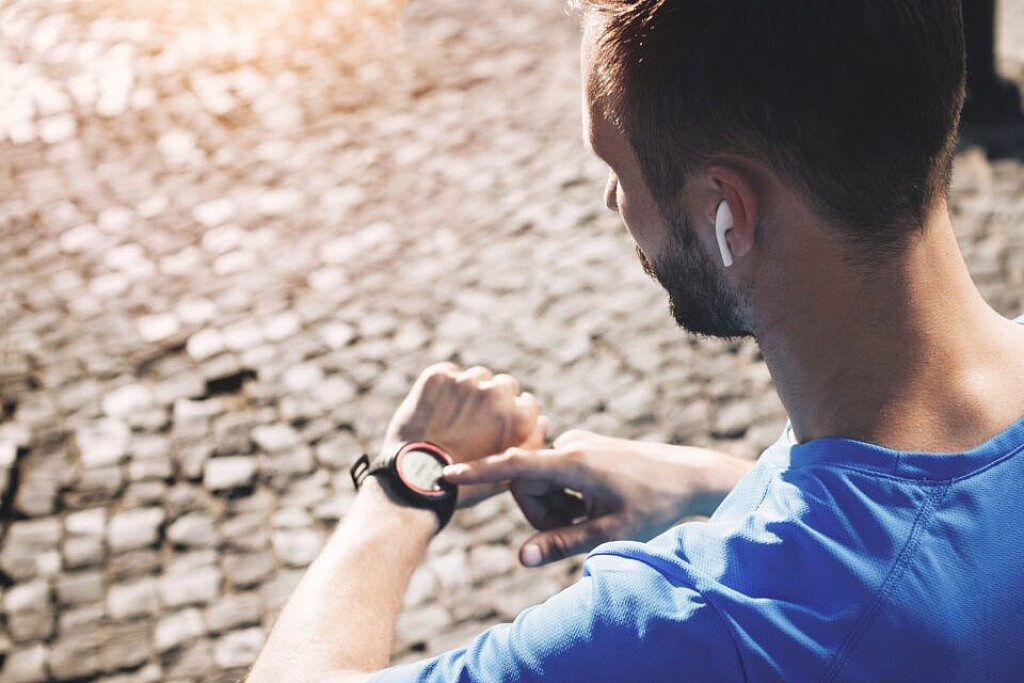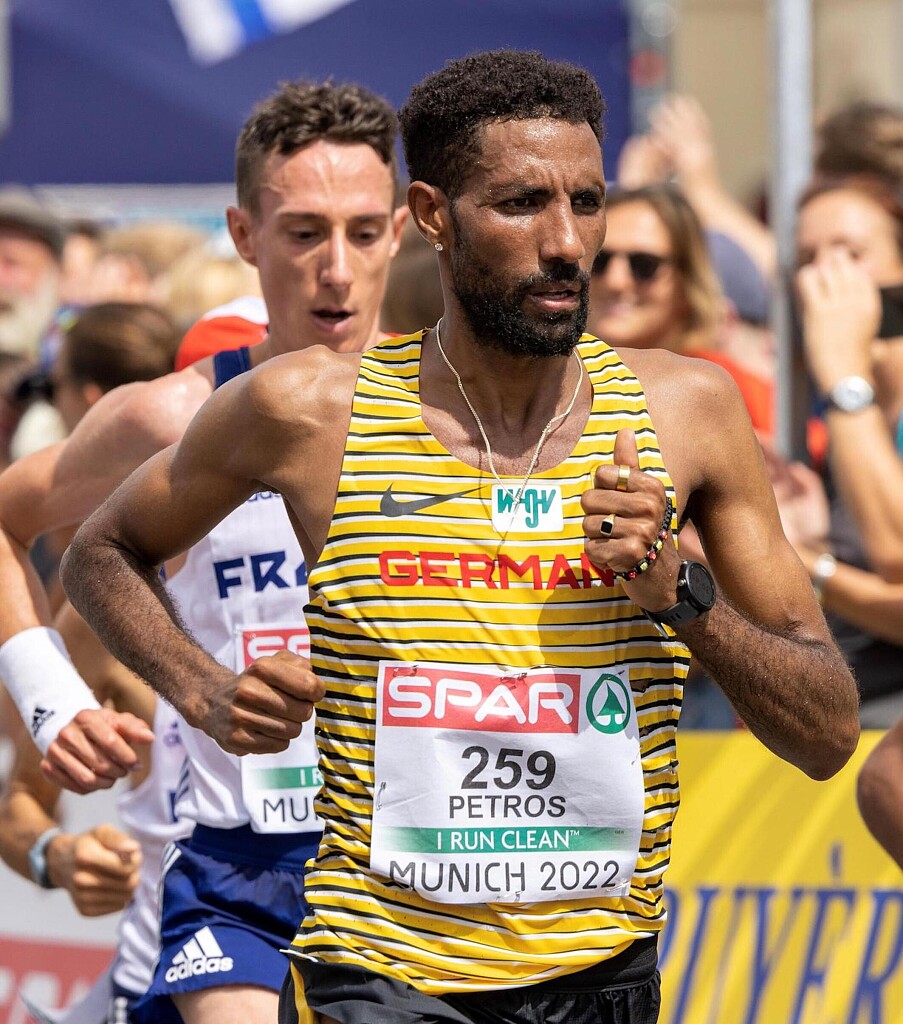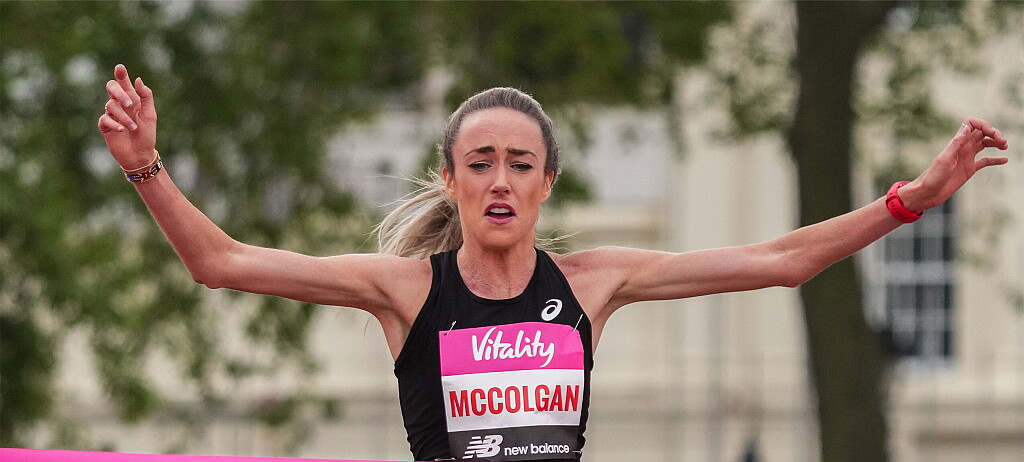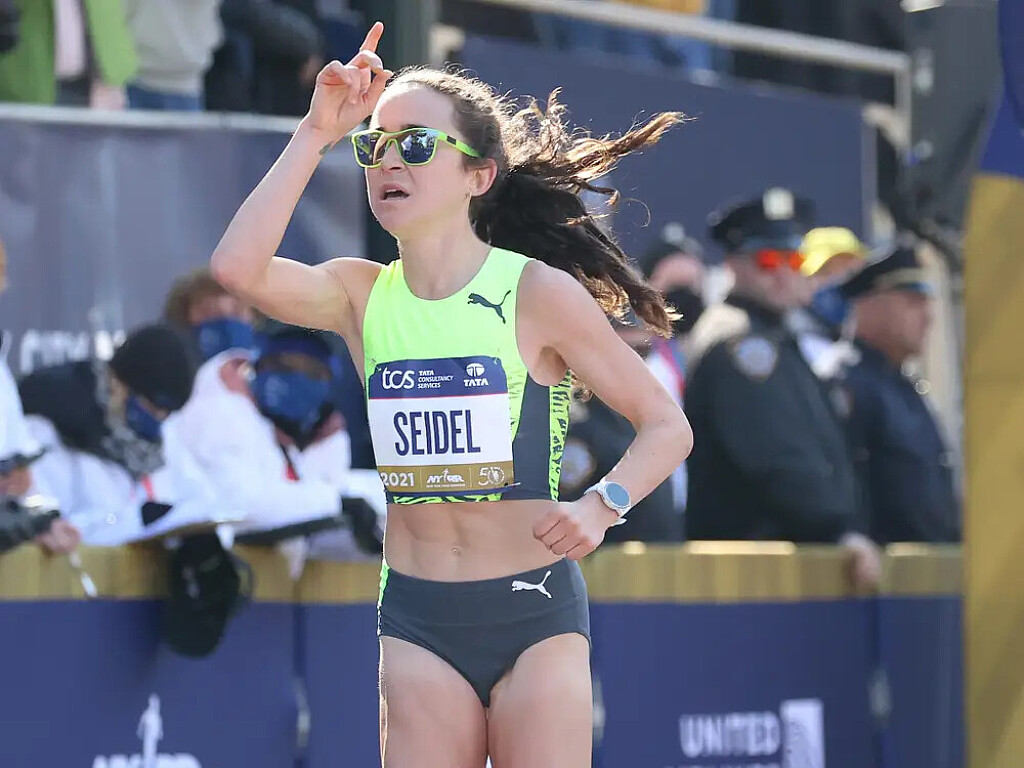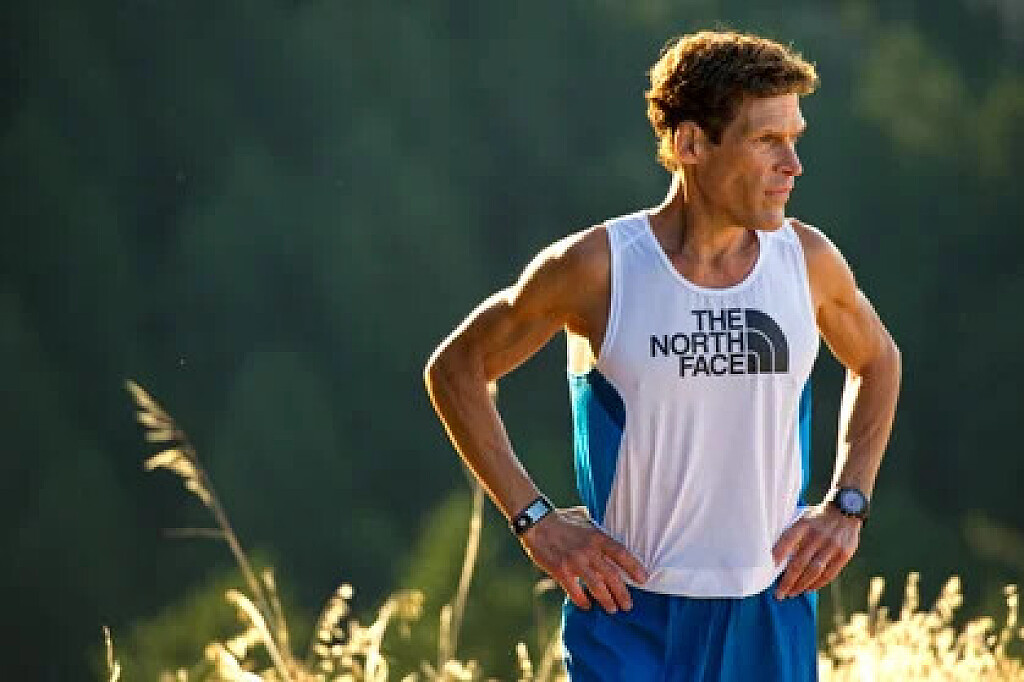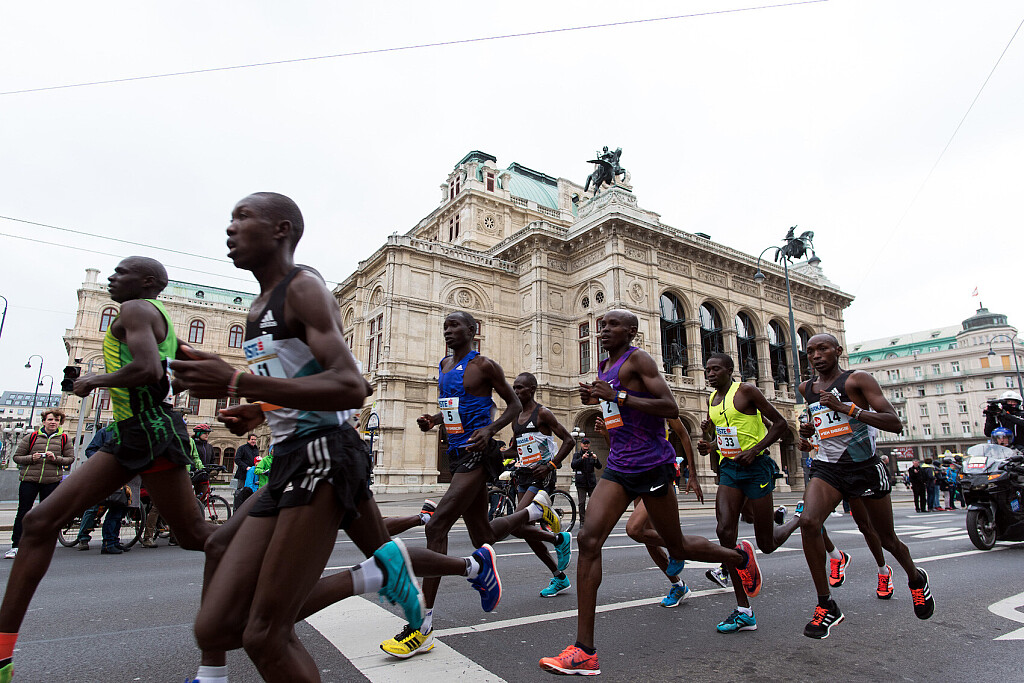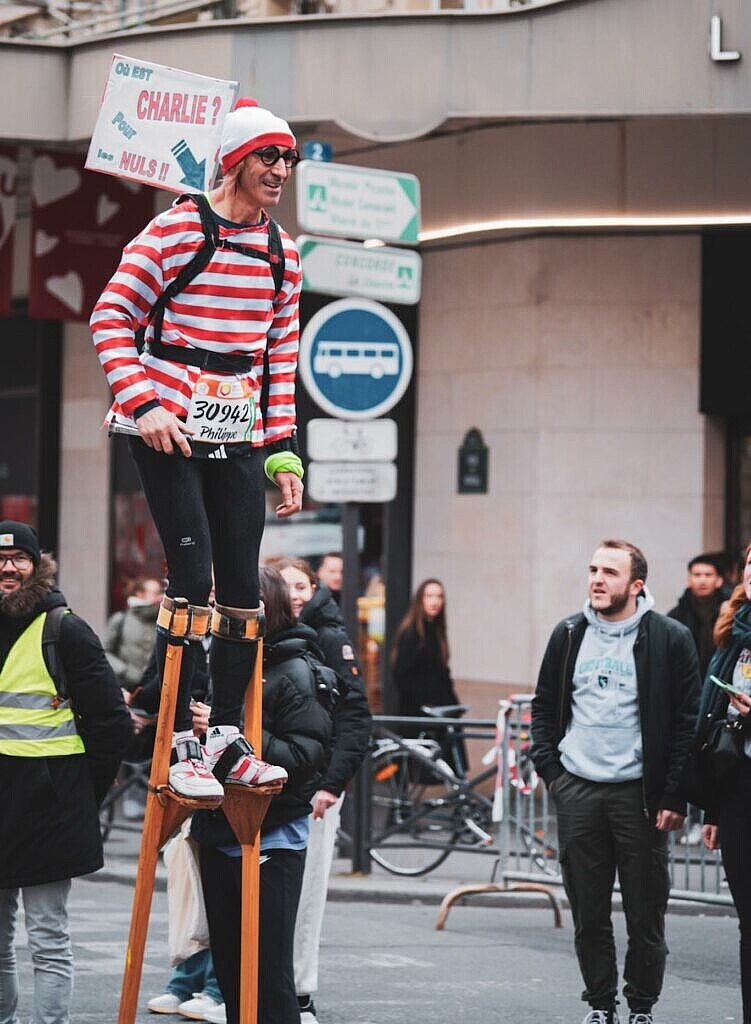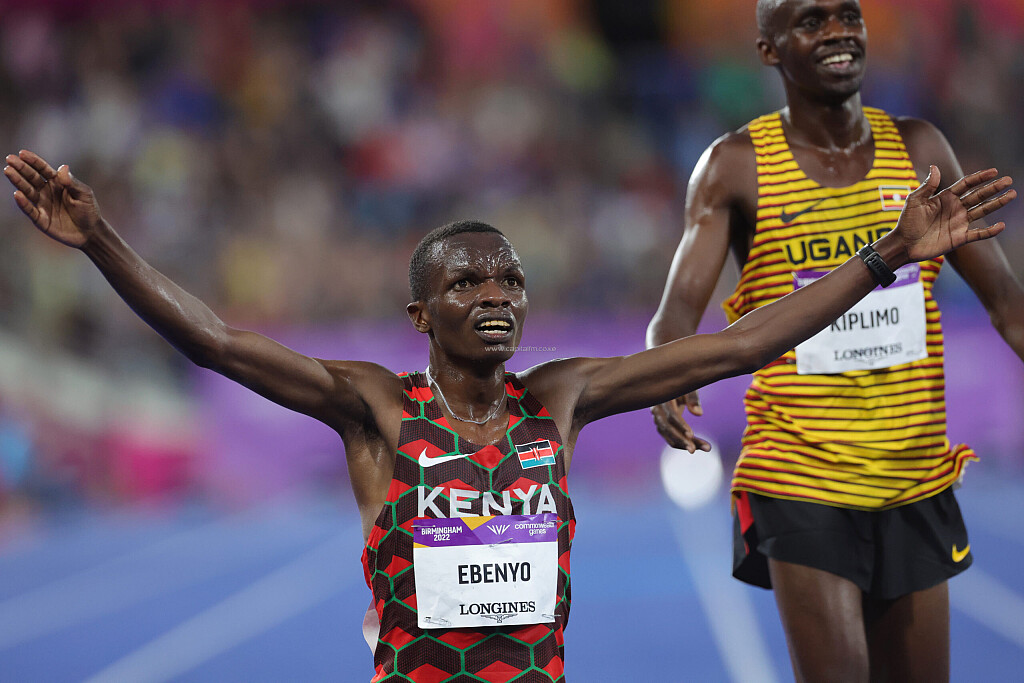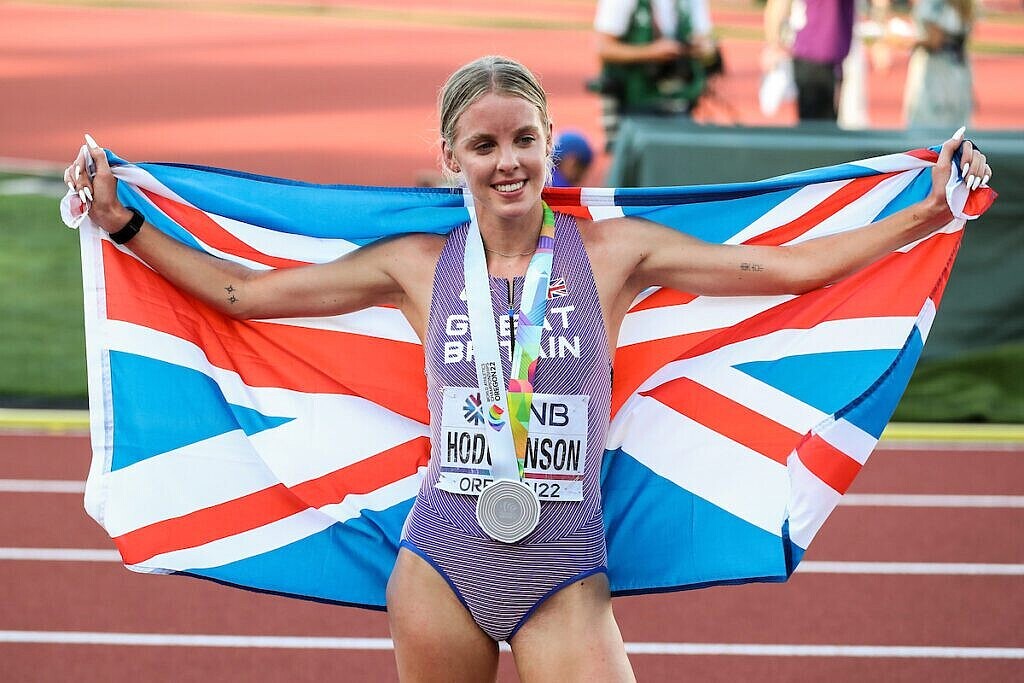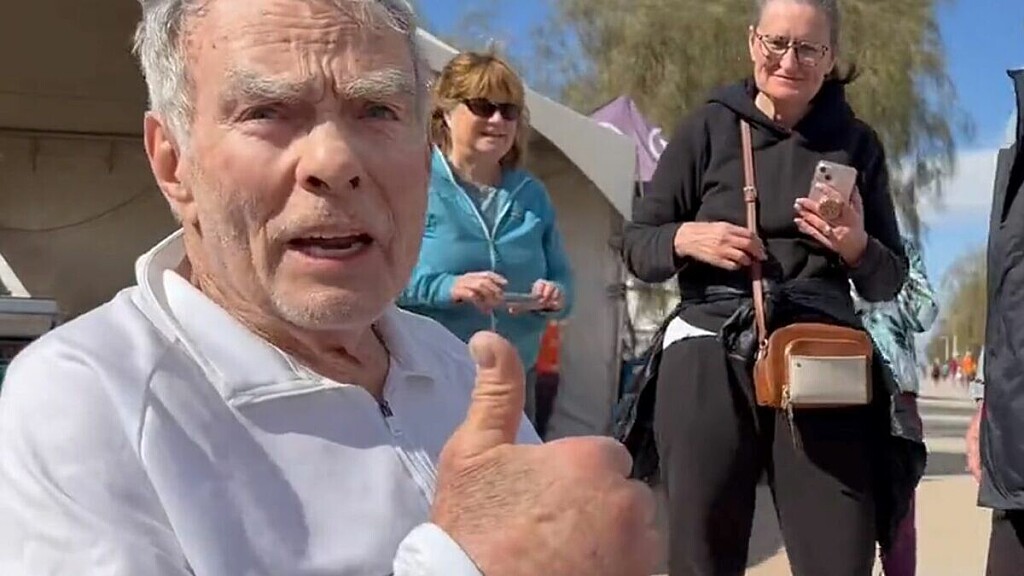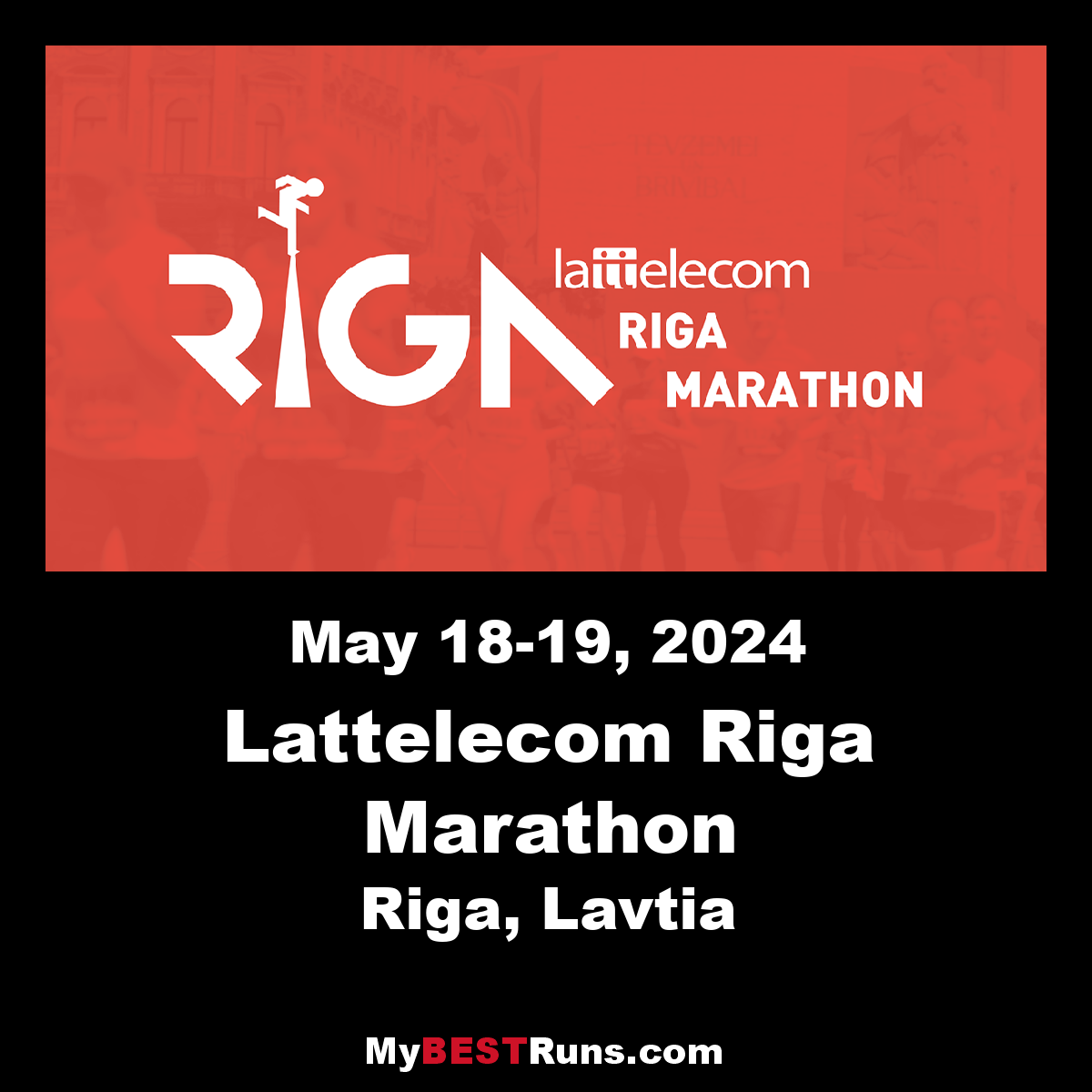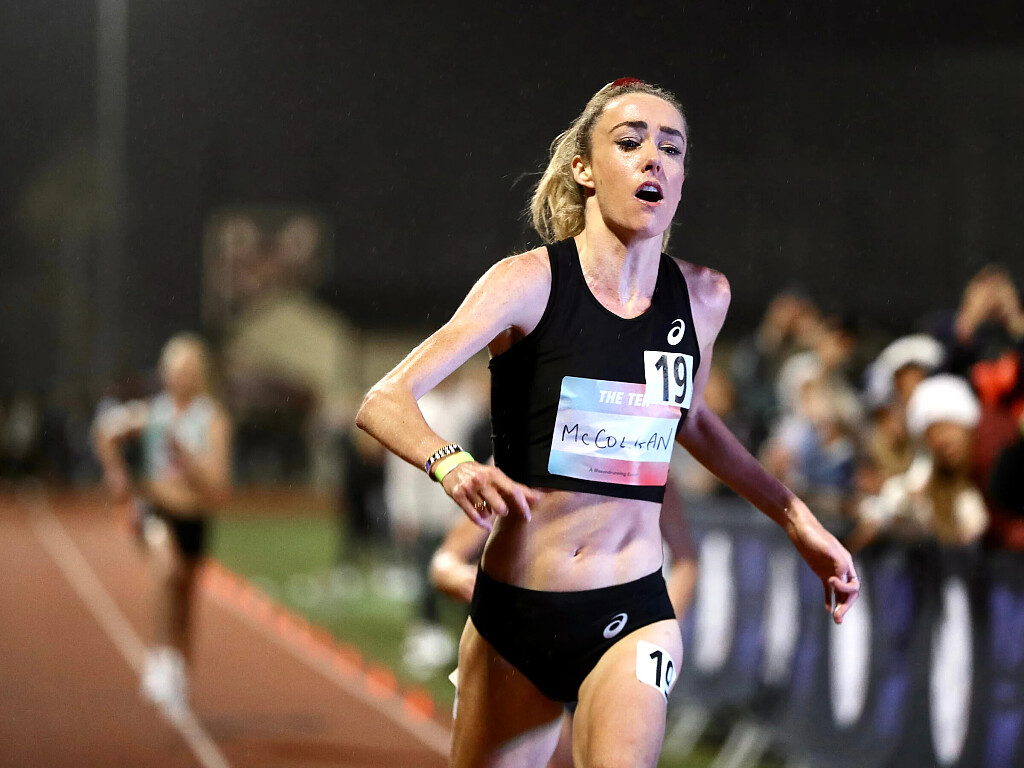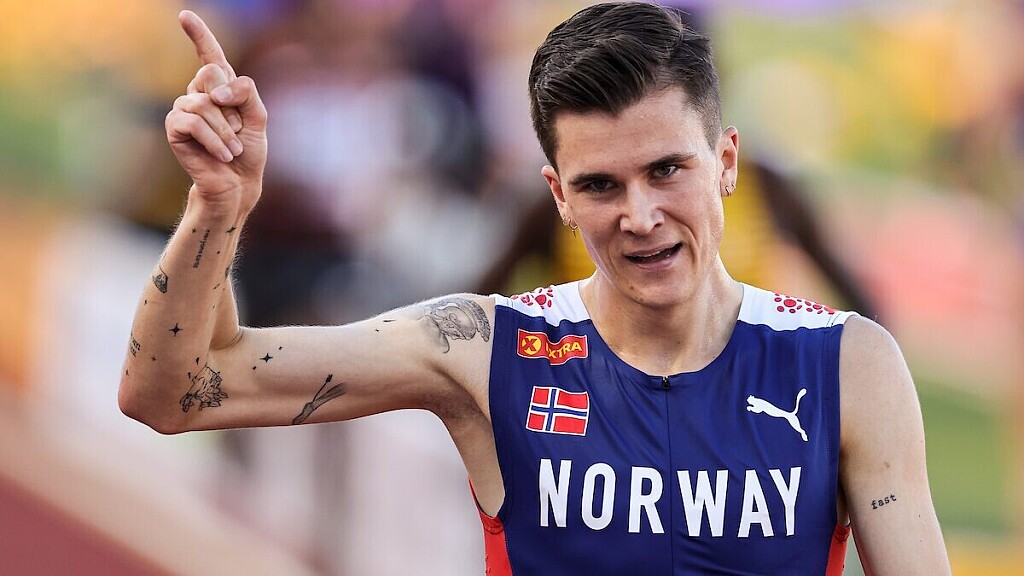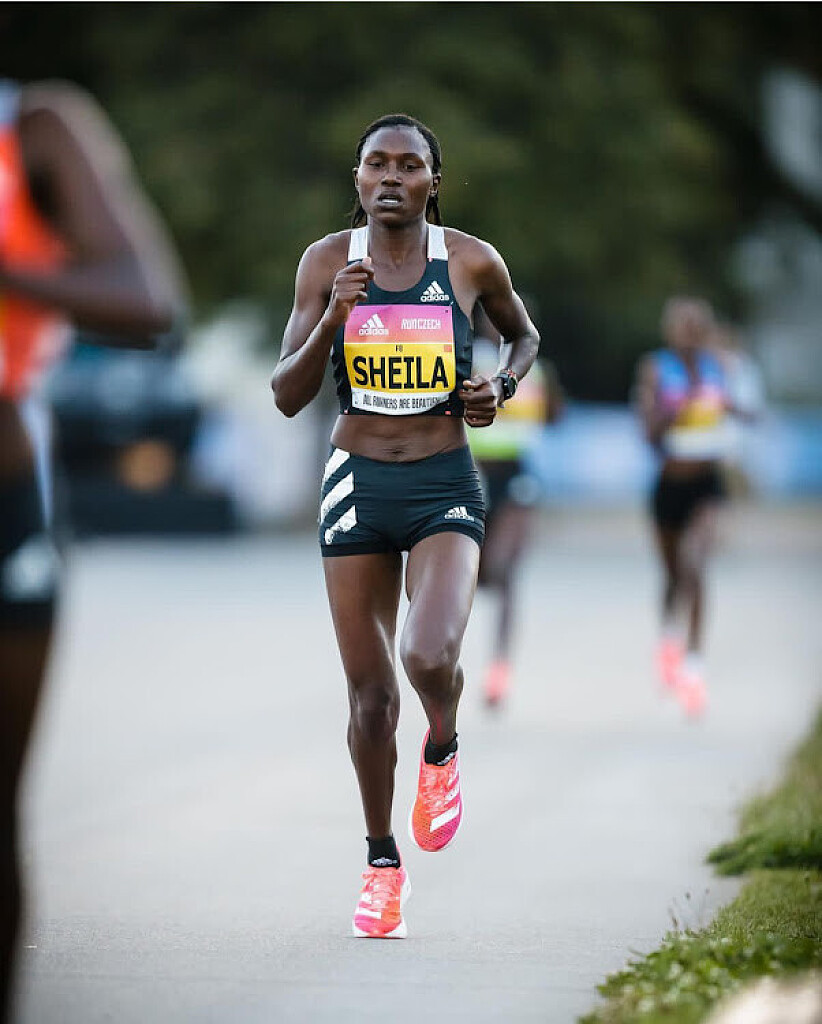Running News Daily
Running News Daily is edited by Bob Anderson. Send your news items to bob@mybestruns.com Advertising opportunities available. Train the Kenyan Way at KATA Kenya and Portugal owned and operated by Bob Anderson. Be sure to catch our movie A Long Run the movie KATA Running Camps and KATA Potato Farms - 31 now open in Kenya! https://kata.ke/
Index to Daily Posts · Sign Up For Updates · Run The World Feed
Ethiopians poised to dominate Rome Marathon
The Acea Run Rome The Marathon has proved a happy hunting ground in recent years for athletes from the east African nation
Winners of the Rome Marathon in the past include Emile Puttemans of Belgium, Bernie Ford from Britain and Stefano Baldini of Italy. But Ethiopia has dominated in recent years and the east African nation will be tough to beat again in the 2023 event on Sunday (March 19).
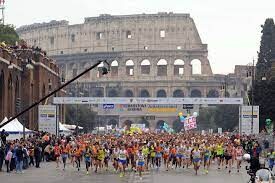
Six of the last nine men’s winners and seven of the last eight women’s champions in Rome have come from Ethiopia and runners from that country lead the entries this weekend too.
Fikre Bekele will attempt to defend his men’s title whereas fellow Ethiopian Zinash Debebe Getachew leads the women’s line-up.
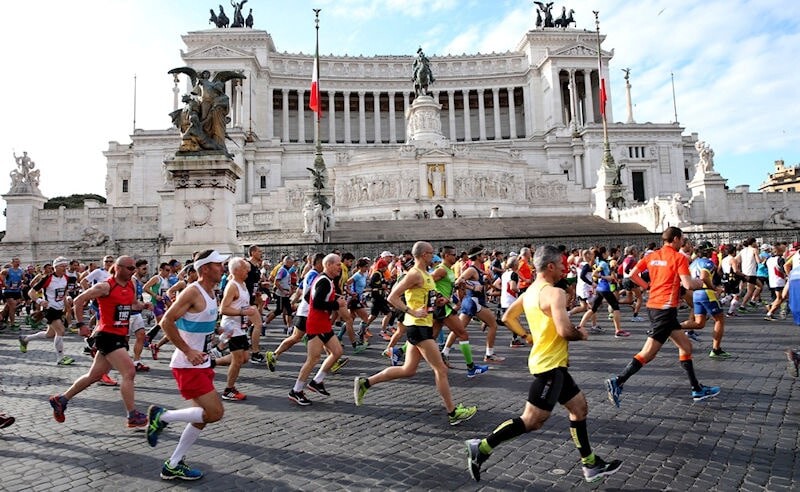
Bekele ran a course record of 2:06:48 last year in the Italian capital but has since improved his best to 2:06:16 when he won the Linz Marathon in October.
Also expected to be at the front of the 15,000-strong field are Berhanu Heye and Alemu Gemechu of Ethiopia along with Nicodemus Kimutai of Kenya. Look out too for reigning Dublin Marathon champion Taoufik Allam of Morocco.
Women’s favorite Getachew has a best of 2:27:15 but will be challenged by Brenda Kiprono of Kenya, plus Mulugojam Ambi and Amid Fozya Jemal of Ethiopia.
The women’s course record is held by Alemu Megertu with 2:22:52.
Italian interest, meanwhile, includes Nekagenet Crippa (the older brother of European 10,000m champion Yeman), Stefano La Rosa and Giorgio Calcaterra. The latter, who is now aged 51, is known as the ‘king of Rome’ as he first ran the Rome Marathon 20 years ago and has completed 330 marathons during his life, won the world 100km title three times and has notched up 12 consecutive victories in the famous 100km del Passatore ultra-marathon.
A little further down the field, all eyes will be on Ermias Ayele, a former race director of the Great Ethiopian Run who is aiming to complete the 26.2 miles barefoot in memory of the great Abebe Bikila, who stormed to Olympic glory on the streets of Rome in 1960.
“Abebe Bikila laid the foundation for the success of not only Ethiopian athletes, but Africans in general as he was the first black to win a gold medal in the Olympic Games,” he says. “However, I have always felt that he did not get the recognition he deserved. Moreover, his story always inspired me and that’s why I am planning to emulate him in the same place and the same way, where he made history and pay tribute to all he’s done for athletics and Ethiopia.”
(03/17/2023) ⚡AMPby Jason Henderson
Run Rome The Marathon
When you run our race you will have the feeling of going back to the past for two thousand years. Back in the history of Rome Caput Mundi, its empire and greatness. Run Rome The Marathon is a journey in the eternal city that will make you fall in love with running and the marathon, forever. The rhythm of your...
more...Kenyan runners Kiprotich Noah Kigen and Margaret Njugna winners of Jerusalem Marathon
Over 40,000 people took part in the 12th annual Jerusalem Winner Marathon on Friday, with Kenyan runners Kiprotich Noah Kigen and Margaret Njugna emerging as the winners with a time of 2:18:13 and 2:52:44 respectively.
Second place for the men were Spain's Chakib Achgar Iatrache with 2:25:45 and Israel's Gamber Melakmo with a time of 2:28:30.
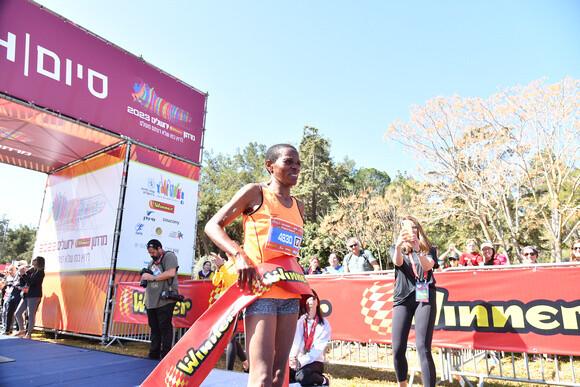
For the women, second place went to Russia's Elena Tolstykh with a time of 2:55:31, followed by Israel's Noa Berkman with 2:59:12.
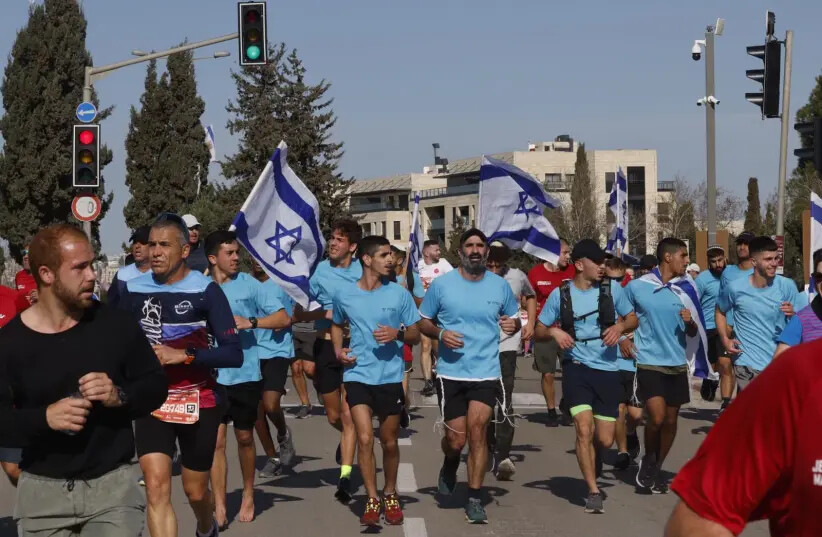
The winners won a prize of $3,750; the second place won $2,500; and the third place won $1,250.
The Jerusalem marathon, sponsored by Toto-Winner, is headed by the Jerusalem Municipality in cooperation with the Jerusalem Development Authority, with the support and assistance of the Culture and Sport Ministry and the Tourism Ministry.
(03/17/2023) ⚡AMPJerusalem Marathon
First held in 2011, the Jerusalem International Winner Marathon has become a major event with 30,000 participants, of which hundreds are elite competitors and runners from abroad. The course was especially selected to recount Jerusalem's 3,000-year historical narrative since the beginning of its existence. The race challenges runners while exposing them to magnificent views, exquisite landscapes and fascinating historical sites...
more...Galen Rupp enters Sunday’s NYC Half, his first race in four months
Galen Rupp enters Sunday’s NYC Half, his first race in four months, coming off what he called “a pretty rough” 2022.
The two-time Olympic medalist competed four times with two DNFs in the Big Apple (NYC Half and New York City Marathon) and, in the road events he did finish, results of seventh and 19th, all surrounded by neck and back pain.
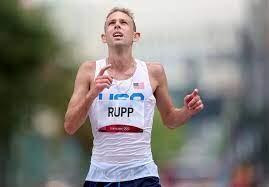
Rupp’s New York City Marathon debut on Nov. 6 was his most recent race. His back began really bothering him after 10 miles. He dropped out around the 22nd mile after it “completely locked up.”
“Obviously, the marathon left a little bit of a sour taste in my mouth,” Rupp said by phone last week. “Even the half last year in New York was a little bit of a disaster. So, definitely wanted to go back, and I thought that a half marathon would be a good distance for where I’m at right now to kind of test myself and see where I’m at.”
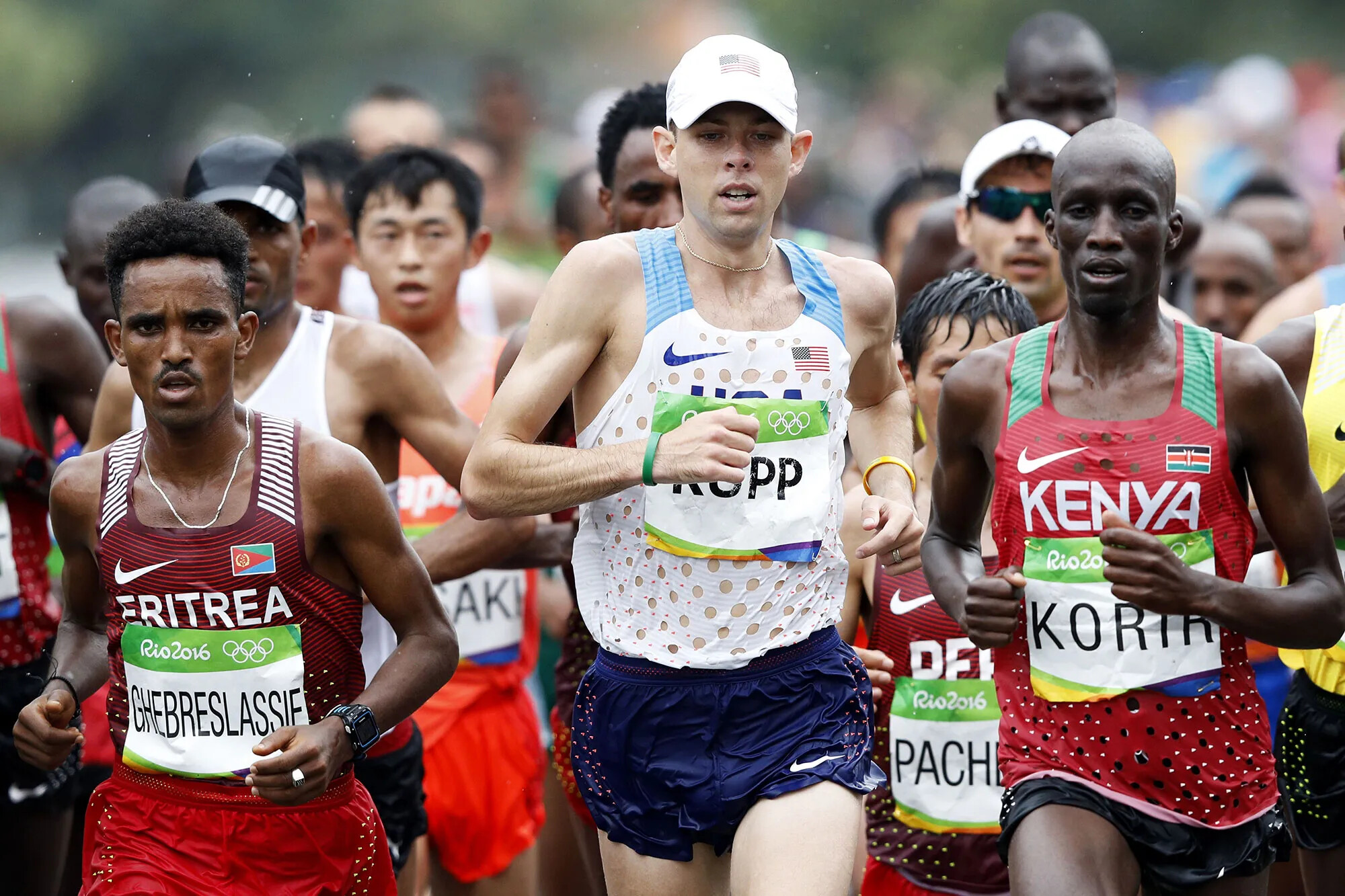
Rupp, a 36-year-old from Oregon, has taken it slow over the last few months. He didn’t run for the first two or three weeks after the five-borough marathon. By late December, he was back to a reduced but “decent volume” of miles, training remotely from Arizona-based coach Mike Smith.
He said he has been pain-free for two months — “a huge blessing” — but his training load hasn’t been close to normal going into Sunday’s 13.1-mile race.
“I’m not expecting to be in top shape,” he said. “But I am hoping to be competitive here in the half coming up and keep building from here.”
Rupp had no plans for a spring marathon as of the interview, but he did not rule out a late entry. Recognizing a need for competition, he’s eyeing more shorter distances this spring and summer.
He said it’s possible he races on the track and in the 10,000m at the USA Track and Field Outdoor Championships in July. In his last track race, Rupp placed sixth in the Tokyo Olympic Trials 10,000m, having already made the team in the marathon.
He does expect to enter a marathon this fall, leading up to next February’s Olympic marathon trials, where the top three are in line to make the team for Paris. He can become the first man or woman to win three Olympic marathon trials since it became a one-event race in 1968.
Despite last year’s struggles, Rupp was still the fifth-fastest American male marathoner in 2022 from his 19th-place finish at the world championships. He ran 2:09:36, stopping four or five times in the last several miles after missing training time due to a herniated disk and pinched nerve in his back.
He is also the fastest American marathoner in this Olympic cycle by 101 seconds, courtesy of his runner-up in Chicago in October 2021 (2:06:35).
“I still feel like I could certainly PR and certainly run a lot faster than I have in a marathon,” said Rupp, the third-fastest American marathoner in history with a best of 2:06:07 from 2018. “I want to prove to myself, more than anything, that I can get back to the level that I was in and even exceed that level.”
Next year, Rupp will try to become the second U.S. male track and field athlete to compete in five Olympics, according to Olympedia.org. He believes he can continue beyond 2024.
“I know a lot of people talk about being older, but this is really the first time I’ve been hurt significantly for an extended period of time,” he said. “I believe, deep down in the core of my being, my heart of hearts, that I still have a lot left to give in the marathon.”
(03/16/2023) ⚡AMPby Nick Zaccardi
United Airlines NYC Half-Marathon
The United Airlines NYC Half takes runners from around the city and the globe on a 13.1-mile tour of NYC. Led by a talent-packed roster of American and international elites, runners will stop traffic in the Big Apple this March! Runners will begin their journey on Prospect Park’s Center Drive before taking the race onto Brooklyn’s streets. For the third...
more...Katelyn Tuohy adds two more NCAA titles to her resume
American collegiate track star Katelyn Tuohy added another couple of accolades to her resume over the weekend as she won the 3,000m and 5,000m at the NCAA Indoor Championships in Albuquerque, N.M. This brings her overall tally of NCAA titles to four, and she is only in her third year at North Carolina State University.
Two more championships
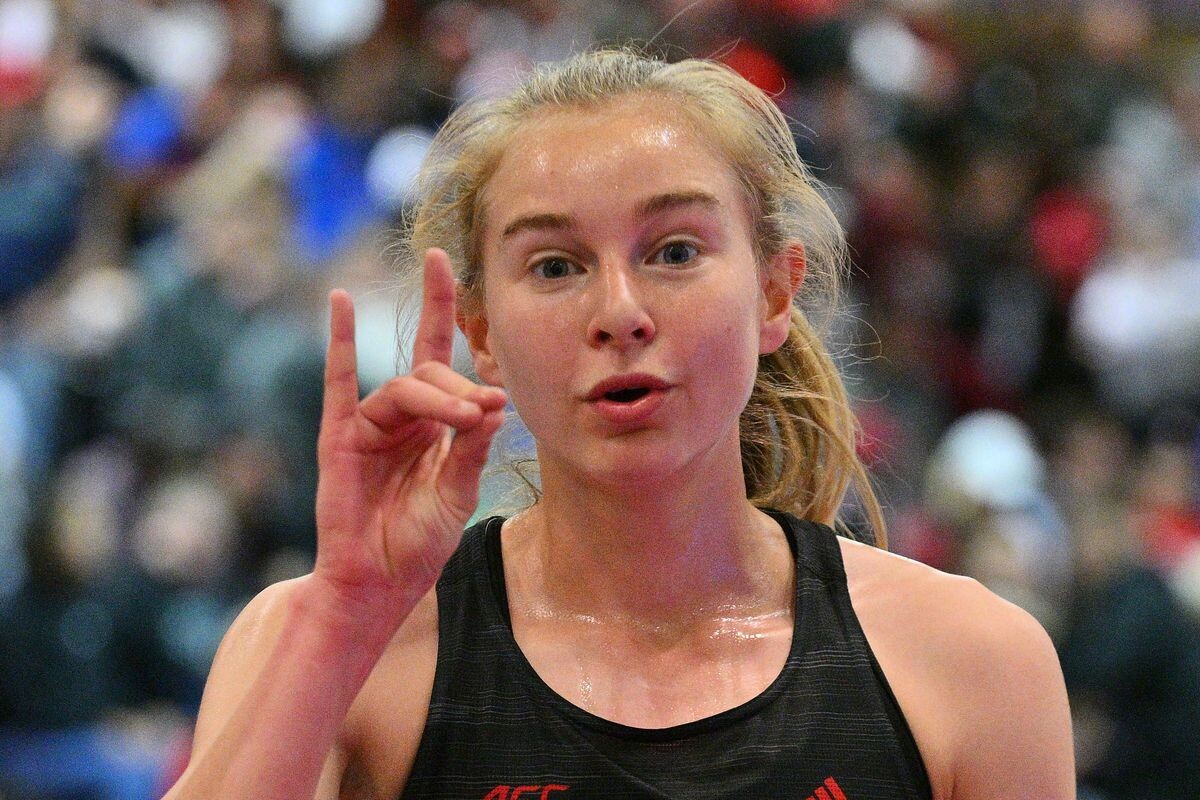
Tuohy’s two previous collegiate crowns both came in 2022, first in the outdoor 5,000m last June and then in November at the NCAA Cross Country Championship. With her wins in New Mexico, she has now won the last four NCAA national championship races that she has entered.
She kicked off her 2023 NCAA Indoor Championships campaign in the 5,000m, which took place on March 10. Tuohy took the win in 16:09.65, beating a pair of athletes from the University of Alabama by two seconds. She didn’t get too much rest ahead of her next run, as the women’s 3,000m was set for the following day. Despite the hard effort she put in the day before in the 5,000m, Tuohy cruised to the win in 9:10.07, three seconds in front of second place.
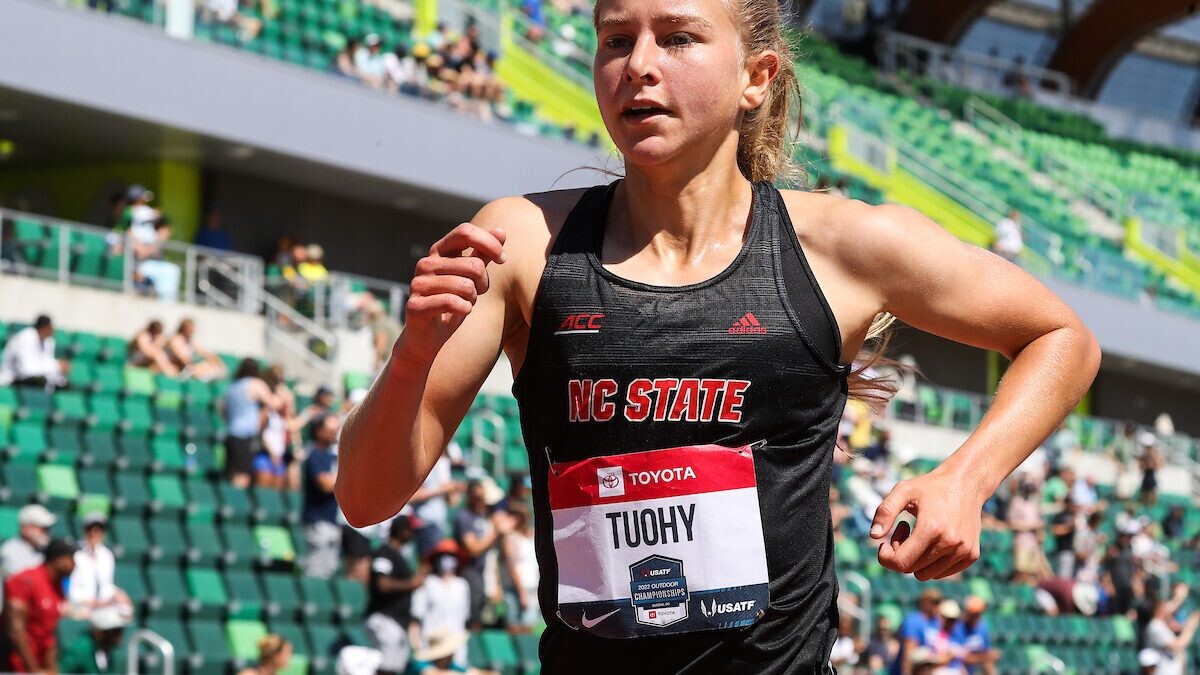
Living up to expectations
Tuohy had a remarkable career as a high school athlete, and after winning three straight cross-country national championships from 2017 to 2019, her NCAA career was highly anticipated. For some athletes, that pressure would be too much; that has not been the case for Tuohy, who has met or exceeded expectations.
In addition to her four NCAA titles, Tuohy has run three collegiate records since joining the NC State track team, with indoor PBs of 4:06.49 in the 1,500m, 4:24.26 in the mile and 8:35.20 over 3,000m. She ran each of them earlier this year, and she still has the outdoor track season to set more records and win more titles.
(03/16/2023) ⚡AMPby Ben Snider-McGrath
Keira D’Amato withdraws from London Marathon After Knee Problem
Keira D’Amato has decided to skip the London Marathon, after inflammation in her left knee in January set her training for the April race back by a few weeks.
D’Amato, 38, said in a phone call with Runner’s World that she tweaked her knee and instead of trying to run through it, she decided to take a couple of days off. Those days turned into a couple of weeks, long enough she would have had to rush her London buildup.

She’s done marathons off of shorter training cycles, including twice last year. She ran the New York City Marathon in November just six weeks after the Berlin Marathon. In New York, she ran 2:31:31—after running 2:21:48 Berlin.
She was also a last-minute replacement for Molly Seidel at the 2022 World Championships in July in Eugene, Oregon. D’Amato finished eighth in 2:23:34, despite being named to U.S. team less than three weeks earlier.
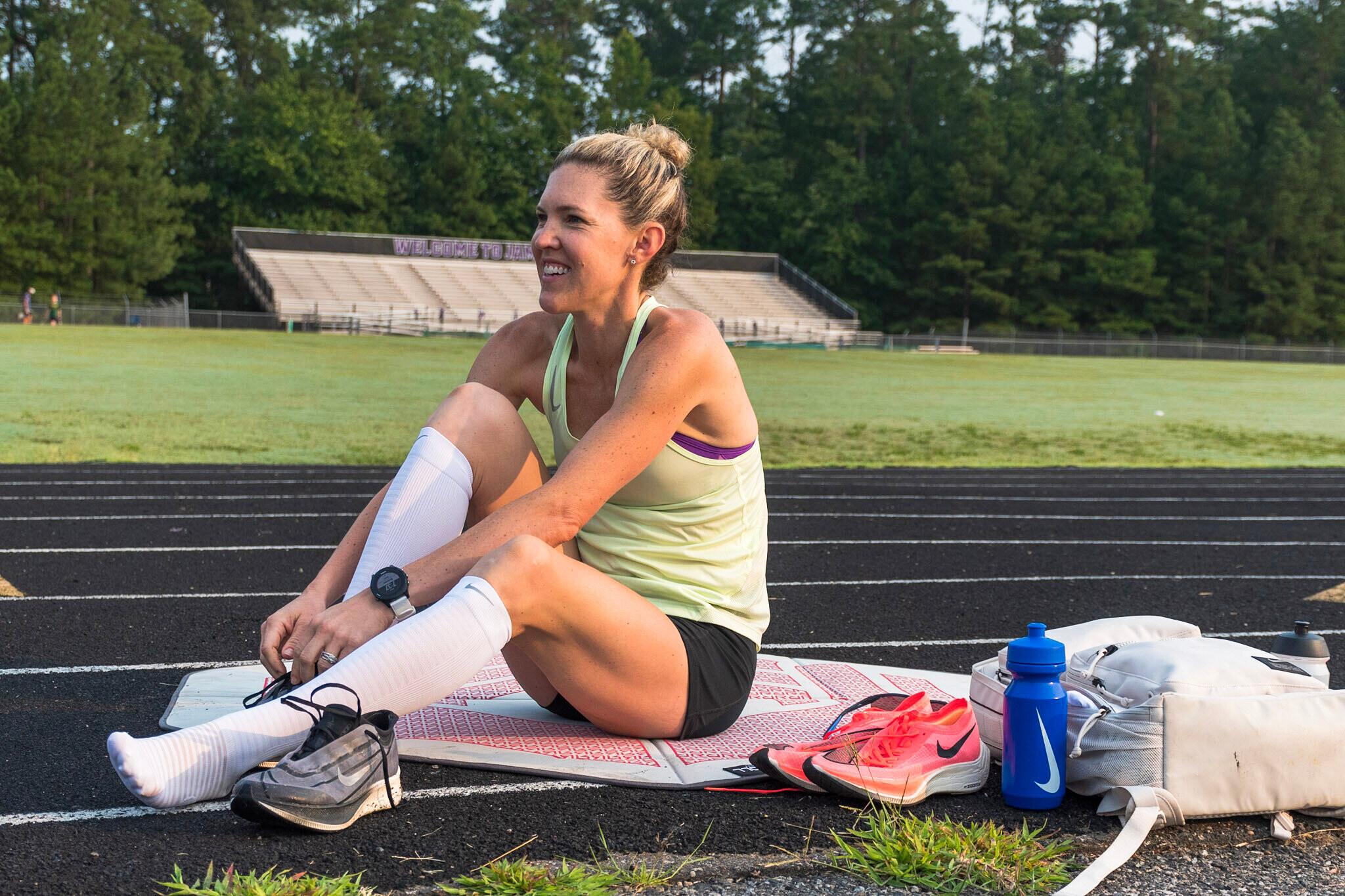
Having done those rushed marathons, D’Amato said, “I want to make sure my next one is totally right.”
She had X-rays and an MRI on her knee—both were negative. She then spent a few days at the Olympic Training Center in Colorado Springs, where she had her form and balance evaluated to make sure nothing structural was contributing to her knee pain. The evaluations turned up nothing.
“I crossed my Ts and dotted my Is,” D’Amato said. “It was a little bit of freak thing.”
She hopes her next marathon will be at the World Championships in August in Hungary. The team will be selected by a descending order time list for marathons run between December 1, 2021, and May 30, 2023. D’Amato has the second-fastest time on the list currently, 2:19:12, from her American record in January 2022 in Houston.
Emily Sisson, who is planning to run London, has the fastest time, 2:18:29. She broke D’Amato’s record in October in Chicago. The idea of a head-to-head matchup between the country’s two fastest marathoners in London had fans excited.
D’Amato, however, is looking forward. She is beginning her build now for August, and she hopes if it goes well, she’ll be racing at shorter distances on the roads through the spring and summer. She feels she has more great marathon performances in her.
(03/16/2023) ⚡AMPby Sarah Lorge Butler
TCS London Marathon
The London Marathon was first run on March 29, 1981 and has been held in the spring of every year since 2010. It is sponsored by Virgin Money and was founded by the former Olympic champion and journalist Chris Brasher and Welsh athlete John Disley. It is organized by Hugh Brasher (son of Chris) as Race Director and Nick Bitel...
more...Ruth Chepngetich earns second straight $250K payday at Nagoya Marathon
Kenya’s Ruth Chepngetich won the Nagoya Women’s Marathon in Japan on Sunday, defending the title she first claimed in 2022. The Nagoya Women’s Marathon is currently the highest-paying marathon in the world, and with her win, Chepngetich took home US$250,000 (C$344,000) for the second year in a row.
For a sport in which athlete paydays are routinely dwarfed by those in major markets like the NBA, MLB and more top leagues, Chepngetich has managed to take home a pair of massive cheques at the same race in back to back years.
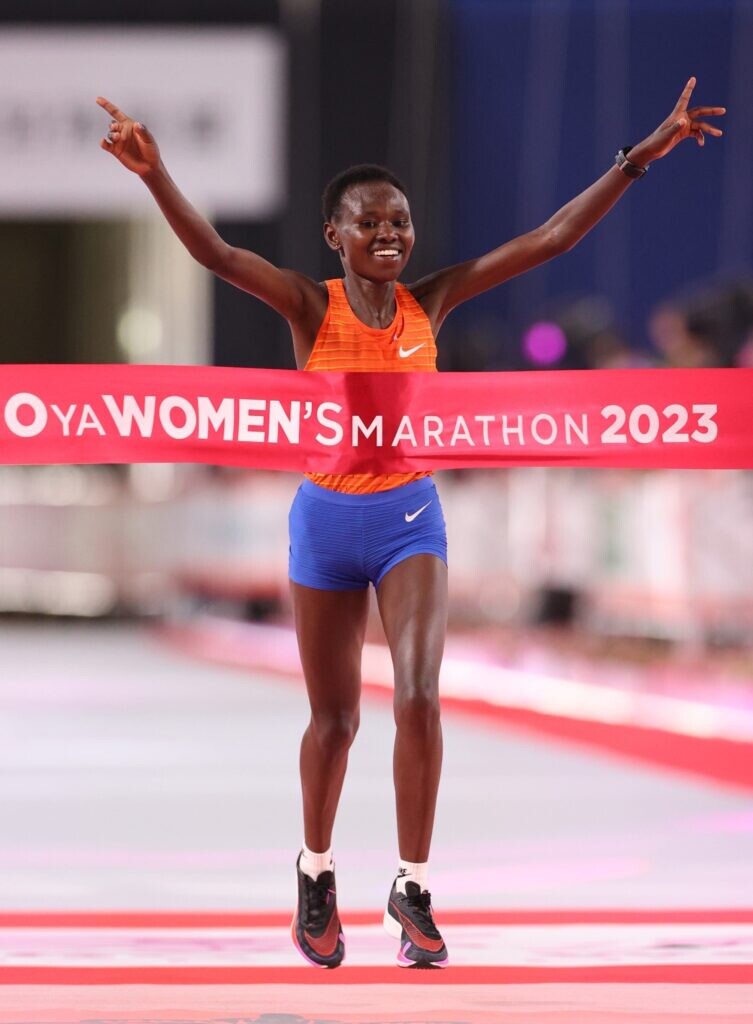
Chepngetich has had an amazing professional career already, and at just 28, she likely has many years left to add to her resume. She has run to many noteworthy results in her time as a pro, including two Chicago Marathon titles (in 2021 and 2022), a third-place finish at the 2020 London Marathon and the 2019 marathon world championship crown.
With her long list of impressive runs, she has secured multiple big paydays, including the two US$250,000 cheques in Nagoya over the past year and a pair of US$100,000 wins, thanks to her two Chicago Marathon titles. In the last year alone, Chepngetich has won US$600,000, solely from her Nagoya and Chicago Marathon wins.
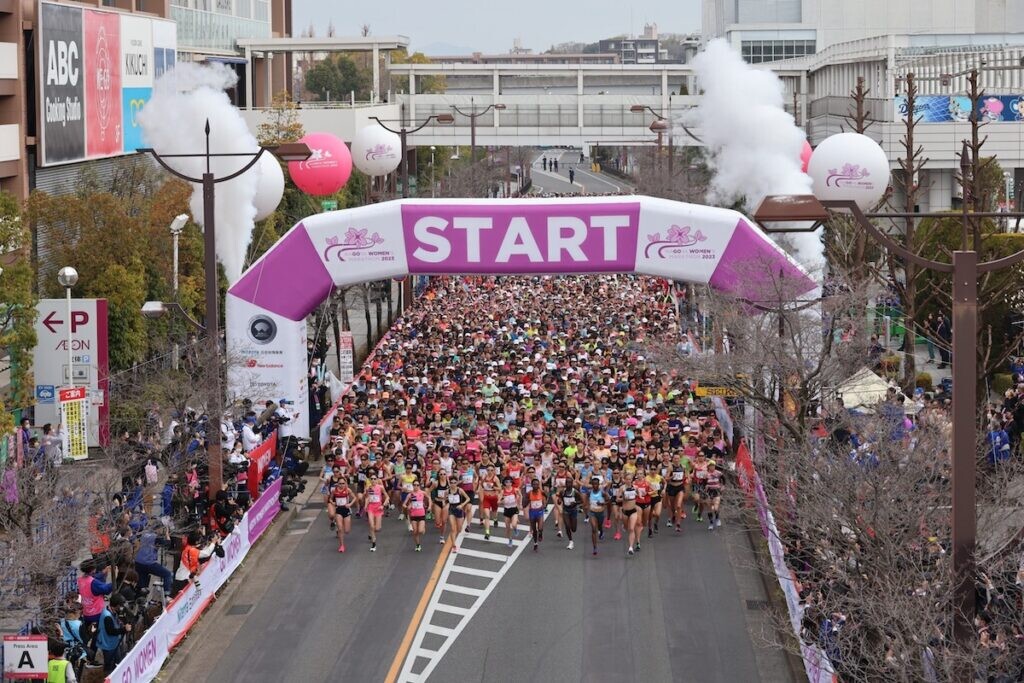
For context, the winner of the TCS Toronto Waterfront Marathon (one of Canada’s biggest and most highly contested road races) takes home C$25,000. That’s a nice amount, of course, but it is, amazingly, less than a tenth (accounting for the difference between USD and CAD) of Chepngetich’s total from Nagoya.
This is not to say Chepngetich did not earn such a massive paycheque. In fact, it’s the complete opposite. Runners have spent decades watching athletes in other sports earn millions upon millions of dollars, and while the Nagoya Women’s Marathon prize purse is still incredibly tiny when compared to an NBA player’s salary, it’s extremely exciting to see a runner winning so much money from a single race.
(03/16/2023) ⚡AMPby Running Magazine
Nagoya Women's Marathon
The Nagoya Women's Marathon named Nagoya International Women's Marathon until the 2010 race, is an annual marathon race for female runners over the classic distance of 42 km and 195 metres, held in Nagoya, Japan in early March every year. It holds IAAF Gold Label road race status. It began in 1980 as an annual 20-kilometre road race held in...
more...Lewa Safari Marathon back at full pace
The number of participants in this year’s 24th edition of Lewa Safari Marathon that is powered by Huawei Technologies Kenya and Safaricom PLC have been increased to 1400.
Lewa Wildlife Conservancy Chief executive officer, Mike Watson, disclosed Tuesday that participation in the event slated for June 24 at the Lewa Wildlife Conservancy, Meru County has reverted to the traditional field of 1,400 from 1,200.
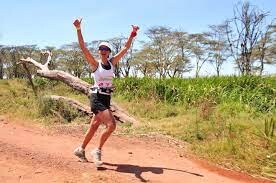
Watson noted that this is after Covid-19 cases and restrictions eased with more people also expressing interest in being part of the noble venture.
Watson announced that registration for the event, whose theme is “Ditch the Desk, run in the Wild” starts at 8.30am Wednesday and will be offered on a first-come-first served basis.
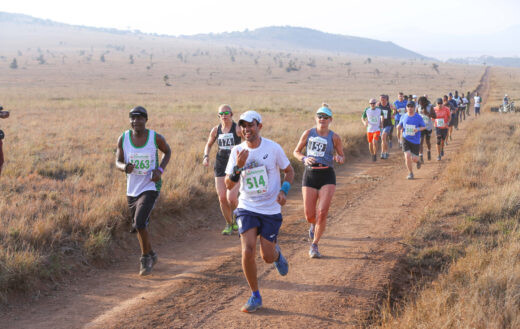
Registration will open at lewasafarimarathon.co.ke.
It being a fundraising event for wildlife conservation in and community service, registration goes for Sh20,000 per participant at 42kilometre (full marathon) and 21km (half marathon), while children’s 5km race will attract a reduced entry charge of Sh3,000 from 3,500 each.
Participants registering as a group of 10 will have a discount of Sh 2,000 each.
“This year’s event will be bigger and better considering that it will be held in person and not last year when it was staged in person and virtually,” said Watson.
”The pandemic has eased and people are keen to get out and back to nature.”
Watson was speaking during the media and sponsorship launch at Sarova Stanley where Safaricom PLC gave out a cheque of Sh10 million with Huawei Technologies Kenya handing a cheque of US$ 100,000 (Sh13 million).
Watson said an estimated US$ 240,000 (Sh 31.2 million) was raised from last year’s venture after the 2020 and 2021 editions were held virtually due to the outbreak of Covid-19.
An estimated US$ 200,000 (Sh22.6m) was raised from each of the two events in 2020 and 2021.
It was a significant drop considering that over US$ 360,000 (Sh36m) was realised from the 2019 event.
With an improvement being marked last year, Watson projected that this year’s initiative is likely to hit the US$500,000 (Sh65m) mark.
While all proceeds go directly to conservation efforts at Lewa Conservancy and Community empowerment projects, Watson said the marathon that has Olympic marathon champion Eliud Kipchoge as its ambassador, is regarded as a world class sporting event.
Safaricom PLC chief human resource officer, Paul Kasimu, said since inception in 2000, over US$ 9m has been raised for wildlife conservation and community projects around Lewa Conservancy.
"This no mean feat gives us confidence...it's not about money, but what the noble course stands for," said Kasimu, who echoed the late Nobel Prize winner Wangari Maathai's sentiments that nature is very unforgiving.
Huawei Technologies Kenya deputy chief executive officer, Sheng Kaifu said that environmental sustainability is a key pillar of Huawei’s sustainability strategy.
(03/15/2023) ⚡AMPby Ayumba Ayodi
Safaricom Lewa Marathon
The first and most distinctive is that it is run on a wildlife conservancy, which is also a UNESCO world heritage site. The Lewa Wildlife Conservancy is home to a number of endangered and threatened species- and also a catalyst for community development for its neighboring communities. For the past 17 years, funds raised from the marathon have gone...
more...World Athletics to continue Ukraine Fund to support participation at World Championships
World Athletics is set to repeat its Ukraine Fund for another year to help the country's athletes prepare for the upcoming World Championships in Budapest.
The Fund was launched last year following the Russian invasion and resulted in more than $220,000 (£185,000/€205,000) being donated to more than 100 elite athletes.
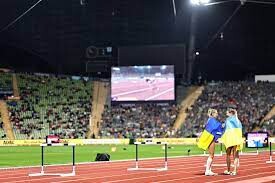
"We pledge to repeat the World Athletics Ukraine Solidarity Fund to support Ukrainian athlete attendance at the World Athletics Championships Budapest 23 and other World Athletics Series events," read a World Athletics statement.
The announcement coincides with International Women's Day, which is being celebrated today, and comes as part of the governing body's drive to further its #WeGrowAthletics campaign.
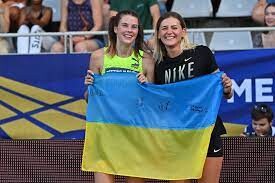
Female athletes, including Olympic bronze medal-winning hurdler Anna Ryzhykova, made up 70 per cent of the Fund's beneficiaries.
The World Championships are scheduled to take place from August 19 to 27 later this year.
The Fund was created with contributions from the International Athletics Foundation and Diamond League members.
Ukraine has competed at every edition of the World Athletics Championships since 1993 and sits 18th on the overall medals table.
The country has amassed 11 gold, 14 silver, and 16 bronze medals.
If it was not for the scheme, Ryzhykova fears her career may have finished.
"You forget about your career, about your dreams and you think about how to survive and how to help your family and friends to survive, and the World Athletics Solidarity Fund really saved our athletes’ careers, and gave us a chance to fight for our country in our own way," she said to reporters from Fort Worth where she is currently living and training, as reported by Reuters.
"They're killing my friends, my friends' relatives, many of my friends go to war, also a number of athletes were killed by Russians.
"I can't even imagine how to be near the person who supports the war or keeps silent."
Global Athlete states that 343 facilities have been destroyed since the invasion while approximately 40,000 athletes are training abroad.
(03/15/2023) ⚡AMPby Owen Lloyd
World Athletics Championships Budapest 23
From August 19-27, 2023, Budapest will host the world's third largest sporting event, the World Athletics Championships. It is the largest sporting event in the history of Hungary, attended by athletes from more than 200 countries, whose news will reach more than one billion people. Athletics is the foundation of all sports. It represents strength, speed, dexterity and endurance, the...
more...Can you train for a 10K in two weeks?
If you're running out of time for your upcoming spring race, here are some last-minute training tips.
That spring race you forgot you signed up for last fall is fast approaching, and we are here to tell you, don’t panic. Although it’s impossible to pack eight to 12 weeks of training into two, there are several things you can still do to help prepare.
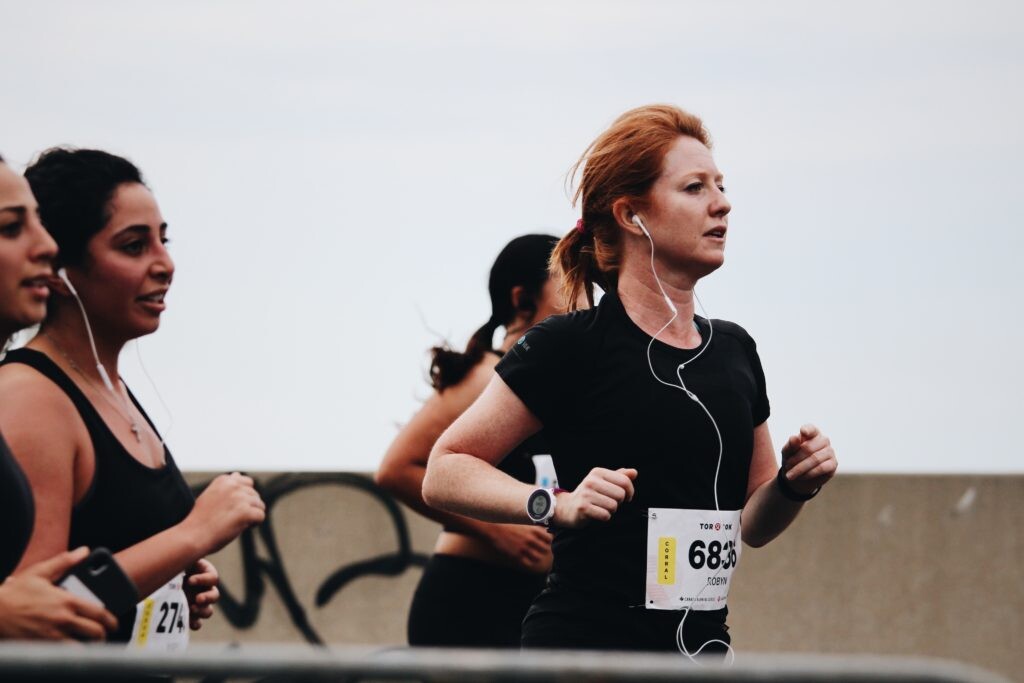
You won’t make any significant physiological gains in two weeks, but it’s better to do something rather than nothing. It is still a good idea to run a few workouts at your goal race pace to develop an idea of what type of shape you’re in, so you don’t have to find out the hard way… on the course.
If you want to make the most of your two-week training plan, run three days a week, or every other day. Separate the two interval workouts with a long, slow run of 40 to 60 minutes. Keep the pace strictly conversational. You will also want to make sure you are not doing a workout the day before the race, so it might be smart to take a rest day.

Two other things you can do to improve performance, outside of your run training, are getting lots of sleep and fuelling your body with the proper nutrients. Working on both will help your muscles feel rested and ready heading into each workout, and most importantly, the race.
(03/15/2023) ⚡AMPby Running Magazine
Peter Mwaniki Njeru wins the 19th monthly KATA time trial clocking 29:36 for the 10000m in Thika Kenya today
Peter Mwaniki Njeru improved his February time by more than six seconds during Kenyan Athletics Training Academy 19th 10,000 metres time-trial as the monthly event moved to Thika Stadium on Wednesday.
Njeru clocked 29:36.2 improving his February 29:42. He was followed closely by Nyahururu-based Joseph Mwangi who managed 29:59.1 while home-boy Zakaria Kirika finished 3rd in 30:37.1
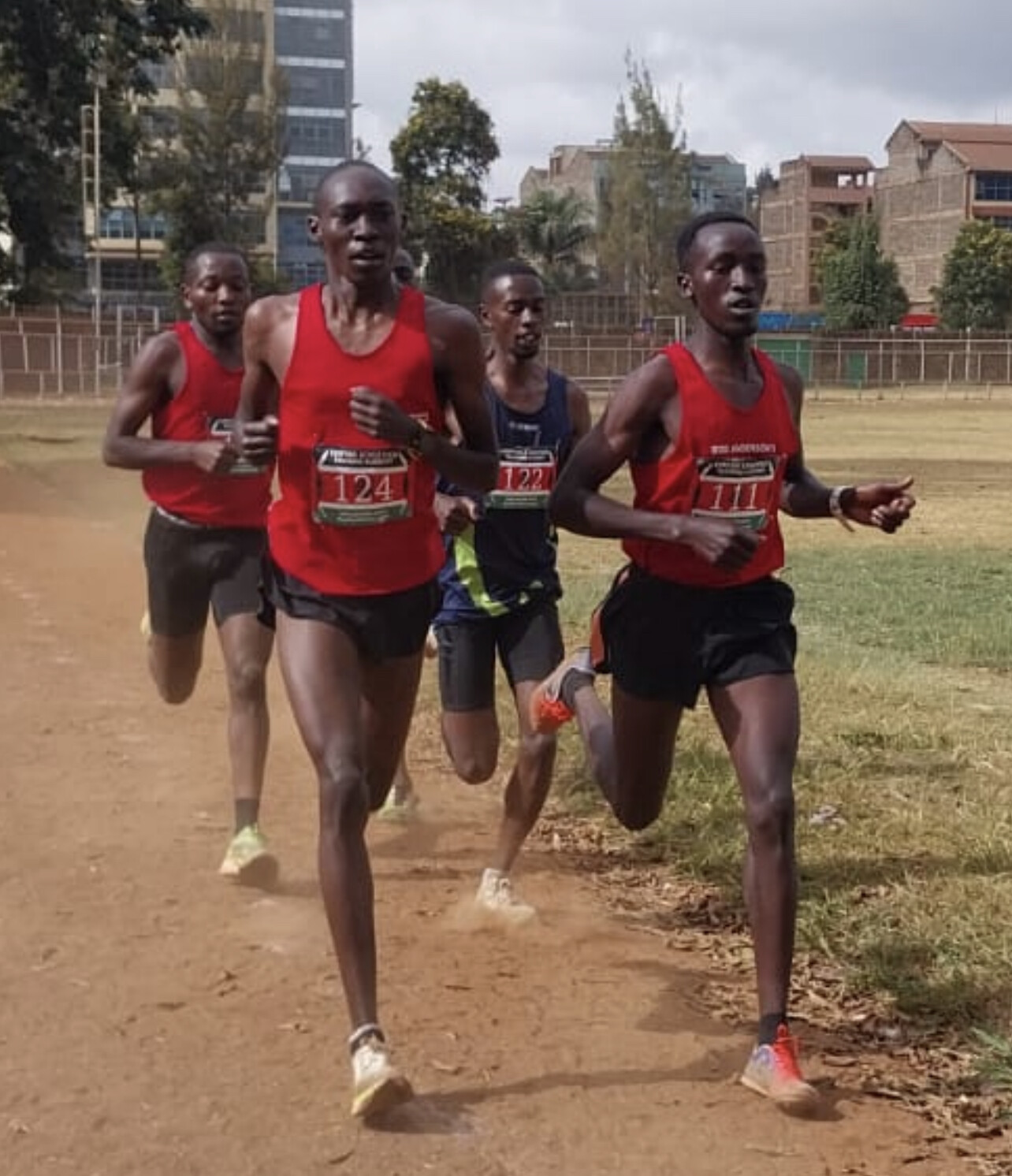
In the 5,000m, Fredrick Kiprotich out ran Boniface Mungai to finished in 15:09.2 while the latter timed 15:15.6 with upcoming Levis Kuria came third in 15:32.8.
The next time-trial will take place on the Road and is slated for April 19 on the Ndaugo-Mang’u Road.
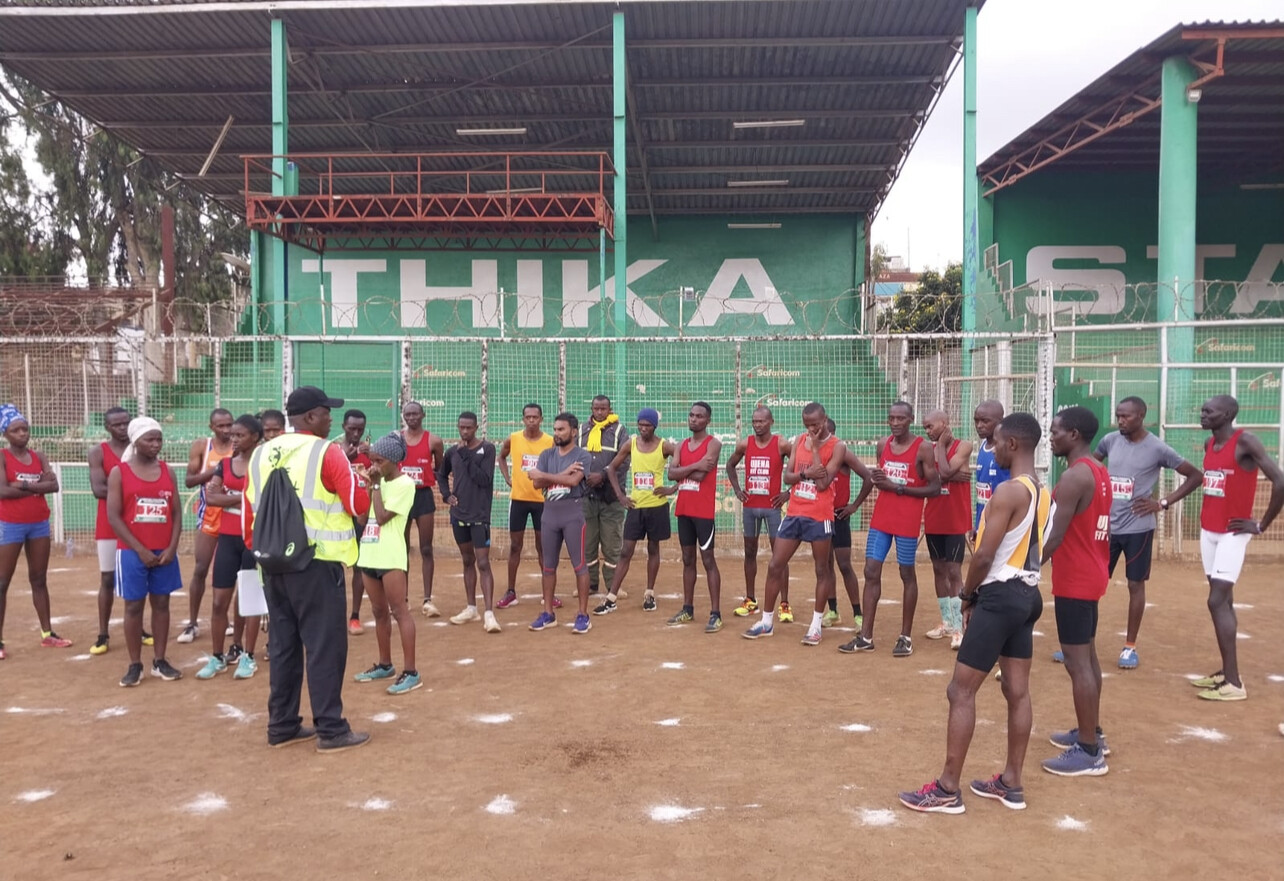
RESULTS
10,000 Metres (Bib, age, time)
1.Peter Mwaniki 112 24 29:36.2
2. Joseph Mwangi 89 20 29:59.1
3. Zakariah Kirika 103 22 30:37.1
4. Peter Mburu 121 27 30:46.7
5. Raphael Gacheru 105 24 31:40.3
6. Evans Kiguru 117 27 32:04.1
7. Anthony Mukundi 119 35 32:42.2
8. Christopher Kamande 113 35 37:42.6
5,000metres
1. Fredrick Kiprotich 107 23 15:09.2
2. Boniface Mungai 111 25 15:15.6
3. Levis Kuria 124 21 15:32.8
4. Eston Mugo 122 30 15:48.6
5. Alfred Kamande 123 25 16:17.7
6. Catherine Njihia 106 24 17:10.2
7. Paul Ng’ang’a 120 42 17:12.8
8. Peter Mukundi 90 25 17:53.7
9. Caren Chepkemoi 93 19 19:11.6
10. Amos Chirchir 110 23 20:30.0
11. Joseph Wanjiru 109 34 20:22.8
12. Hannah Njeri 84 23 22:27.6
13. Virginia Wanjiru 125 21 24:08.9
14. S. Suryawanshi 127 31 27:58.6
(03/15/2023) ⚡AMPKATA Time Trial Series
Welcome to the KATA Monthly Time Trial Held at the Kenyan Athletics Training Academy in Thika, Kenya, the KATA Monthly Time Trial is a unique and inclusive event designed to support runners of all levels in achieving their goals and showcasing their fitness. This event offers both 10K and 5K distances on an accurate, certified course, providing participants with...
more...Vienna City Marathon's strong women's field set for April 23rd
Women’s field includes 5k world record holder Senbere Teferi
Senbere Teferi, the 5k world record holder, is among a group of African runners who form a strong women’s elite field at the Vienna City Marathon. Austria’s major road running event will be staged for the 40th time and it could well be the women who produce the headlines at the jubilee edition on 23rd April.
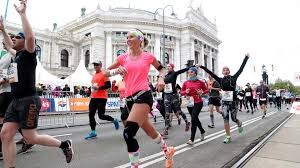
The current course record of 2:20:59 will be a target if weather conditions are suitable on the day. Organisers of the Vienna City Marathon, which is the only World Athletics Elite Label Road Race in Austria, expect to register around 35,000 entries for their event. This includes races at shorter distances staged parallel to the marathon. Registration for all races is still possible at: www.vienna-marathon.com
Senbere Teferi brings plenty of promising speed to the marathon. The 27 year-old Ethiopian clocked 14:29 in a 5k race in Herzogenaurach (Germany) in 2021. This time still stands as a world record in a women only race. So far Senbere Teferi could not transform her exciting speed to the marathon.
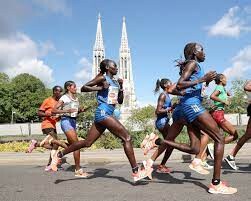
However she is eager to change this in Vienna this spring. “It is my aim to smash my personal best and win the race,“ said Senbere Teferi, who will run her third marathon in the Austrian capital. Back in 2018 she ran her debut in Dubai in 2:24:11 and then she clocked 2:25:22 in Tokyo in 2020. However her half marathon PB of 65:32 indicates that Senbere Teferi, who won silver medals at the World Cross Country Championships and in the 5,000 m final of the World Championships in 2015, should be capable of running significantly quicker.
Running a faster time is one thing, winning is another. The Vienna City Marathon will provide quite a challenge for Senbere Teferi. There are four Kenyans in the women’s field who have run faster in the marathon than the Ethiopian. Visiline Jepkesho, Magdalyne Masai, Rebecca Tanui and Agnes Keino intend to add to Kenya’s Vienna win streak. In the past five editions of the VCM the women’s winner was always a Kenyan. A year ago Vibian Chepkirui broke the course record with a time of 2:20:59.
Visiline Jepkesho is the fastest on the current women’s start list with a personal best of 2:21:37. The 33 year-old has plenty of experience in the marathon and will start a comeback in Vienna after giving birth to her two sons. She ran her PB when finishing fourth in Paris in 2017. Visiline Jepkesho has run four sub 2:23 marathons and took major victories in Rotterdam (2018) and Paris (2016).
Magdalyne Masai is another athlete who recently came back from maternity leave and who has been successful before the break. In 2019 she took the Toronto Marathon with a personal best of 2:22:16. Little over a week ago the 29 year-old showed fine form, when she clocked a half marathon PB of 67:07 in the Rome Ostia race finishing third.
Rebecca Tanui and Agnes Keino will travel to Vienna full of confidence, since both of them won their autumn marathon race with personal bests. Tanui triumphed in San Sebastián in 2:23:09 while Keino smashed the course record of the Munich Marathon with 2:23:26, leaving behind the former World Marathon Champion Mare Dibaba of Ethiopia. Keino then also won the Buri Ram Marathon in Thailand in January in 2:28:08, smashing another course record.
(03/15/2023) ⚡AMP
by David Monti
Vienna City Marathon
More than 41,000 runners from over 110 nations take part in the Vienna City Marathon, cheered on by hundreds of thousands of spectators. From the start at UN City to the magnificent finish on the Heldenplatz, the excitement will never miss a beat. In recent years the Vienna City Marathon has succeeded in creating a unique position as a marathon...
more...French runner stops to eat a crepe before winning race
The European 5K record holder, Jimmy Gressier, decided to grab some late-race nutrition at the French Cross Country Championships.
Jimmy Gressier took the win in the senior men’s race at the French Cross Country Championships in Carhaix, France, on Sunday, slowing just before the finish to grab a crepe from a spectator on the sidelines. He then proceeded to break the tape while chowing down on his unexpected snack. Gressier has become pretty well known for this type of late-race antics, and his quirky finish-line celebration on Sunday was one of several that the world has seen throughout his career.
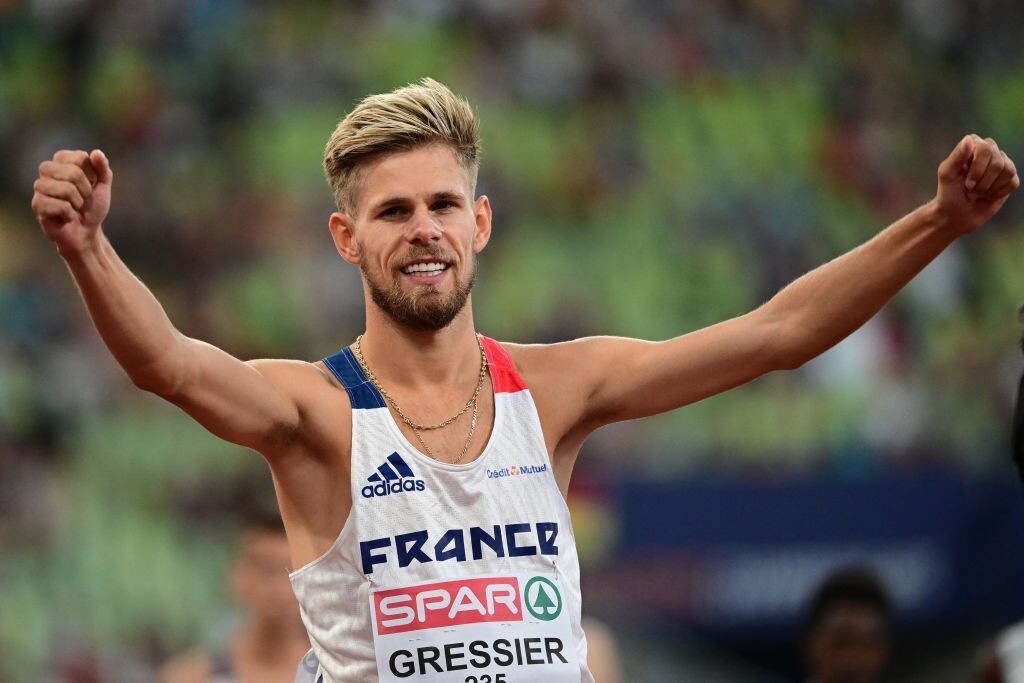
A golden crepe
In a video clip of Gressier’s win, it’s unclear whether he had planned to grab this crepe all along, or if it was a spur-of-the-moment decision. (Hopefully that was a friend who offered him the crepe, because otherwise that’s just sort of gross.) He had a lead of a few seconds and looked as though he was moving to give the crowd of spectators some high fives, but instead, he made contact with one person and came away with a crepe.
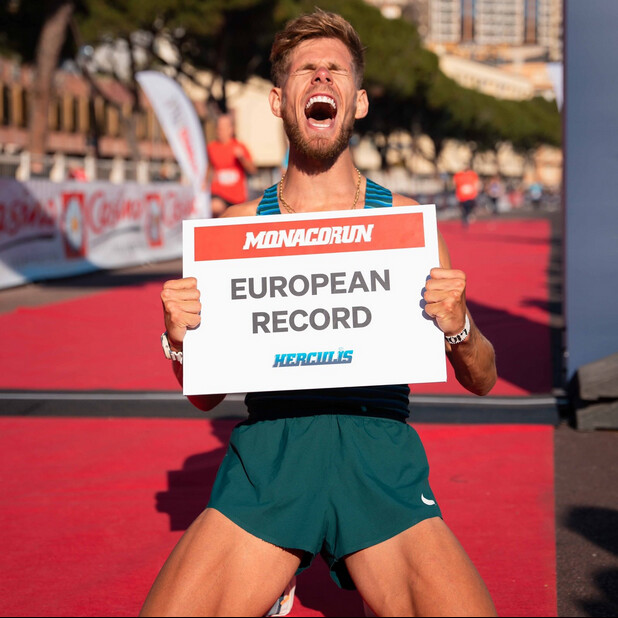
After that, Gressier took one look back, apparently decided that he had enough of a lead and slowed down to enjoy his snack and cruise into the finish line. After crossing the line, he held the crepe up in celebration before turning back to congratulate second-place finisher Markus Georger. Perhaps the funniest moment in all of this came when Gressier offered Georger and third-place runner Fabien Palcau bites of the crepe. Georger politely declined, but Palcau took Gressier up on the strange show of sportsmanship and had a bite.
Nothing new
This may be the oddest thing that Gressier has done at a finish line so far in his career, but it’s not the first time he’s put on a show in the final metres of a race. At the 2018 European Cross Country Championships, he face-planted at the line, falling into the tape to take the win. In 2019, once again at the European Cross Championships, he did his best impression of a race walker in the closing metres of the run.
At the 2021 French Cross Country Championships, Gressier had what he thought was a healthy lead in the final couple hundred metres, so he slowed to celebrate with the spectators and an event mascot. After a few moments of this premature celebration, Gressier looked back to find that his competitors were much closer than he had anticipated, so he picked up the pace once more to lock up the win.
Gressier’s career
At 25, Gressier is still quite young, but he has amassed several big accomplishments in his time as an elite runner. From 2017 to 2019, he won U23 gold in three straight European Cross Country Championships, and he added two more U23 European titles in 2019 in the 5,000m and 10,000m.
He is the French record holder in the 10K with a PB of 27:33 and he owns the European 5K record of 13:12 (he ran both of those results in February). He is undoubtedly one of the best runners France has ever produced, and it looks like he’s only going to continue to add to his already impressive resume, which means we’ll likely get to see many more strange and funny celebrations from him in the years to come.
(03/14/2023) ⚡AMP
by Running Magazine
Kara Goucher accuses Alberto Salazar of sexual assault in new memoir
Two-time U.S. Olympian and 2007 world championship silver medallist Kara Goucher alleges in her new book The Longest Race, published Tuesday, that she is the woman behind the sexual assault allegations against Alberto Salazar that resulted in his lifetime coaching ban by the U.S. Center for SafeSport in 2021.
In 2004, Goucher became the first woman to join the Nike-sponsored Oregon Project, led by Salazar, after a storied collegiate career at the University of Colorado, which saw her win three individual NCAA championships (two in track and once in cross country). In her book, she says she wanted to go to the Olympics, and that Salazar said he would help her get there.

Salazar was one of the best marathoners in the world in the early 1980s, winning the New York City Marathon three times and Boston once. He also set the American record over the 5,000m and 10,000m on the track in 1982.
Goucher reveals that she was impressed by how personable he was, and his knowledge of the sport. “Salazar went above and beyond for his athletes,” Goucher told ABC News in an interview. “He was giving personal massages to his athletes, something I’ve never seen before […] I just thought it was normal.”
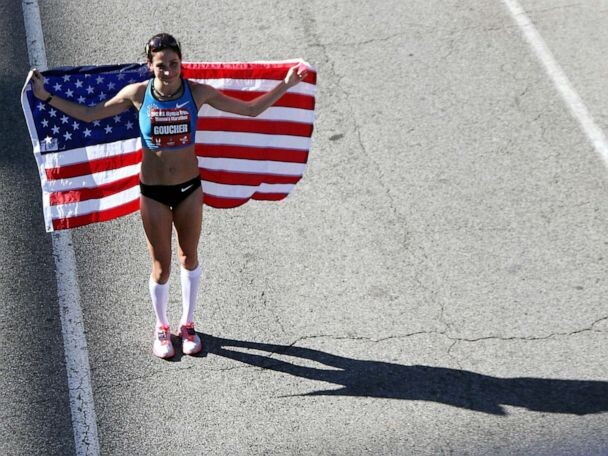
The 44-year-old retired runner, who was in her late 20s at the time, recalls Salazar touching her inappropriately during a massage at a hotel in Rieti, Italy. “It felt wrong,” Goucher expressed. “I didn’t tell anyone at the time.”
Goucher claims the same scenario happened again while the two were in Lisbon, competing at the 2009 Lisbon Half Marathon.
She ended up leaving the NOP in 2011 and did not talk about the alleged assault until she was questioned by lawyers on doping allegations against Salazar as part of a U.S. Anti-Doping Agency (USADA) probe in 2017.
In 2019, Salazar was suspended for four years by USADA for doping violations. And in 2021, the famed coach was banned for life by U.S. SafeSport for sexual misconduct. The U.S. Center for SafeSport is an independent not-for-profit that reviews allegations of sexual misconduct and can impose sanctions.
In the book, Goucher says she testified about the alleged touching in front of a U.S. Safe Sport panel and confirmed that her allegations were used as the basis for Salazar’s lifetime ban.
Salazar told ABC News in a statement that any claim made against him for sexual assault is categorically untrue. “I have never sexually assaulted Mrs. Goucher and never would have done so. The accusation is deeply hurtful, abhorrent and contrary to my fundamental beliefs as a husband, father and Catholic.”
Goucher said she is appreciative of Salazar’s guidance, but at the end of the day, “he should not be coaching.”
Her book The Longest Race was released on March 14.
(03/14/2023) ⚡AMPby Marley Dickinson
Kenyan Cybrian Kotut, the defending champion and course record holder, will return to the Haspa Marathon Hamburg on April 23
A year ago the Kenyan took the Hamburg title with a 2:04:47 performance and smashed the course record set by Eliud Kipchoge back in 2013. Kotut will face a very strong field and will need to be at his best to have a chance of a second triumph at Germany’s biggest spring marathon. With a personal best of 2:03:16 Ethiopia’s Mule Wasihun is the fastest runner entered in the event. Online registration for the 37th edition of the Haspa Marathon Hamburg is still possible at: www.haspa-marathon-hamburg.de
“A year after Kotut’s course record performance organisers can again hope for a fast race and possibly a record. A number of world-class athletes have opted to run their spring marathon in Hamburg which shows the recognition our race receives as a major international marathon,“ said chief organiser Frank Thaleiser.

Kotut, who is a younger brother of former multiple London and New York Marathon winner Martin Lee, clocked his personal best when winning Hamburg in 2022. Since then he only ran one more race, finishing with a fast time of 2:05:15 for sixth place in Amsterdam. The Kenyan is fully focussing on the Haspa Marathon Hamburg again. However with his PB of 2:04:47 the 30 year-old is not the fastest runner in the field. Instead Mule Wasihun heads the entry list. In a memorable race at the London Marathon 2019 the Ethiopian ran 2:03:16 finishing third behind Eliud Kipchoge and fellow-countryman Mosinet Geremew. With this PB 29 year-old Wasihun still is among the 15 fastest marathon runners ever. The Ethiopian has not raced internationally recently and will hope to come back with a strong performance in Hamburg.
Geoffrey Kirui is another prominent marathon runner, who will race in Hamburg for the first time. The Kenyan took the World Championships’ marathon title in London in 2017 after winning Boston in the spring. Kirui then was second and fifth in Boston in 2018 and 2019 respectively. While he could not reach those highs since the disruption caused by the pandemic, at the age of 30 he should still be capable of producing very good marathon results. Hamburg could be the place for Geoffrey Kirui to finally improve his PB of 2:06:27 from 2016.
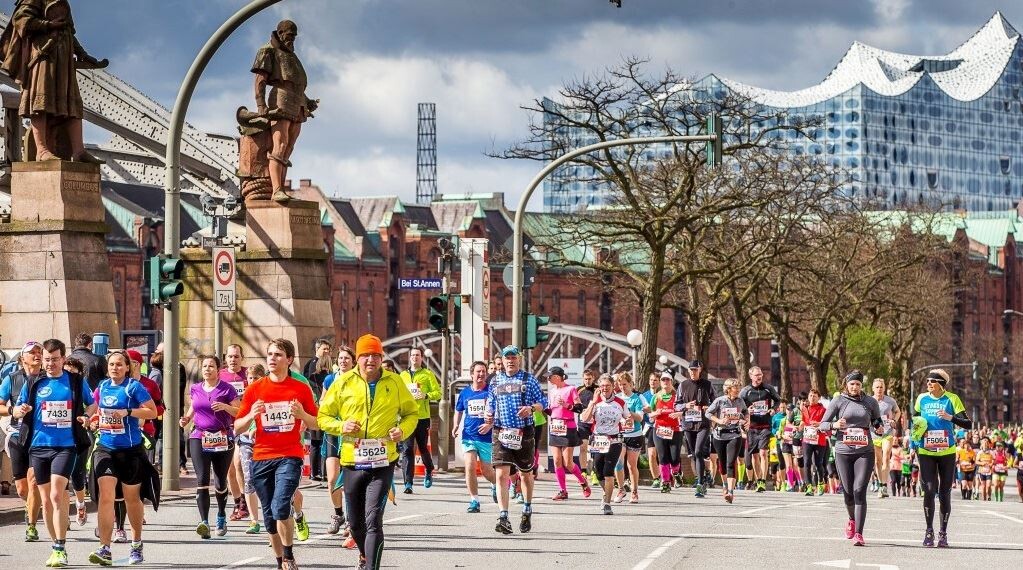
Last year debutant Stephen Kissa finished just a second behind Cybrian Kotut and clocked an Ugandan record with 2:04:48. This time there is another debutant in the field who could potentially start his marathon career with a bang: Muktar Edris will run his first marathon in Hamburg on 23rd April. The 29 year-old Ethiopian is the 5,000 m World Champion from 2017 and 2019. He has already shown his great potential on the road, when he clocked a world-class time of 58:40 at the Valencia half marathon in 2021.
With regard to achieving top finishing places the Haspa Marathon Hamburg will be a tough challenge for Germany’s European Marathon Champion: Richard Ringer, whose start had already been announced back in December, should however be able to improve his PB of 2:08:49.
(03/14/2023) ⚡AMPby Christopher Kelsall
Haspa Marathon Hamburg
The HASPA MARATHON HAMBURG is Germany’s biggest spring marathon and since 1986 the first one to paint the blue line on the roads. Hamburcourse record is fast (2:05:30), the metropolitan city (1.8 million residents) lets the euphoric atmosphere spill over and carry you to the finish. Make this experience first hand and follow the Blue Line....
more...Five ways to hit a PB at your next race
Everyone wants to run a personal best (PB) in any race they enter, but it obviously takes some work to do it. You’re not going to walk up to the start line with next to no training under your belt and cruise to the finish faster than you ever have before. There’s more you can do to increase your odds of hitting a PB than just training, though, and it’s all pretty simple. Here are five things you can do in the build to your next race to put yourself in the best position to run a PB.
1.- Nail your nutrition

You need to make sure that what you’re eating and drinking works well for you. If you’re running a shorter race that doesn’t require mid-run nutrition, you’ll just have to focus on your pre-race calories, but if you’re running anything longer than a 10K, you’ll want to at least consider carrying something to eat along the way.
The key with race-day nutrition is to practise. When you’re getting up for an early training run, set your alarm a bit earlier so you can make breakfast and figure out what foods work for you. It’s the same with mid-race nutrition in endurance races (e.g., the half-marathon or marathon)—test different options out during training runs to figure out what works best for you. For example, do you prefer gels, chews, beans or sports drinks, and which flavours?

2.- Find the right gear
Just as with nutrition, you need to go through some trial and error with your running gear to determine which shoes, shorts, shirt and shoes you plan to wear on race day. If you don’t test anything out and decide to throw together a random race outfit the morning of the run, you could set yourself up for blistering or chafing, which is never fun. Train in the gear you want to wear on race day, because it’s way better to chafe now, when you can turn around and run home to change, than when you’re in the middle of a race.
3.- Get loads of sleep
As a runner, you’re hopefully getting solid, regular sleep already, but as your race gets closer, sleep becomes more and more important. Showing up to your race tired will not end well, and the best way to prevent that is to make sleep your priority (and that means habitually going to bed early enough that you wake up spontaneously by the time you need to be up to go to work, or out for your training run). It can be tempting to sacrifice sleep to fit in training sessions, and everyone is occasionally guilty of watching a little too much TV instead of heading to bed at a reasonable hour, but try your hardest to stick to your bedtime. If you get enough sleep, you’ll set yourself up for a great day of racing. (And if you’re too nervous to sleep much the night before the race, at least you won’t be compounding a pre-existing problem.)
4.- Take rest days
We know it can be difficult to sit around and do nothing on rest days. You feel like you’re wasting a perfectly good opportunity to train, right? Well, even if it’s a beautiful day and your brain is screaming at you to lace up your shoes and head out for a run, you need to take it easy. Observing rest days is completely necessary, as it gives your body the chance to recover from your training. If you don’t recover well, you could get hurt, and that will ruin any hopes you have of running a PB in your next race.
5.- Nothing new on race day
Just like the nutrition and gear points, you need to stick with what you know when race day comes around. Your friend may offer you a gel they swear by, but if you’ve never tried it before, don’t test it out on race day. Someone gave you a new pair of shorts the night before the race? That’s great, but you’re going to have to wait to wear them. Even your warmup should be the same one that you always do. Never do anything new on race day, because the risk that it could ruin your run far outweighs any potential benefits it could offer.
(03/14/2023) ⚡AMPby Ben Snider-McGrath
Japanese woman, 64, runs three sub 3:05 marathons in two weeks
Sixty-four-year-old marathoner Mariko Yugeta is already a huge celebrity in the Japanese running community, and she continues to prove that age is just a number. On Sunday at the Nagoya Women’s Marathon in Nagoya, Japan, Yugeta accomplished another memorable feat, running three sub-3:05 marathons at three different races in a span of 14 days.
On Feb. 26, Yugeta kicked things off at the Himeji Castle Marathon, where she ran 3:04:57 (winning her 60-64 age category). The following week, Yugeta won her age category for the fourth consecutive year at the 2023 Tokyo Marathon, posting a time of 3:04:18. Seven days later in Nagoya on March 12, she posted another sub-3:05 time, in 3:04:30, winning her age category once again.
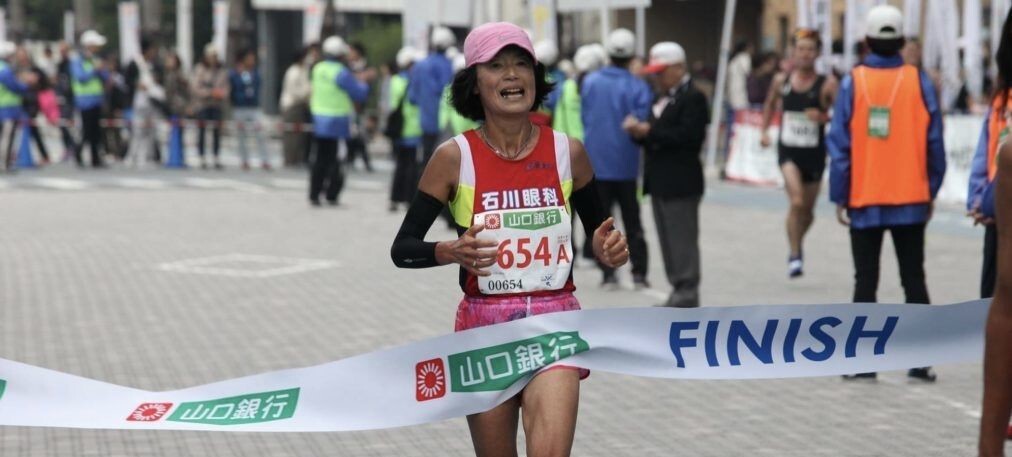
Yugeta is the first 60+ woman to break three hours for a marathon, holding the women’s 60-64 world record of 2:52:13 from the 2021 Osaka Marathon. Since her world record run, she has dipped under the three-hour mark four times.
Last year, Yugeta ran both Tokyo and Nagoya within seven days (both under 3:05) in preparation for the Boston Marathon, where she hoped to lower her world-record time; she fell short, but still won her 60-64 age category in 3:06:27.

Yugeta got into running by watching the finishers at the 1979 Tokyo International Women’s Marathon, when she was 21. She spent the next three years training, making her marathon debut in 1982 in Tokyo, where she ran 3:09:21, which was good for 34th place in the Tokyo International Women’s Marathon.
Forty years later, Yugeta is still getting faster. On May 13, she’ll turn 65 and enter the W65-69 age bracket, where she will challenge the 3:07:51 world record of her Japanese compatriot, Kimi Ushiroda.
In a 2021 interview with the nutrition brand Maurten, Yugeta said she doesn’t think about her age when she runs.
When Yugeta isn’t running, she is a mother to four children and teaches high school phys-ed, training alongside her 16- and 17-year-old high school students.
(03/13/2023) ⚡AMP
by Marley Dickinson
Nagoya Women's Marathon
The Nagoya Women's Marathon named Nagoya International Women's Marathon until the 2010 race, is an annual marathon race for female runners over the classic distance of 42 km and 195 metres, held in Nagoya, Japan in early March every year. It holds IAAF Gold Label road race status. It began in 1980 as an annual 20-kilometre road race held in...
more...Seven tips for resuming marathon training after illness or injury
Dealing with an illness or an injury in the middle of your marathon build may temporarily halt your training, and it can suck the joy out of being a runner. Getting back to training may be very challenging, but as someone who has had to take time off for illness and injury, I’m here to share some tips that will help you get back to training after a hiatus.
1.- Take it one day at a time
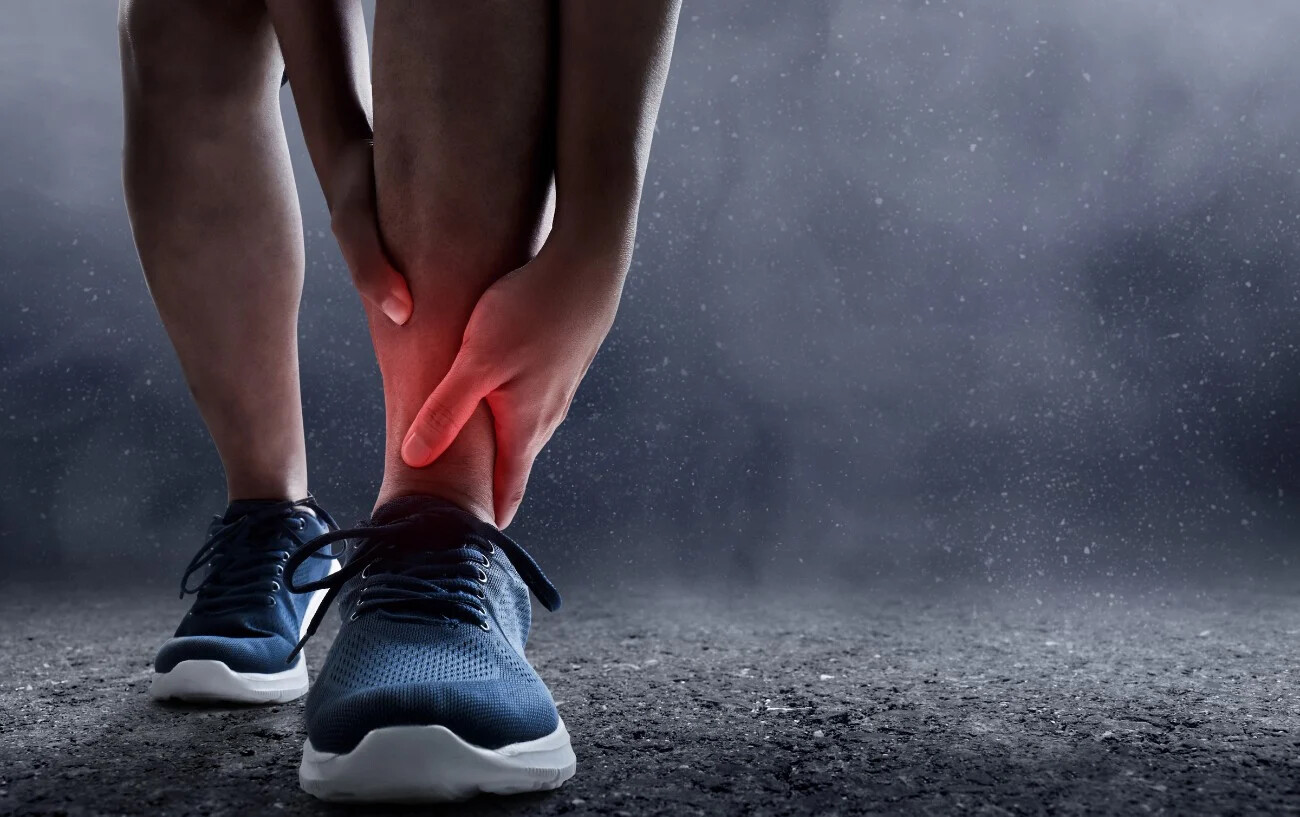
The main thing is to be as consistent as possible. Don’t overwhelm yourself with thoughts of how you are going to complete a marathon–focus instead on your daily training runs, and try to enjoy them as much as you can.
2.- Know your limits
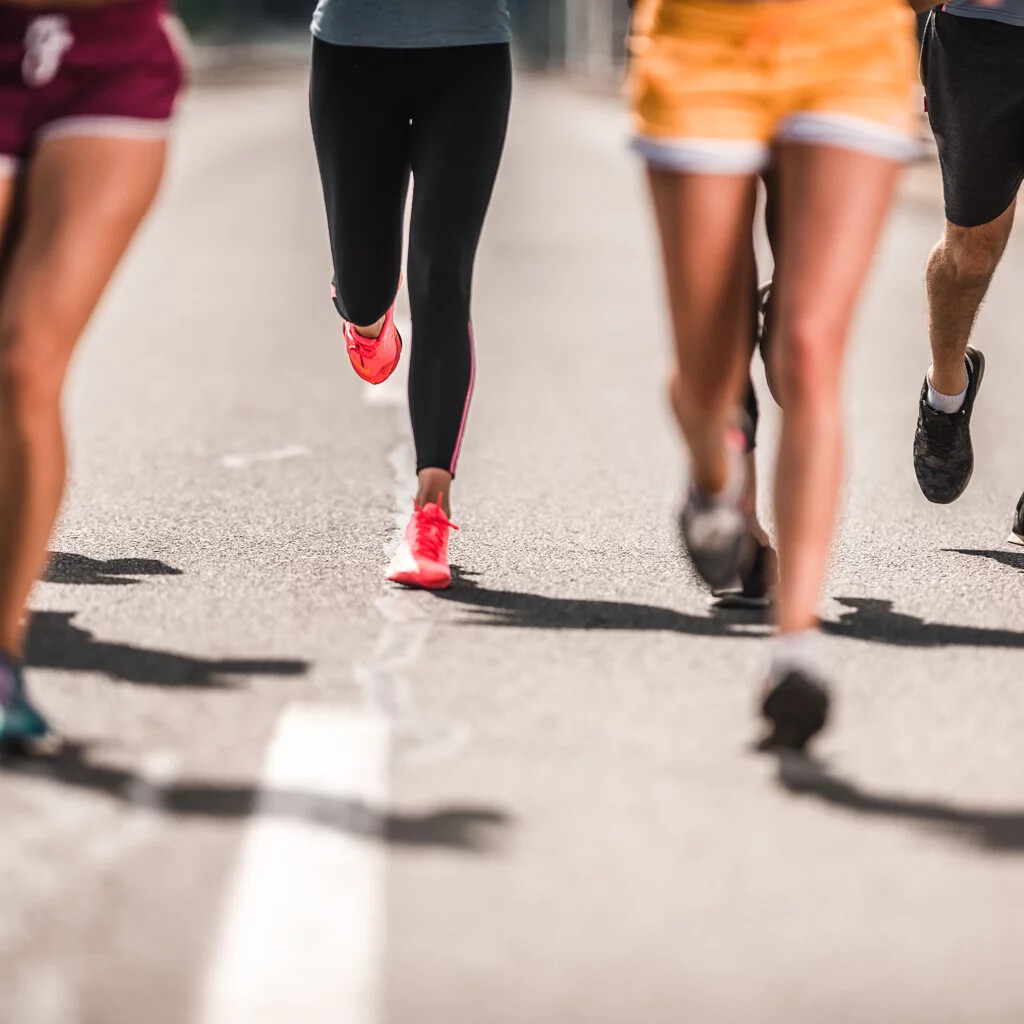
Recognize when you need to take it easy. If you are training for a marathon after an illness or injury, it’s important to be kind to yourself. If you start to feel like your runs are not enjoyable or you don’t feel good running, take it easy for a few days. You may need to regroup and take a few days off, so you can come back stronger.
3.- Don’t worry about your pace
When you first start running after taking time off for illness or injury, you will not be as fast as you used to be. Without a doubt, getting your pre-injury or pre-illness speed back will take time. Therefore, it’s best not to be too concerned about your pace. You must realize that your speed will come back. Until then just focus on getting yourself to the start line of your marathon in the best possible shape, given the circumstances.
4.- Build mileage and intensity gradually
Of cousre you will want to do as much as you can, once you feel better or your injury heals. However, you must take a gradual approach to increasing your intensity and duration so that you don’t end up right back where you started. Therefore, be sure to give yourself plenty of time to get marathon-ready and don’t schedule your race too soon (assuming you’re not already registered–and if you are, review the previous points).
5.- Stay in touch with your health care practitioner
Whether it’s your physiotherapist or your doctor, you must be open with them about your training schedule and race plans. Be sure to follow their advice so that you have the highest chance of getting to the start line healthy. (Hopefully they are experienced in dealing with running injuries and are supportive of getting you back to training as soon as possible.)
6.- Work with a knowledgeable coach
Ideally, you want to pick a coach who has dealt with similar challenges as you are facing. This will allow you to relate to them better, and they to you. Your coach should have an understanding of what you are going through, so they can develop an effective training program for you.
7.- Revise your race goal
You’ve been through a lot. Be proud of making it to the start line, and when you finish, remember to be grateful for making it to the finish line. Make sure your goal for the race is realistic, based on what you’ve overcome and how much training you’ve been able to do. You probably won’t achieve the goal you had originally set for this race, but keeping track of your progress will allow you to set an attainable race goal.
Dealing with an illness or an injury is not fun. However, with the right approach to your training and recovery, you will find yourself at the next start line and finish line healthy again.
(03/13/2023) ⚡AMPby Yana Hempler
Kenyan Brian Kiptoo wins CPC Loop Den Haag in windy conditions
Tens of thousands of runners took part in the city's largest running event. Omroep West reported on the CPC Loop all day long.
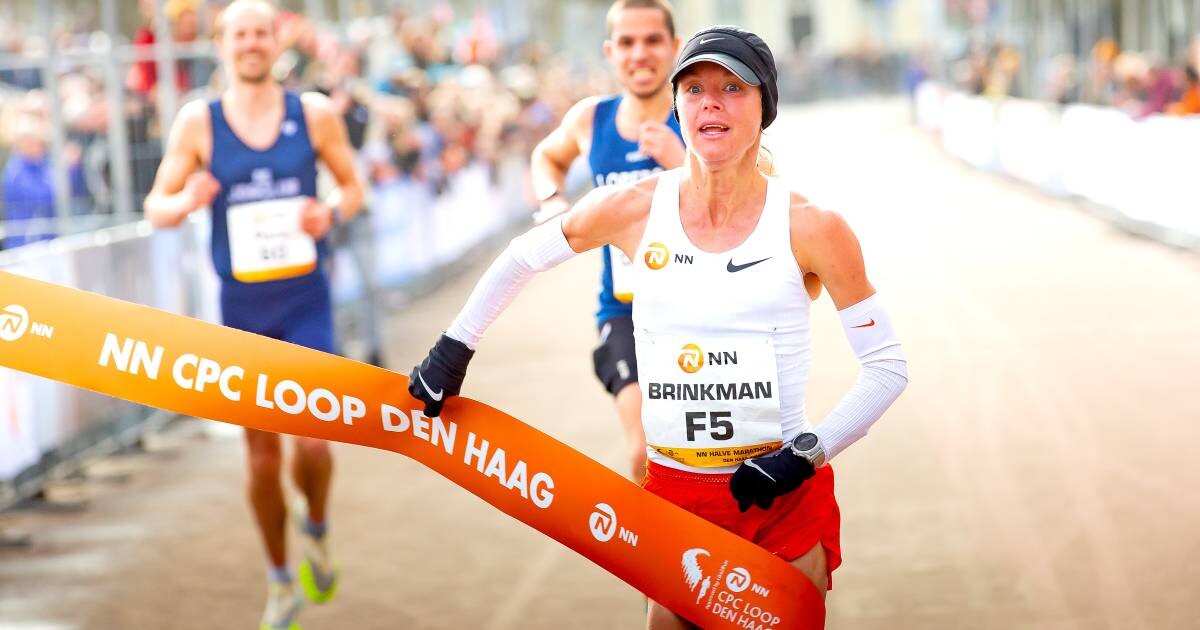
The 47th NN CPC Loop Den Haag was won by Kenyan Brian Kiptoo (1.00.53), but the most remarkable performance was by Nienke Brinkman. The Dutch runner triumphed among the women, running the half marathon in a personal record of 1.07.44 despite the windy conditions.
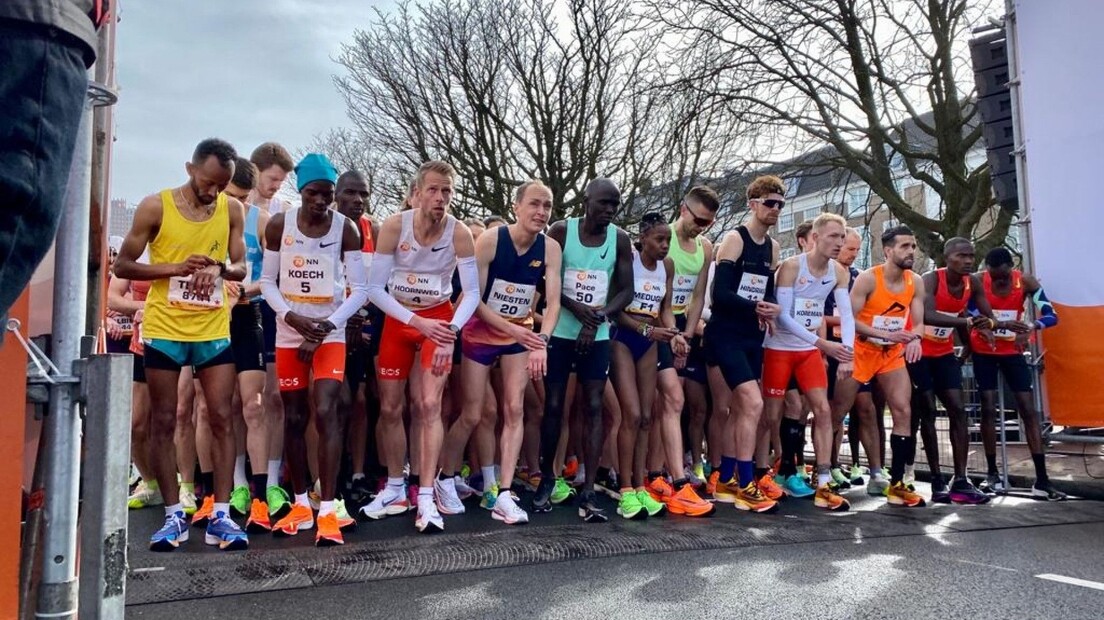
In the men’s event, Brian Kiptoo shook off compatriot Moses Kiptoo (1.00.55) and Albert Rop (Bahrain, 1.01.05) in the closing stages. Khalid Choukoud finished as the best Dutchman: fourth in 1.02.55. Choukoud, this year’s ambassador for the NN CPC Run The Hague , had been suffering from a bad cold for the past week but was satisfied with his performance “at 85 per cent of my ability”.
On the women’s podium, Brinkman was flanked by Rosalinda Jepketer (Bahrain, 1.08.40) and Kenya’s Pauline Esikon (1.08.47).
(03/13/2023) ⚡AMPNN CPC Loop Den Haag
The City-Pier-City Half Marathon (NN CPC Loop Den Haag) was first held in 1975 and featured a 14.5km course. This was extended to the half marathon distance the following year. The competition has been used as the Dutch half marathon championships on a number of occasions. The course is a relatively flat one, which lends itself to fast times for...
more...Kenyan Samuel Imeta eyes Budapest glory despite WA ruling out his time
Kenyan sprinter, Samuel Imeta reckons he has sufficiently honed his act to deliver a vintage performance at the upcoming World Athletics Championships in Budapest, Hungary.
The 24-year-old Kenya Defence Forces officer said he drew great inspiration from his classic execution at the second Athletics Kenya track and field meeting held at Nyayo Stadium on February 26.
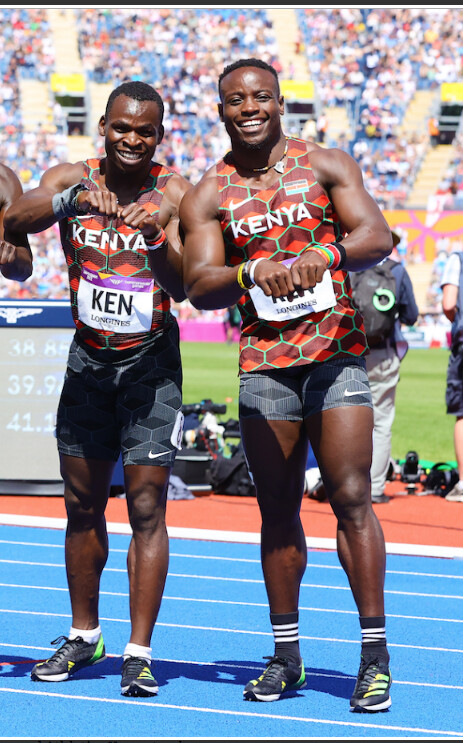
Imeta blazed to a phenomenal second-place finish in the event’s blistering final, clocking an impressive 9.94 to wrap up 0.13 seconds behind Commonwealth Games champion Ferdinand Omanyala.
Both athletes exceeded the 10.00 threshold established by World Athletics in August 2022 for the 2023 World Athletics Championships.
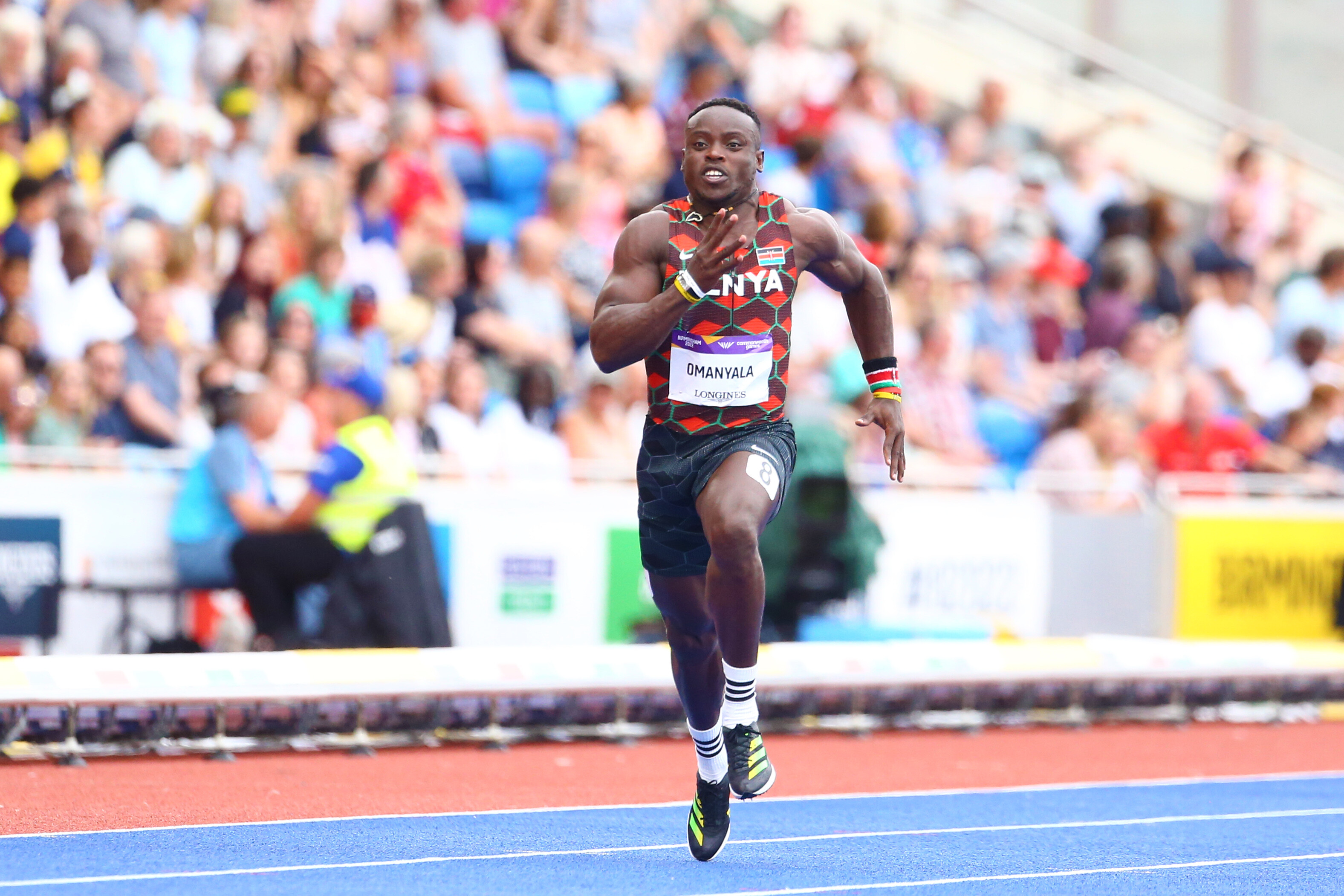
However, the global governing body failed to approve the time recorded by either athlete, blaming a malfunction with the wind measurement apparatus at Nyayo Stadium.
WA asserted that the times set by Omanyala and Imeta could not fairly be expected given the recorded headwind of -4.8m/s
Imeta said he is not going to let this setback deter him from registering a masterstroke performance in Budapest.
“I’m so excited to have managed an improved personal best. I thank God, my coaches and my training mates for their contribution to the outstanding performance,” Imeta said.
The career soldier from Mabanga in Bungoma county said training alongside Commonwealth Games champion, Omanyala has catapulted him to new heights.
He has issued a warning to the sprint star, telling him to prepare for an abrasive duel in their next encounter.
“I was thrilled with the race’s result. Competing against an athlete of Omanyala’s caliber who holds the African record and is the Commonwealth champion wasn’t going to be simple. “I am now fired up and Omanyala will have to work hard to beat me when we meet again,” Imeta remarked.
Imeta competed for Kenya on the men’s 4x100-meter gold-medal winning team in Mauritius in 2022. He ran a time of 10.12 at the Birmingham 2022 Commonwealth Games to advance from heat nine of the men’s 100-meter race. He did, however, suffer a significant setback when Kenya’s 4x100-metre relay team made a mistake and was unable to complete the finals race.
Kenya’s chances of earning a podium slot were entirely dashed by the shoddy baton handover between Imeta and Kiviasi.
Omanyala, who was about to dash electrically to the finish line, was left on the track watching helplessly after the howler that denied him another opportunity to shine.
The England team won the race in 38.35. Trinidad and Tobago came in second with a season-best time of 38.70 while Nigeria finished third in 38.81.
(03/13/2023) ⚡AMPby Tony Mballa
World Athletics Championships Budapest23
Budapest is a true capital of sports, which is one of the reasons why the World Athletics Championships Budapest 2023 is in the right place here. Here are some of the most important world athletics events and venues where we have witnessed moments of sporting history. Throughout the 125-year history of Hungarian athletics, the country and Budapest have hosted numerous...
more...Can you train for a 10K in two weeks?
That spring race you forgot you signed up for last fall is fast approaching, and we are here to tell you, don’t panic. Although it’s impossible to pack eight to 12 weeks of training into two, there are several things you can still do to help prepare.
You won’t make any significant physiological gains in two weeks, but it’s better to do something rather than nothing. It is still a good idea to run a few workouts at your goal race pace to develop an idea of what type of shape you’re in, so you don’t have to find out the hard way… on the course.
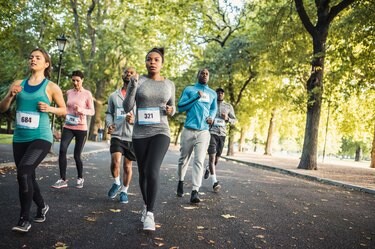
If you have run out of time, the last thing you want to do is overtrain and run every day. Since your body is not familiar with training, give yourself adequate rest, so you aren’t sore, fatigued or injured on the start line.
There are two types of workouts you should focus on. The first is a few high-intensity intervals at your goal race pace or faster, to get a feel for pace, and the second is a few long and slow runs to improve your endurance and promote recovery.
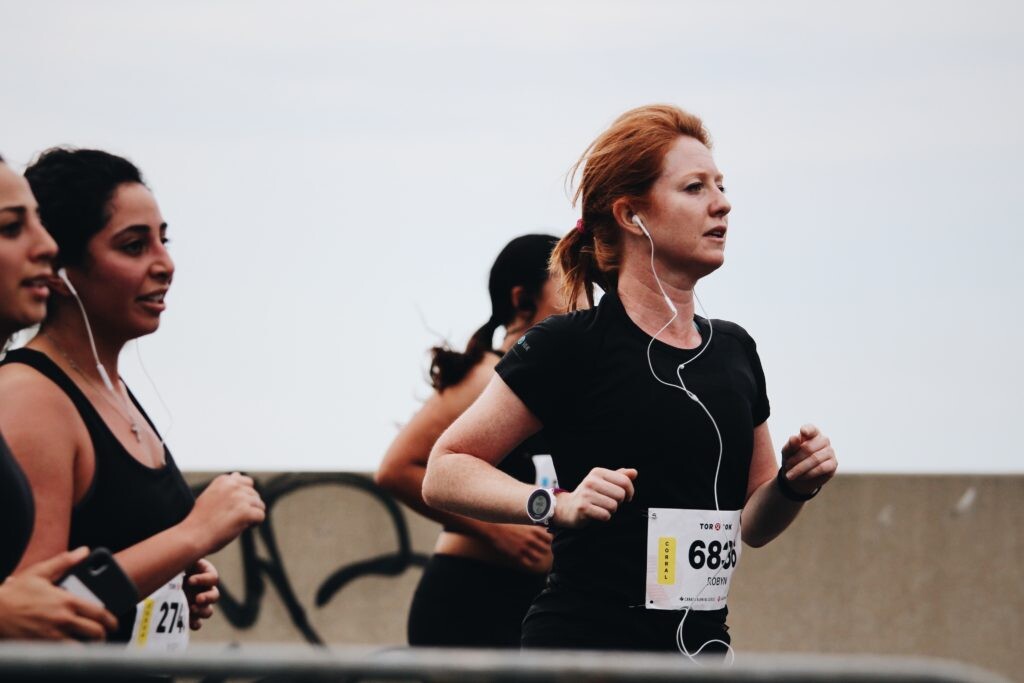
If you want to make the most of your two-week training plan, run three days a week, or every other day. Separate the two interval workouts with a long, slow run of 40 to 60 minutes. Keep the pace strictly conversational. You will also want to make sure you are not doing a workout the day before the race, so it might be smart to take a rest day.
Two other things you can do to improve performance, outside of your run training, are getting lots of sleep and fuelling your body with the proper nutrients. Working on both will help your muscles feel rested and ready heading into each workout, and most importantly, the race.
(03/13/2023) ⚡AMPby Marley Dickinson
Aregawi goes No.2 all time with 26:33 10km in Laredo
World cross country silver medallist Berihu Aregawi stormed to a 26:33 10km win in the northern Spanish town of Laredo on Saturday (11).
In doing so, the Ethiopian 22-year-old achieved the second-fastest men's 10km of all time behind Rhonex Kipruto’s world record of 26:24 set in Valencia three years ago. He also broke the Ethiopian record by 23 seconds.

Aregawi is the world record-holder for 5km, a feat he managed in Barcelona on 31 December 2021 thanks to a 12:49 run, and he had set his sights on the 10km world record since then.
Contesting only his second ever 10km race and wearing his usual orange and blue outfit, Aregawi was due to be paced by Uganda’s Peter Maru but the 19-year-old 13:07.42 5000m specialist missed his flight the day before and the organisers were forced to find a replacement pacemaker in Spain’s Sergio Jimenez, a fine 7:47.95 3000m athlete.
Jimenez was asked to go through the opening 3km in 7:55, right on schedule to assault the world record, but to much surprise Aregawi overtook the pacemaker just before the first kilometre mark, which he reached in a frantic 2:36.
The Tokyo Olympic 10,000m fourth-place finisher maintained that brisk cadence, reaching 3km in 7:51 after successive kilometre splits of 2:37 and 2:38. Aregawi went through the halfway point in 13:10, on track for a world record. By then, he had built a 57-second margin on a quintet featuring Britain’s Tom Mortimer, Ireland’s Efrem Gidey, Morocco’s Abderraahmane Aferdi and the Spanish pair of Fernando Carro and Javier Guerra.
Despite running without a pacemaker and being hampered by slightly rainy conditions, Aregawi’s relentless rhythm continued into the second half of the race but his speed then slowed a bit and he covered the following kilometres in the 2:40/2:42 range. Even so, he was timed at 21:14 at 8km to keep a realistic chance of a world record performance.
However, a 2:43 ninth kilometre put him back and despite a brave final effort of 2:36 for the closing kilometre, he was just outside his goal.
"I have mixed feelings as the race was great but I had set the goal of breaking the world record," he said. "Running on my own for almost the whole race was not easy but the main handicap for me was the tight turns as the road was wet and I was afraid of slipping at the zebra crossings. But anyway, I’m really satisfied."
Way back, the 22-year-old Gidey beat his rivals in the chasing pack after a thrilling sprint to take the runner-up spot in 28:17 to Mortimer’s 28:18, while Spanish 3000m steeplechase record-holder Carro was given the same time in fourth.
Held jointly with the men’s race, the women’s event was won by Kenya’s world U20 3000m silver medallist Zenah Jemutai Yego.
The 20-year-old, contesting the second 10km race of her career so far, ran a PB of 31:03 to win by 10 seconds ahead of her compatiot Mirriam Chebet.
Morocco’s Soukaina Atanane completed the podium in 31:21.
Spain’s former triathlete Paula Herrero, who only took up athletics a few months ago, came fourth in a national record of 31:23 as the first four women all set respective lifetime bests.
(03/12/2023) ⚡AMPLaredo 10 km
One of the most anticipated races. The organization ensures that the circuit is possibly the fastest in the world. And it's not a bravado. The marks and comments of those who have run the prestigious 10k race in Ruta Villa de Laredo confirm it. But the organizers want to go further and not give rise to doubts....
more...Melak and Ayana win Lisbon Half Marathon
Nibret Melak and Almaz Ayana achieved an Ethiopian double at the EDP Lisbon Half Marathon on Sunday (12), clocking respective times of 59:06 and 1:05:30 at the World Athletics Elite Label road race.
Melak was content to sit back as his compatriot Hagos Gebrhiwet and Kenya’s Rhonex Kipruto went through 5km on world record pace, the pair clocking 13:32 for a split eight seconds faster than Uganda’s Jacob Kiplimo ran at that point en route to his 57:31 world half marathon record set in Lisbon in November 2021. Melak was 10 seconds behind them.
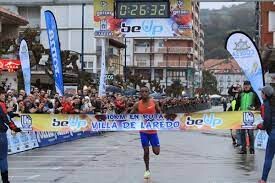
But they couldn’t sustain that pace and the leaders reached 10km in 28:11.
Melak closed the gap over the next couple of kilometres and with Kenya’s Vincent Ngetich Kipkemoi to the fore, that quartet passed 15km in 41:47.
Kipruto, who set the world 10km record of 26:24 in Valencia in January 2020, was struggling to keep contact by 20km and as the finish line neared, Melak kicked.
Making his half marathon debut, the 23-year-old managed to hold off Olympic and world 5000m medallist Gebrhiwet, winning by one second after a sprint finish. Kipkemoi was third in 59:10 and Kipruto fourth in 59:22.
New Zealand’s Jake Robertson completed the top five, running 1:00:05.
In the women’s race, Ayana ran alongside her compatriot Girmawit Gebrzihair and behind her pacemaker, passing 5km in 15:27. They formed part of an eight-strong group at that point.
They broke away with Kenya’s two-time world track medallist Margaret Kipkemboi and Ethiopia’s Tiruye Mesfin, reaching 10km in 31:06.
The race was down to Ayana, Kipkemboi and Gebrzihair by 15km, which they passed in 46:37, and Ayana continued to move away, eventually claiming victory by 20 seconds ahead of Kipkemboi, who ran 1:05:50 for the runner-up spot.
Gebrzihair was third in 1:06:28, Mesfin fourth in 1:06:31 and Kenya’s Purity Komen fifth in 1:07:08.
(03/12/2023) ⚡AMP
EDP HALF MARATHON OF LISBON
EDP Lisbon Half Marathonis an annual internationalhalf marathoncompetition which is contested every March inLisbon,Portugal. It carries World Athletics Gold Label Road Racestatus. The men's course record of 57:31 was set byJacob Kiplimoin 2021, which was the world record at the time. Kenyanrunners have been very successful in the competition, accounting for over half of the total winners, withTegla Loroupetaking the...
more...Chepngetich retains Nagoya Women's Marathon title
Kenya’s Ruth Chepngetich solo ran her way to victory at the Nagoya Women’s Marathon on Sunday (12), retaining her title at the World Athletics Platinum Label road race in 2:18:08.
The 2019 world marathon champion went into the race aiming to claim back-to-back wins and improve her own course record. While she was unable to beat the 2:17:18 she ran to win in Nagoya last year – that time being the second-fastest ever women-only marathon behind her compatriot Mary Keitany’s 2:17:01 set in London in 2017 – Chepngetich claimed a dominant victory, winning by more than three minutes ahead of Japan’s Ayuko Suzuki (2:21:52). Japan’s Honami Maeda was third in 2:22:32.

On a warm morning, Chepngetich went straight to the front of the field and was running ahead of the pacemakers. She led by 35 seconds from the 15-strong chase group at 5km, which she passed in 16:19.
By 10km her lead was 76 seconds as she crossed that checkpoint in 32:34, nine seconds ahead of her course record split from last year, but with that record performance having been achieved with a faster second half of her race.
The 28-year-old clocked 49:00 at 15km and picked up the pace over the next 5km, reaching 20km in 1:05:14 and half way in 1:08:47, 16 seconds ahead of her split en route to her 2:17:18 course record. The chase group, featuring Japan’s Yuka Suzuki, Maeda, Mao Uesugi, Ayuko Suzuki, Mirai Waku and Honoka Tanaike plus China’s Zhang Deshun and Li Zhixuan, were two-and-a-half minutes back, following the two pacemakers through in 1:11:19.
Chepngetich, who also retained her Chicago Marathon title in 2022 in 2:14:18 for the second-fastest women's performance in history, went on to pass the 25km point in 1:21:32, maintaining her pace. The chase group, now including Ayuko Suzuki, Yuka Suzuki, Uesugi, Maeda, Waku, Zhang and Li behind the one remaining pacemaker, sped up and reached 25km in 1:24:21.
Chepngetich continued to race against the clock and she reached 30km in 1:37:51, three minutes ahead of Ayuko Suzuki and Zhang (1:41:00), who were starting to drop their challengers in the chase pack. Ayuko Suzuki then dropped Zhang, too, as she continued to pick up her pace.
Unlike last year when Chepngetich sped up in the second half, her pace began to slow but she was still on for a sub-2:18 performance as the clock showed 1:54:24 at 35km. Maeda had moved past Zhang into third, with Ayuko Suzuki clear in second place and now on sub-2:22 pace (1:57:40), still three minutes behind Chepngetich but 25 seconds ahead of Maeda.
Chepngetich hung on, with victory in her sights. She reached 40km in 2:11:07 and went on to win in 2:18:08, claiming the current largest first-place prize money in marathon running of US$250,000. Finishing 3:44 behind her was Ayuko Suzuki, her 2:21:52 runner-up time a PB. Maeda's 2:22:31 for third was also a PB that qualifies her for Japan's Olympic marathon trial race.
Zhang finished fourth in a PB of 2:24:05 and Uesugi fifth in 2:24:16.
“I am happy, I defended my title,” Chepngetich said on the event live stream. “The race was good. It was not easy for me to run alone but I am happy and I am proud of today’s success.”
(03/12/2023) ⚡AMPNagoya Women's Marathon
The Nagoya Women's Marathon named Nagoya International Women's Marathon until the 2010 race, is an annual marathon race for female runners over the classic distance of 42 km and 195 metres, held in Nagoya, Japan in early March every year. It holds IAAF Gold Label road race status. It began in 1980 as an annual 20-kilometre road race held in...
more...Annie Bothma races to Durban International Marathon win
Durban - Annie Botma ran the race of her life to win the Durban International Marathon this morning and finally become the South African marathon champion.
The Western Province athlete beat off a late challenge from Ethiopian Chaltu Bedo Nagashu to win by five seconds as she set a Personal Best time of 2:30:31 in the distance.It was only her third marathon but Bothma ran like a seasoned professional with the guts to rush into the lead from the onset.
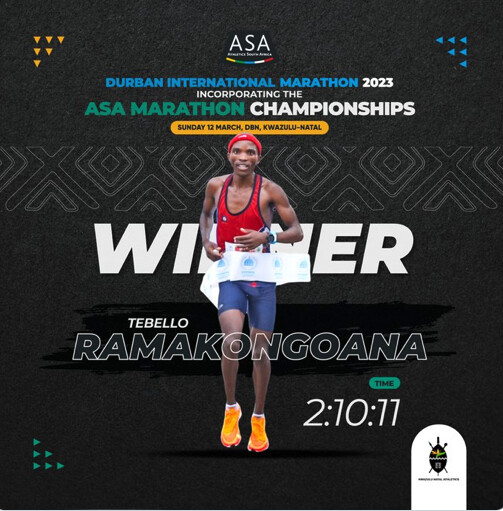

Back in 2019 Bothma was the first South African hone at the Cape Town Marathon but could not be crowned national champion because she was not running foe her province.She was determined to make amends thus tine around and she did so in style.
"I am delighted that I am national champion," she said at the end, although she felt let down by the lack of proper fuelling with the organizers apparently not allowing the elites to have their supplies at the points they wanted them.
Defending Durban International Marathon champion Shelmith Nyawira Muriuki of Kenya came in at third place.n the national championships, last year's winner Jenet Mbhele finished second behind Bothma having run a persinal best time of 2:37:08.
Nontokozo Mkhize was third in 2:40:53.
The men's race was a much more one-sided affair with Tebello Ramakongoana cantering to victory literally unchallenged victory.The athlete from Lesotho narrowly missed out on his country's national record as he ran a 2:10:11
Third at the Soweto Marathon last year, Ramakongoana got into the lead at about the 25km mark and never gave it up as he ran solo all the way to the finish.That he failed to dip below the targeted 2:08:10 was because he started at a much faster pace, Ramakongoana apparently refusing to listen to pacer Mbuleli Mathanga who was insteucted to run at a 3:05 per kilometre pace and going at a blistering 2:55 instead.But he had opened such a sizeable gap he was never goibg to be overtaken.
Central Gauteng Athletic's Simon Sibeko finished second some ten seconds later to replace Tumelo Motlagale as the ASA national marathon champion. Motlagale of the North West finished fourth overall behind Kenya's Corneluus Yego.
But he was not disgraced as he took second spot in the National Championships.
KwaZulu-Natal's .Bonginkosi Mavuso completed the podium placings.
The feel good story of this wet Sunday morning in Duban, however, was that of Bothma becoming national champion.
(03/12/2023) ⚡AMP
Durban International 10k
The 10K is firmly cemented as one of Durban´s and South Africa´s must do events! Although there is no lack in excitement in the elite race, the 10K is a mass participation road run that grants all entrants the unique opportunity to explore their city on foot....
more...Next stop Milano Marathon set for April 2, for Emily Chebet
After winning the Eldoret City Marathon last year, Milano Marathon set for April 2 in Milan, Italy will be the next stop for Emily Chebet.
Chebet said she feels she is ready for Milano Marathon after recovering from an injury she picked last year.
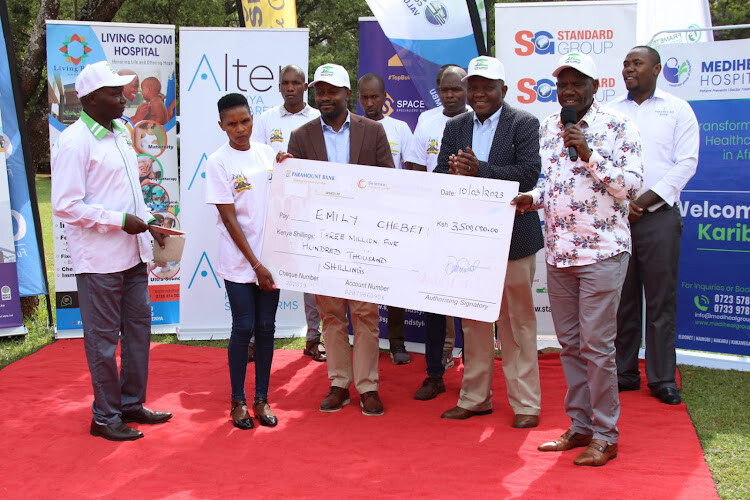
Chebet was speaking on Friday morning during the 2022 Eldoret City Marathon prize-giving ceremony in Eldoret.
“I thank God that we have finally been paid after a very long time. For now, I am preparing to compete in Milan and I look forward to good results," said Chebet.
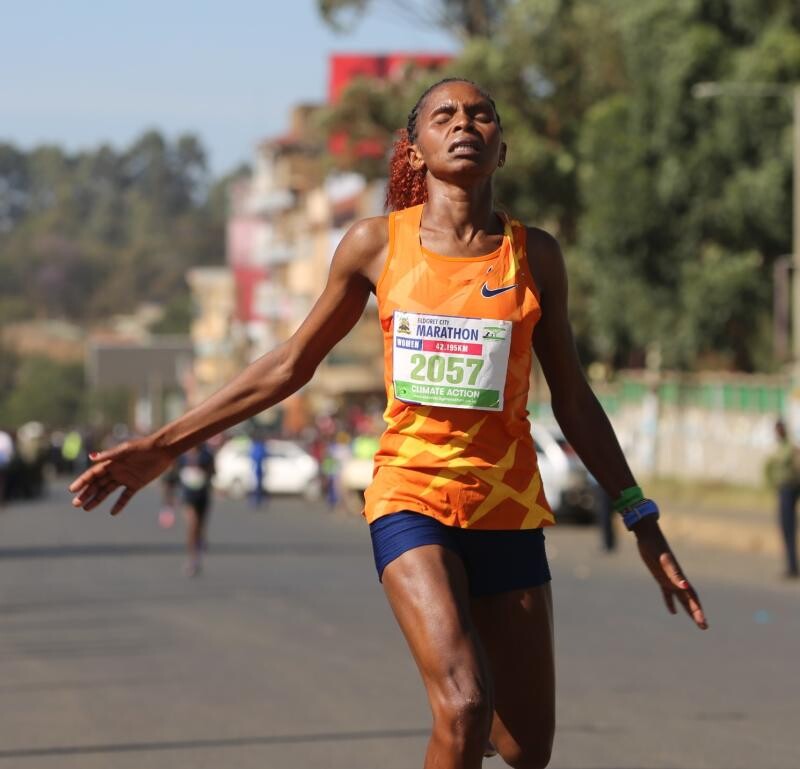
Last year, Chebet won the 4th edition of the Eldoret City Marathon after timing 2:29.58 ahead of Charlene Toroitich (2:30.13) and Lilian Jelagat (2:30.23) in the second and third places respectively.
“Eldoret City Marathon is very competitive and if you can do well here, you can compete on the global stage. I hope to return and defend my title here in Eldoret," said Chebet.
Two-time men’s winner Victor Kipchirchir Rotich said he is happy the long wait is now over.
“I am happy that we have been paid because we have waited for a long time. We knew the money will come but we did not know when. I am equally not sure if I will compete in this year's Eldoret race because I will compete in Siemens Marathon next month,” he said.
He advised those hoping to compete in the Eldoret City race to prepare well because it is not child's play.
“Eldoret City Marathon is no joke and those hoping to win the title must p[repare well. The course is hard because of the many corners,” he said.
Race director, Moses Tanui, said they will start preparations for the next edition immediately after paying last year's winners.
“I want to apologize to the athletes for taking long to pay but as I have explained, this was due to technical issues.
"I am happy we have paid them and this is behind us. We will now start organizing the 2023 edition. As a retired athlete, I could not do anything before settling what we owe them," he said.
Tanui said they hope to announce their plans for this year's edition next week and at the same time set up the Local Organising Committee.
Kipchirchir won the title in 2:13.10 ahead of Michael Mutai (2:13.23) and Josphat Kipkoech Bett (2:13.36).
The prize money was Kshs 18.5 million with Chebet and Kipchirchir taking home Sh. 3.5 million each.
(03/11/2023) ⚡AMPby Emmanuel Sabuni
Milano Marathon
Passion is what allows us to go beyond our limits. It’s what makes us run when our heath is bursting in our chest, it’s whats makes our legs move even if they’re worn out. It’s passion against sacrifice, and the winner will be declared though hard training, hearth and concentration. Milano Marathon has been presented in the futuristic Generali Tower,...
more...Six ways to get over race-day nerves
Racing can be stressful. You get up early, force yourself to eat something and head off to the course. You get there and see hundreds (or even thousands) of people, and your mind starts spinning. You know you’re ready, but worries begin to creep in, all the same. You’re probably always going to have pre-race jitters (everyone gets them), but there are a few ways you can deal with them and perhaps alleviate some of your stress. Here are five tips to get you through race morning and onto the start line without experiencing too much anxiety.
1.- Envision the start
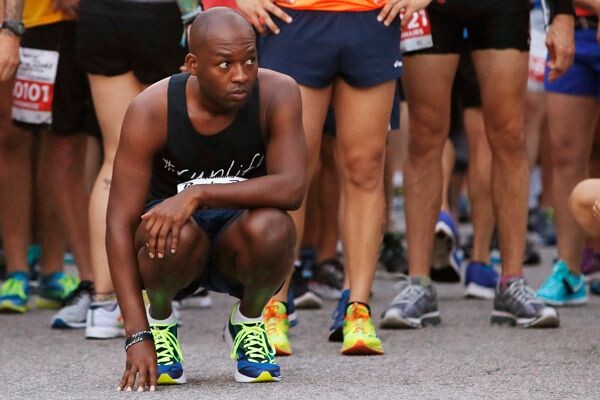
Throughout your training block, imagine it’s race day and mentally take yourself through the lead-up to the run. Picture yourself getting up early, eating breakfast and arriving at the venue. Imagine getting your bib, doing your warmup and finding your corral ahead of the start. This won’t eliminate all of your stress, but visualizing getting through all these steps ahead of time may help reduce your jitters when race day arrives for real.
2.- Focus on yourself
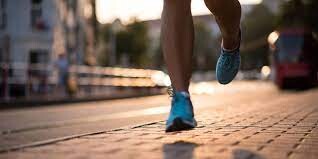
Don’t compare yourself to others. It’s so easy to look around at all of the other runners on race day, but do yourself a favour, and try to pay them as little attention as possible. You can’t control how well they run, so why worry about them before the start of the race? You can only control your own effort. Don’t stress about how everyone else might perform (or about how they look).
3.- Warm up before the run
Doing a warmup before your race is super important physically, but it can also help your mental game. As you go for a light jog or run through some drills (plan on giving yourself at least 20 minutes), you’ll be focused on the task at hand, rather than the fact that you’re about to start a big race. A warmup will distract you and help calm you down before you make your way to the start line. (Some relaxing music in your earbuds might also help.)
4.- Think back to your training
The night before your race or during your drive to the course, look through your training history, whether that’s in a journal or on a run tracking app. Revisiting workouts from your most recent training block will help remind you that you’ve put in the work, and that you’re ready to race. Knowing that you’re ready might not free you of all nerves, but it should reassure you that you could potentially have a great race.
5.- Convert your jitters to excitement
There’s only a slight difference, neurologists say, between nervousness and excitement, and it pays to remember this on race morning. Ultimately, you can’t get rid of your jitters completely, so it’s best to embrace them, and try to think in terms of looking forward to being in the race, instead of fearing it. Once that starting gun fires, you’ll likely just be in the moment, experiencing whatever happens, and enjoying every minute.
(03/11/2023) ⚡AMPby Running Magazine
Chepngetich heads to Nagoya Women’s Marathon
Ruth Chepngetich spoke confidently at the Nagoya Women’s Marathon press conference, explaining that her main aim for the World Athletics Platinum Label road race on Sunday (12) will be to retain her title and improve on her own course record.
The 2019 world champion smashed the course record last year by more than three minutes, clocking 2:17:18. It was just 10 seconds shy of her PB at the time, but she went on to win the Chicago Marathon later in the year in 2:14:18, the second-fastest performance in history and just 14 seconds adrift of the world record.
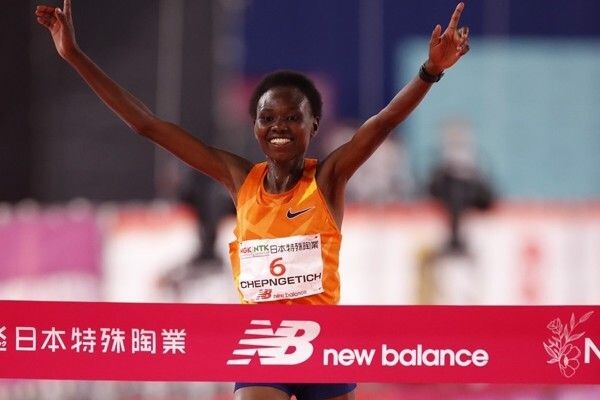
The 28-year-old Kenyan didn’t suggest she’ll be taking aim at the world record again on Sunday, but it was clear that she intends to win.
“I’m happy to be back in Nagoya,” she said. “My condition is good, and my target for Sunday is to defend my title with a course record.”
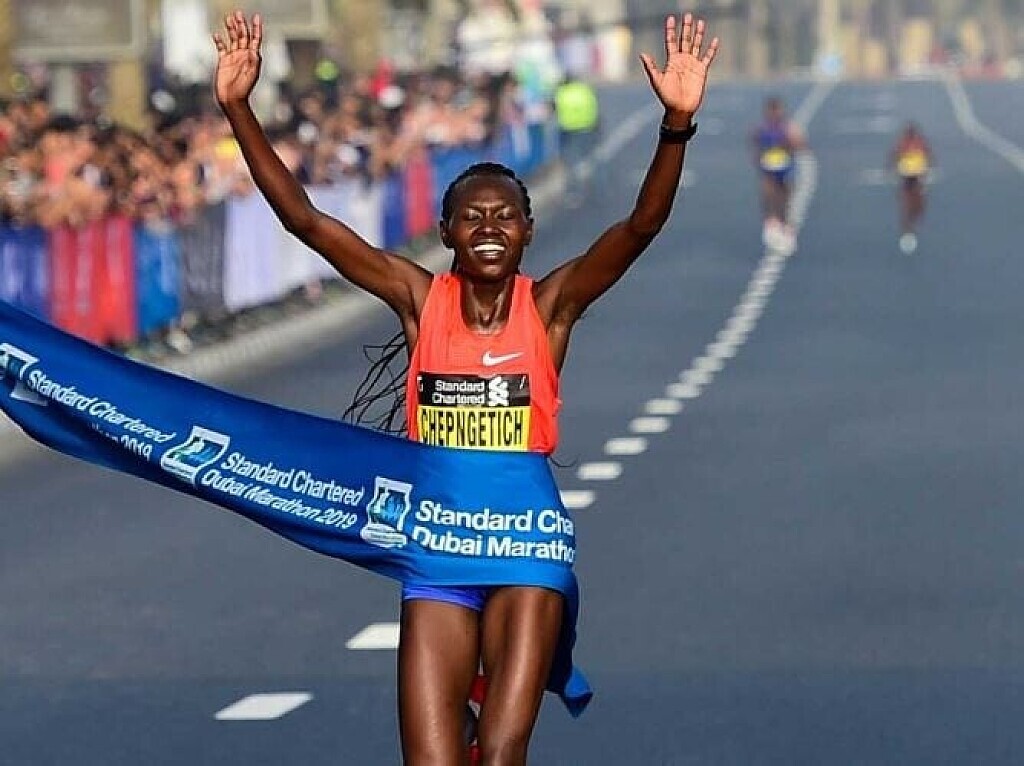
Chepngetich has raced just twice since her victory in Chicago last October. She clocked 1:07:53 to finish third at the Jeddah Half Marathon in December, and then ran 31:39 to place second over 10km in Jaen in January. Both performances may be a bit shy of her PB form for those distances, but whenever Chepngetich takes to the start line for a marathon, more often than not she will be in form to win. Of the nine marathons she has completed to date, she has won seven of them.
But she will be kept on her toes by compatriot Nancy Jelagat, who set a PB of 2:19:31 in her last race, the 2021 Valencia Marathon. Although she hasn’t raced for more than a year, the Kenyan’s PBs of 30:50 for 10km and 1:05:21 for the half marathon underline her calibre.
Japanese hopes rest with Ayuko Suzuki, who represented her country at the Tokyo Olympics. After finishing second at Japan’s Olympic trial race and then placing 19th at the Games, she went on to smash her PB with 2:22:02 at last year’s Berlin Marathon.
“I want to reach my fullest potential and improve my PB,” she said.
Fellow Olympian Honami Maeda, meanwhile, added: “I want to run under 2:24 and qualify for the selection race for Japan’s marathon team for the Paris Olympics.”
Other leading Japanese contenders include Mao Uesugi, Mizuki Tanimoto and Yuka Suzuki.
Australian duo Eloise Wellings and Isobel Batt-Doyle are also among the entries, along with China’s Li Zhixuan and Zhang Xinyan.
The Nagoya Women’s Marathon offers the world’s highest first prize of US$250,000. For the first time in four years, the race will have a mass field as the Japanese government finally lifted its Covid-related border restrictions last year.
(03/11/2023) ⚡AMPby World Athletics
Nagoya Women's Marathon
The Nagoya Women's Marathon named Nagoya International Women's Marathon until the 2010 race, is an annual marathon race for female runners over the classic distance of 42 km and 195 metres, held in Nagoya, Japan in early March every year. It holds IAAF Gold Label road race status. It began in 1980 as an annual 20-kilometre road race held in...
more...Runner Sues After He Was Shot By Hunter on Missouri Trail
Fred Cay says he can no longer run marathons or ultramarathons and is suing the turkey hunter and the state of Missouri after suffering injuries as a result of the 2021 incident.
On the morning of May 8, 2021, Fred Cay donned a yellow vest and headed out to a bucolic public trail in St. Louis overlooking the Missouri River to put in some miles at the Weldon Spring Conservation Area, a popular hiking, biking—and hunting—spot. However, his 8.2-mile run on the Lewis Trail was cut short when a hunter fired his shotgun at Cay, felling the then 47-year-old endurance athlete. First responders wheeled Cay to a clearing and he was flown to the hospital by helicopter.
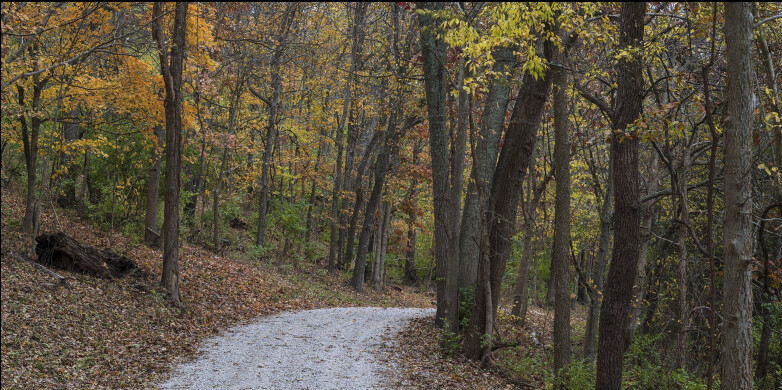
He’s now suing the hunter, Mark A. Polson, the state of Missouri, and a group involved with developing trail systems in the region, according to the St. Louis Post-Dispatch. An incident report shows that Polson thought he’d shot at a turkey. The hunter, 62 at the time of the incident, told investigators that he fired one shot at a flying turkey and then immediately heard a person scream. He said that when he found Cay, he’d been hit in the side by three shot pellets, including two that went into the chest cavity.
According to the lawsuit, Cay alleges that he suffered a collapsed lung, punctured lung, lacerated spleen, punctured pericardium, and two puncture wounds in the side. He went through multiple surgeries—exploratory, open-heart, and to repair damage to his lungs and other organs—and suffered a blood clot while recovering.
Before the shooting, Cay competed in marathons and ultramarathons, and now, his attorney, Carey Press, argues in court records, his “endurance and running ability has been hindered by his injuries, and it is unknown if they will ever return to their previous capacity.”
Polson had a permit to hunt in the conservation area that day, but Cay’s lawsuit claims there weren’t adequate warnings to notify runners, cyclists, and pedestrians of the managed turkey hunt taking place.
“By specifically regulating, inviting, and permitting these hunters to be in such extremely close proximity to public recreational users, MDOC breached its duty to keep public users, such as Fred Cay, free from foreseeable harm,” the lawsuit states.
Mark Zoole, in charge of the district’s defense, told a reporter that while the Metropolitan Park and Recreation District “naturally feels sympathy for Mr. Cay’s injury, it is not responsible in any way for the incident.” He continued, “The District did not own or control the property where it occurred, and did not have any control over the actions of the individuals involved.”
Polson, the hunter, entered an Alford plea to second-degree assault early this year, an acknowledgment that there is enough evidence to convict, but not an admission of guilt. His sentence was suspended and he’s been placed on probation for five years, with conditions that he cannot obtain firearms or hunting licenses during this time, and must complete a hunter safety course.
Turkey hunting season begins again this April at the Weldon Spring Conservation Area, but Polson won’t be amongst his fellow sportsmen this year. Nor will Cay be joining fellow runners for local events like the St. Louis Track Club’s upcoming Weldon Spring Trail Marathon and Half.
(03/11/2023) ⚡AMPWant to Age Well? Do Tree Pose Every Day for Better Balance
If you can't touch your toes and think that means you can't do yoga, think again. Better yet, it might be one type of exercise you want to start (or continue) practicing into your golden years — especially balancing postures like tree pose.
Whether or not you're familiar with this asana (which means "posture" in Sanskrit) or it's completely new to you, tree pose is perfect for beginners and totally customizable. That means you can adjust the pose according to your body and still reap all the benefits!
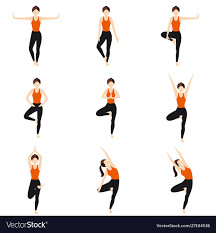
Yoga and Healthy Aging
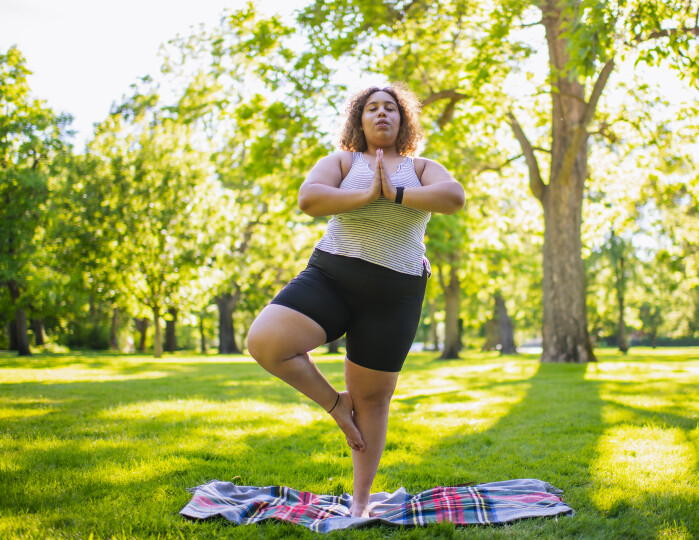
Research shows adopting a yoga practice can have benefits for cellular aging, mobility, balance and mental health, and it's been tied to the prevention of cognitive decline (i.e. loss of brain function due to aging), according to an August 2021 review in Advances in Geriatric Medicine and Research.
Policymakers have even begun to consider how implementing community and home-based yoga programs may offer a way to lower medical costs and improve health outcomes for older adults and seniors, per the same review.
But if not you're able to get to a studio or you don't have an hour to spend on your mat, you can still reap some the aging benefits of yoga by practicing balancing postures like tree pose, which train your posture and balance, strengthen your lower body and core and help calm the nervous system for less stress and better sleep.
How to Do Tree Pose
Tree pose is a hip-opening posture that works deeply into the groin and inner thighs, so you may want to warm up your hips with a posture like reclined or seated cobbler's pose first for about 3 to 5 deep belly breaths.
If you're feeling loose, you can practice tree pose without a warmup. Just be sure to move slowly and modify or stop if you feel any pulling or painful sensations. As always, talk to your doctor or physical therapist before adding a new exercise or yoga posture into your routine.
Stand with your feet about hip-width apart. Let your arms hang by your sides, palms facing out, and your eyes gazing straight ahead.
Engage your core as you put your weight onto your right foot and lift your left knee up toward your belly, grabbing hold of the knee at the top.
Keep the standing leg straight but don't lock the knee. (Try your best not to bend down to grab the knee or foot.)
Grab hold of your left ankle or foot and place the sole of your left foot onto the inside of your right thigh. Allow your left knee to relax down.
Alternatively, you can place the sole of your left foot just below your knee. Never place the foot directly on the knee!
Once you feel stable here, place your palms together in front of your heart and roll your shoulders down and back (away from your ears), creating length in your abdominals and upper back.
For a more active stretch in the upper body, extend your arms above your head in a V shape, rolling the shoulders down and away from the ears.
Hold the posture for 3 to 5 deep belly breaths.
To come out of the pose, slowly bring your left knee back up toward your belly so that your knee is facing forward before slowly and gently placing the foot back down on the ground.
Take 3 to 5 breaths before switching to the other side.
How to Modify Tree Pose
If you're finding it hard to balance in tree pose, start with a different version. You can modify tree pose by placing your left heel onto your right ankle, keeping the ball or toes of your left foot on the ground.
In this version, focus on engaging your legs and core and lifting up through the front of your body as you press your right foot down.
If you're still finding it hard to balance, you can also practice tree pose next to a wall and use a hand on the wall to keep you stable. Focus on your breathing, and when you feel stable, play around with taking your hand off the wall.
(03/11/2023) ⚡AMPDesigning a Shoe for “The Running Class”
Why Tracksmith, an apparel brand immersed in the culture and heritage of running, started making shoes
Several times every month, Matt Taylor can be spotted wearing a well-worn gray cotton T-shirt on his daily morning runs in suburban Boston.
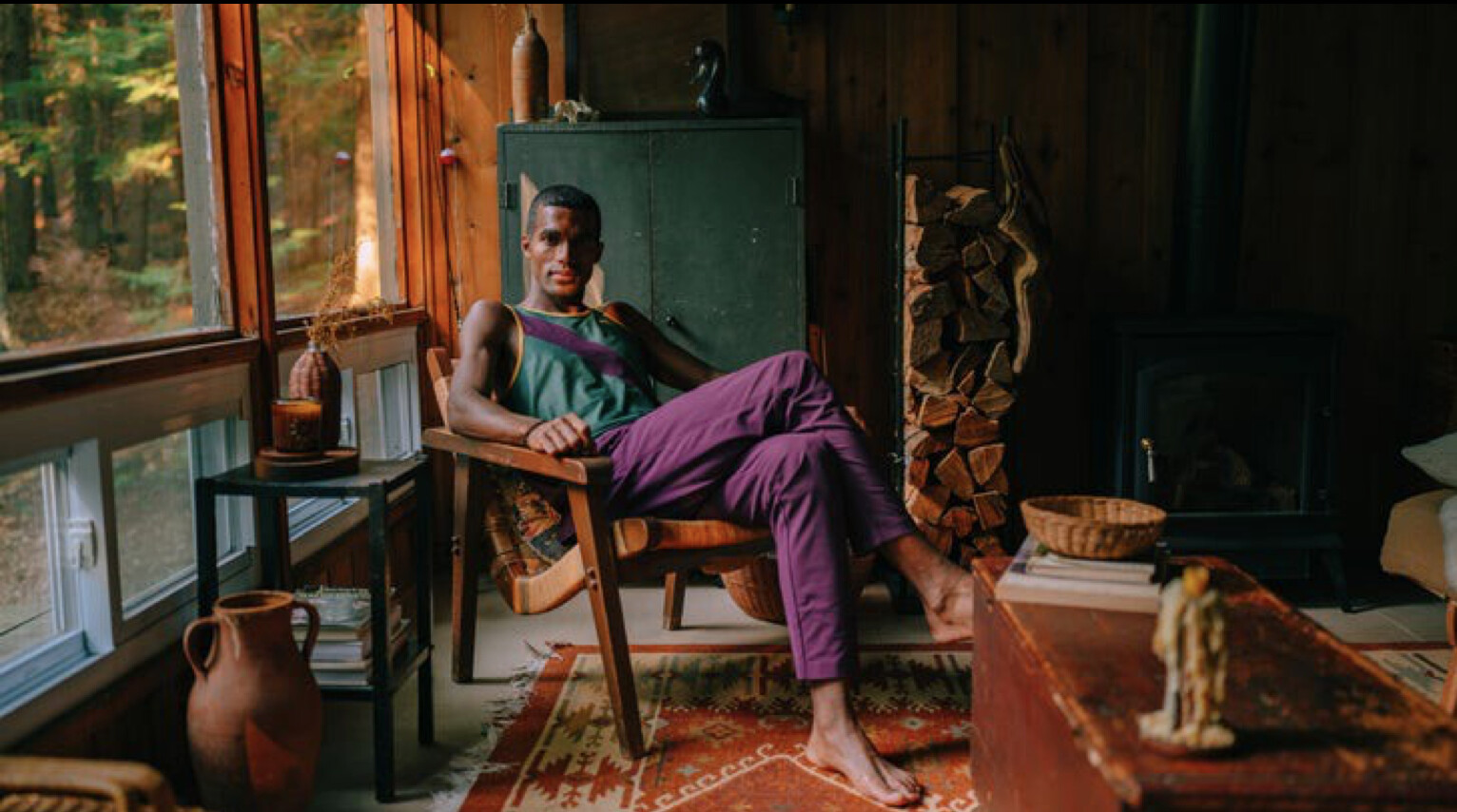
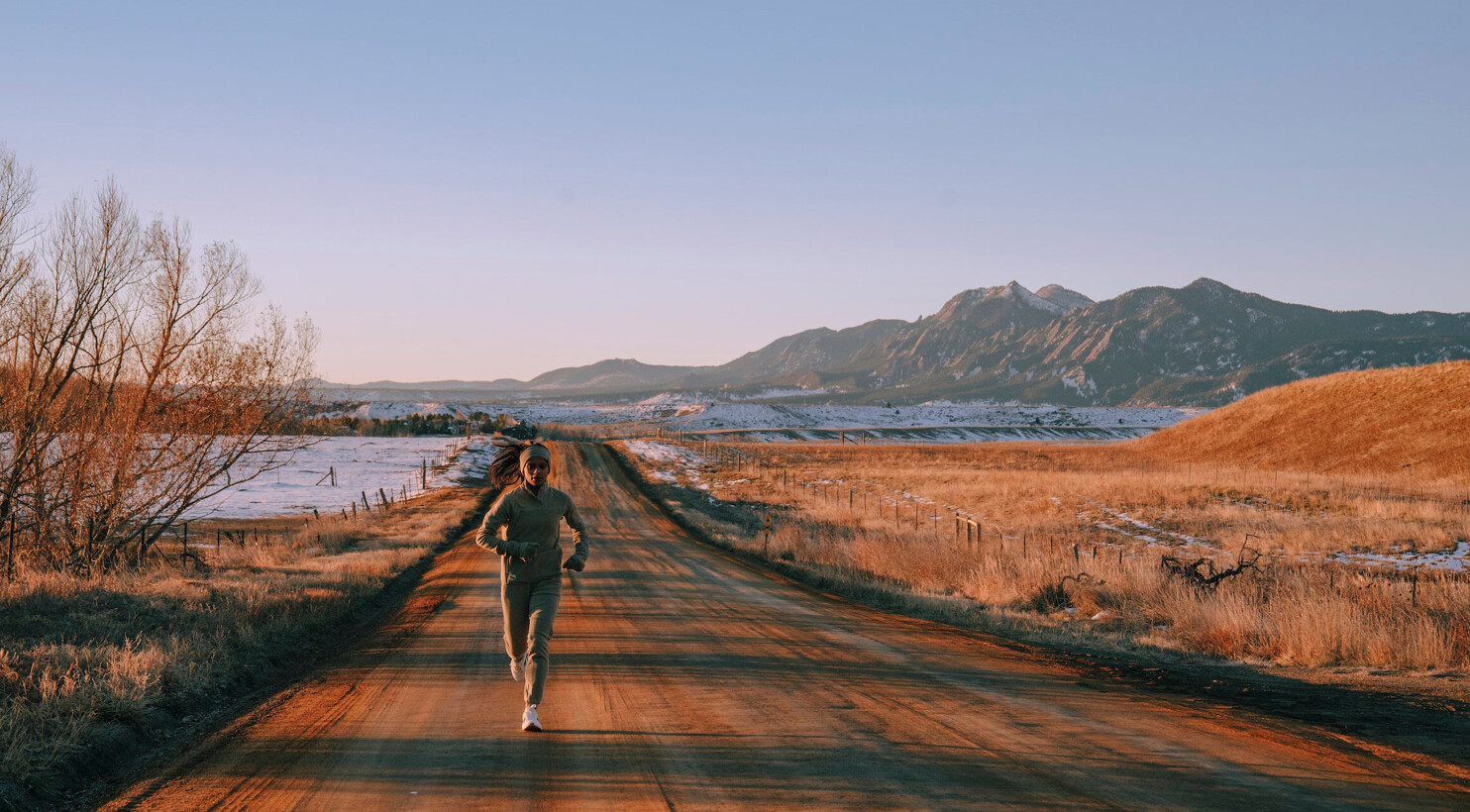
The “Tracksmith” lettering across the front has faded after an estimated 1,000 miles of running and more than a 100 cycles through the wash, but the original Grayboy brand produced at Tracksmith’s inception, in 2014, has otherwise held up pretty well.
To Taylor, the 45-year-old co-founder, CEO, and primary visionary for the venture capital-backed upstart, it’s a personal reminder and validation of the quality Tracksmith strives for in everything it makes, but also tied to the durable functionality necessary for the authentic daily training of a committed runner. It hearkens back to the previous generations of runners who toiled in the daily grind, another key element of Tracksmith’s vibe.
“We want to make high-quality products with the best raw materials, but we think about value, not price,” Taylor says. “If we can create a product that has a lot of value because of those things—durability, some performance characteristics, even something that aesthetically that looks and feels a lot better than anything else in the market—that’s where we put our focus.”
After eight years of making a name for itself in the apparel business, Tracksmith is making new waves at the start of 2023 with the launch of its first shoe, the Eliot Runner. It’s a retro-inspired, everyday training model with a modern Pebax midsole and insole that embodies the look and quality craftsmanship the brand has become known for, while also celebrating the culture of the sport.
The Eliot Runner is designed to be a performance-oriented training workhorse that’s capable of long runs, up-tempo workouts, recovery runs, and, well, just about any kind of running except for racing. And true to the brand’s running lifestyle aesthetic, it also looks nice with jeans.
The new shoe, like a lot of Tracksmith’s running apparel, ranks at the higher end of the price range for training models, but that’s directly related to the high-quality products it strives to produce, Taylor says. Tracksmith is focused on style, quality, and running culture. Those three tenets are baked into everything it produces—its apparel line, its thoughtful storytelling content, and now, its training shoe—by way of premium materials and a distinctive design aesthetic rooted in the heritage of the sport.
“It’s about being uncompromising on performance, but bringing more of a refined look to it, too,” says Tracksmith brand president Ryan Eckel, who previously worked alongside Taylor when both held marketing roles at Puma more than a decade ago. “When the company launched with apparel, it was able to rethink the aesthetic of what traditionally would look like for running, and we’ve tried to take that approach to footwear as well.”
When Tracksmith burst onto the scene as a premium running apparel brand in 2014, it didn’t intend to be a disruptor, but it quickly caught the attention of the marketplace with its retro vibe. It comes across as proud of its small but growing indie status, while relentlessly waving the flag of the “running class,” non-professional yet competitive runners dedicated to the pursuit of personal excellence.
At the time, the running apparel market was dominated by running shoe companies and outdoor brands focused primarily on making brightly colored nylon and spandex clothes in the midrange price point.
Tracksmith’s rise, along with Oiselle, Ciele, and Rabbit at about the same time, opened the floodgates for a wave of upstart apparel brands blending style and performance, including Roark, Saysky, Bandit Running, Satisfy, and Territory Run Co.
“Running apparel was not very inspired back then,” says Taylor, himself a former collegiate steeplechase runner. “All the resources were going into footwear, creating an opportunity to come out with product that was higher quality, with a different style and aesthetic to it, that was built from the subculture of running. That was a really powerful way to launch the brand, and it also created some reactions from people who were not sure what to make of it.”
In its early years, Tracksmith’s disruption was met with some resistance by an aging adult running population dominated by Baby Boomers and Gen Xers, but it found a connection with Millennials and Gen Z’ers who were interested in a different look and deeper meaning in their identity to running. Tracksmith has served that up continually with authentic, multi-platform storytelling.
Although runners have known Tracksmith as an apparel company, they’ve also been able to immerse in the brand’s social media posts, TV commercials, printed catalogs, and Meter magazine, all providing an immersive look into the sport. Prior to working at Puma, Taylor was an independent filmmaker who produced a series called “Chasing Tradition” about college cross country programs and athletes in pursuit of U.S. Olympic Trials qualifying times.
With Taylor’s leadership, Tracksmith has made it a point to create marketing campaigns based on real athletes doing real workouts, as opposed to having super fit models pose or do camera run-bys as most other brands do. During the 2021 U.S. Olympic Trials track championships, Tracksmith aired several TV spots during the NBC broadcast that included raw footage of amateur runners doing a workout of 400 repeats on the track. These more avant garde commercials, narrated by author and amateur runner Malcolm Gladwell, earned rave reviews from running fans for their authenticity and also because they weren’t blatantly hawking Tracksmith products.
Tracksmith also recently produced a mesmerizing long-form video called “Church of the Long Run,” in which director Emily Maye orchestrated a crew and a sophisticated camera rig mounted on a truck to film runner Sam Roecker as she did a solitary 14-mile, 80-minute run on a snow-covered road in the foothills near Rollinsville, Colorado.
“Matt has really been ahead of his time with that type of storytelling,” says running coach Mario Fraioli, creator of “The Morning Shakeout” podcast and newsletter. “He was doing that before his experience at Puma, and his experience at Puma clearly helped put him in the position to launch Tracksmith. But if you look at the storytelling that the brand does, that’s been there since day one, and that’s all Matt Taylor. It’s been very intentional on his part. He saw an opportunity that, from a brand perspective, those types of stories weren’t being told.”
Inherent to the Tracksmith’s DNA is the celebration of the daily grind, the long-term training journey toward big goals, and the community and culture built around the shared suffering it fosters. It doesn’t sponsor top-tier elites like Nike, New Balance, and Hoka, but instead embraces the amateur spirit of passionate athletes who are otherwise unsponsored but are fervently committed to training. For example, Tracksmith’s community manager, Lou Serafini, broke four minutes in the mile as an unsupported runner and lowered his marathon PR to 2:14, after starting with the company in 2017. (He eventually signed a pro contract with Puma.)
A few years ago, Tracksmith began informally supporting amateur athletes who were close to the U.S. Olympic Trials qualifying standards in the marathon and long-distance events on the track. That led to a more formal Amateur Support Program (ASP) that provided racing kits and training gear to 130 athletes who competed in the 2020 U.S. Olympic Trials Marathon in Atlanta. The program expanded to support dozens of athletes in every discipline at the Track and Field Trials in Eugene, Oregon, in 2021, and has continued to evolve into 2023.
This year, athletes from both the U.S. and U.K. can apply to be part of the program that will provide them four quarterly stipends of $250 along with a racing kit, warmups, and Tracksmith Eliot Runner shoes, as well as virtual coaching and support through Zoom-based seminars.
That goes a long way in supporting hard-working athletes on the cusp, says Carmen Graves, a Denver-based runner in her second year with the ASP. “It’s pretty wild to see the sea of Tracksmith jerseys at the U.S. championships and Olympic Trials,” says Graves, who was seventh in the 3,000-meter steeplechase at last year’s U.S. outdoor track championships. “Tracksmith definitely stepped up to fill that gap between unsponsored and under-sponsored athletes. Just giving us something to help is sometimes enough to get to the next level, and I think that’s really important.”
Mostly, the program helps athletes sustain their careers with the chance to chase their dreams, but for several runners it has led to compete at the highest levels of the sport. For example, Keira D’Amato was 12th at the U.S. Olympic Trials Marathon while racing in Tracksmith gear, which she leveraged into an eventual Nike sponsorship that led to her breaking the American record last year at the Houston Marathon. Similarly, 3,000-meter steeplechase athlete Mason Ferlic competed unsponsored in Tracksmith gear on the track and earned a spot on the U.S. team that competed in the Tokyo Olympics.
“We know as runners, there are no shortcuts to anywhere worth going, but I think a lot of brands—and they would never say this explicitly—take a lot of shortcuts in how they do things, whether it’s with the products they’re making or marketing campaigns,” Fraioli says. “With Tracksmith, from the beginning, they have really prioritized authenticity and quality over quantity. They’ve never sacrificed the quality of their offerings, whether its products, events, experiences, in order to go big and appeal to a mass market. I think that was a major differentiating point, and I think that resonated with their customers and the people who feel most connected to their brand.”
Although Taylor is nearly 10 years into his role at Tracksmith, he says footwear has been on the brand’s roadmap since it set out to be a full-fledged running brand. It was always just a matter of timing and when the company would have the resources, internal team, and the bandwidth to properly develop a shoe coherent with its image and likeness, he says.
“We’re pretty particular in how we bring things to market,” Taylor says. “We wanted to make sure it was the best version of what we could achieve. To be honest, it took a little bit longer than expected. I think entrepreneurs are eternal optimists, and in my original pitch deck, I thought we’d get to footwear in year three, and we’re doing it in year eight. As we continue to execute our vision of being a global lifestyle running brand, footwear will play prominently into that strategy.”
When Tracksmith started its initial foray into the shoe business, internally, more than five years ago, the first modern marathon super shoes hadn’t even been released yet. But as soon as Nike unveiled its original models with carbon-fiber propulsion plates embedded in their midsoles in 2017, it signaled a massive shift in the industry that had every big running shoe brand consumed by the racing shoe category.
And while every brand eventually did launch their own versions of modern racing shoes, it created a hole in the training shoe category of the market. As Tracksmith worked behind the scenes on developing its new shoe, several other small brands entered the market, too, including Atreyu, Speedland, Norda, Nobull and Vimazi, while also giving rise to “athleisure” brands like AllBirds.
What sets Tracksmith’s approach to shoes apart, says product line manager product line manager Brent James, is that its focus has been more about serving the needs of dedicated runners and less about the actual products. In other words, it got into footwear on its own terms and timeline without concern for wholesale sales pressures about timing, pricing, and quantities.
“Being authentic to running and runners, it’s not always about those glamor race moments when you’re achieving PRs or winning races,” James says. “We know running is really about the work, and that’s really communicated through the imagery we share and the blood, sweat, and tears we represent through each launch. Delivering a shoe that is along for that ride and helping you through that, and equipping you for that work, is what we set out to do first.”
Launching a footwear line, even if it’s just one shoe, is no small task. In addition to gaining a company-wide competency of the footwear business and ramping up with new team members, Tracksmith also required developing new manufacturing partners and creating a distribution plan that doesn’t, at least at the outset, include running specialty stores. Most of Tracksmith’s apparel has been sold directly through its website, its original Boston retail store, and pop-up stores managed in New York and London.
Initially, the Eliot Runner will only be available through a similar network, although the brand’s presence in New York and London has evolved into exquisitely crafted retail shops with the same boutique atmosphere as its Boston location. Additional pop-up stores might become part of the brand’s marketing strategy, as well as wholesale distribution avenues.
Taylor and Eckel expect footwear to become a large part of Tracksmith’s business going forward, but not overnight. While the brand has a lot of ideas about potential future models, for the moment, there’s nothing else in the development channel. The brand will focus on pushing the Eliot Runner into the marketplace this spring and summer, while evaluating the feedback it gets from its unique distribution model.
“We want to be competitive with those brands within the mindshare of the consumers, for sure,” Eckel says. “Whether that’s at a literal shoe wall at a specialty store or somewhere else. We’re confident in our abilities to make product that is as good or better than other brands out there. So yeah, we certainly think we can compete with those brands over the long-term.”
(03/11/2023) ⚡AMPby Outside
Three Rules to Keep Your Running Simple
One of my most memorable runs took place in Costa Rica when I was wearing sandals, board shorts, and a bathing suit after river rafting, and I couldn't resist the opportunity to run through a rainforest full of birdsong and howler monkeys.
My watch couldn't find the GPS signal to measure distance, but I didn't let that, or the lack of running shoes, stop me. I ran for 30 minutes, energized and entranced by the surroundings. That joy-filled run is a powerful reminder that we don't always need a planned workout or gear to reap the benefits of a run. We just need to break into a run and go.

Having run trails and ultras for two decades, I sense that runners are overthinking and over-complicating the relatively simple act of trail running more than ever before. We have way more access now to information and commentary about ultra-distance running, and more biofeedback due to sensors on smartwatches, phones, and gadgets. We follow elite runners online and try to train like them. It's easier than ever to fall into the comparison trap, feeling that our training is inadequate compared to the others we follow on Strava and social media.
I'd encourage you to tune out those messages and tune into the reasons you chose running long distances on trails in the first place: because it's healthy, beautiful, adventurous, and it makes you feel better. It's motivating and rewarding to train for an ultramarathon. And it's relatively cheap and simple, especially compared to gear-intensive sports like skiing or cycling. Just lace up your shoes-it's OK if those shoes are designed for road running!-and find your way to some dirt path somewhere, then go.Don't Let Perfect Be the Enemy of Good
During the many years I coached runners, the most difficult-to-coach clients tended to share a perfectionist streak that made them research the heck out of the sport and ask all sorts of questions, ranging from foot strike to electrolytes. Paradoxically, they often skipped workouts, or on race day, they DNFed. I suspect these high-achievers spread themselves too thin to fit in their training, plus they wanted each workout and race to be planned and executed to an extremely high standard. They couldn't adapt to a "good enough" or "some is better than none" mindset to just get out and get 'er done, and their seriousness sucked much of the joy out of the process.
Coach Liza Howard, a highly accomplished ultrarunner, told me she had a similar experience with some of her athletes. "I've had a lot of 'come to Jesus' talks where I say, 'You just need to get out and run.'" She says they'll send her articles about certain hill workouts to add to their training, or ask what their stride length should be, and she'll reply, "I don't want to talk to you about any doodad unless you start getting at least six hours of sleep." Three Basic Rules
The food writer and journalist Michael Pollan famously distilled all his research into a single line of nutrition advice composed of three short phrases that are rules to follow: "Eat food. Not too much. Mostly plants."
Could we come up with a similar line of basic advice for our sport? I'll try: Run regularly. Not too fast. Mostly trails.
Run Regularly.
"Regularly" means consistently and frequently, following a sensible pattern that gradually increases the amount you run over weeks and months, depending on your goals. Carve out time to run at least three, preferably more, times a week, even if it's only for 20 minutes on some days. Sometimes, generally once a week, push the duration of a run to a point that feels challenging and fatiguing. Prioritize a good night's sleep to recover, and make sure you don't stack too many extra-long or hard-effort runs on top of each other so that you can adequately recover from the stress.
"Training is not always exciting, and in some cases, it may even be boring," says competitive ultrarunner Jade Belzburg, who coaches with her partner Nick de la Rosa at Lightfoot Coaching. "How many easy eight-mile runs have I done in the last eight years? Too many to count. And yet, I find these simple, consistent runs are what have made the biggest impact over time."
We don't always need a planned workout or gear to reap the benefits of a run. We just need to break into a run and go.
"Regularly" also suggests naturally and normally. This can be accomplished by paying attention to your internal cues-breath rate, fatigue and sweating-to determine how hard you're running and to find a sustainable effort level that allows you to keep going for the duration of your run, ideally with more joy than stress.
Howard advises the athletes she coaches to focus on their breathing to determine an appropriate pace and to ignore their watch mid-run, then review the watch's data afterward rather than while running. Not Too Fast.
This brings us to the next rule: "not too fast." Most of your runs should be at a steady "tortoise" pace that feels sustainable and allows you to talk in full sentences. Running in the aerobic zone (less than 80 percent of your max heart rate, or, put simply, at an effort level that allows you to talk) has numerous benefits and develops your aerobic energy system for long-distance running. If you get so winded running up a hill that you gasp while trying to speak, then downshift to hiking.
"Learn the rate of perceived exertion"-a scale of 1 to 10, with 10 being maximum unsustainable effort and speed-"and keep most runs at what feels like an easy pace of 4 to 6," advises de la Rosa. The beauty of the rate of perceived exertion is that you follow your body's cues, not your watch's pace or heart rate reading.
Some high-intensity workouts with bursts of faster running are beneficial for any runner, to boost cardiovascular fitness and develop quicker leg turnover for speed. Hence, most runners fit some form of speedwork into their weekly routine. But most running should feel relatively slow and easy.
Mostly Trails.
OK, so why the final rule: "mostly trails"? The inherent variability and enjoyment of trail terrain can help you accomplish the first two points-to run more regularly and intuitively, and not too fast. If you're an urban dweller in a flat region who can only get to a trailhead occasionally, don't despair. Run wherever is most convenient and motivating, and try getting creative using stairways or a treadmill's incline to simulate hills.
Stay Safe, Simply
After you purchase the most basic and essential piece of gear-your running shoes-you'll face decisions about clothing, gear, hydration, and fueling. These aspects of trail running quickly become expensive and complex. To simplify, ask yourself, what do I need to stay safe?
The riskiest, most potentially life-threatening scenarios of trail running involve getting too hot (heat stroke) or too cold (hypothermia), dehydration or overhydration without adequate sodium (hyponatremia), getting lost, or getting hurt and not being able to get help. Start by planning your clothing, gear, and hydration now to avoid those scenarios in the future.
Use layers of clothing to regulate your body temperature and to provide sun and wind protection. A lightweight, breathable wind shell that repels rain can be a trail runner's best friend. Investing in gear such as a headlamp and a GPS tracker with an SOS button (in case you're out after dark or in the backcountry out of cell range) are wise investments for mountain runners, as is a basic first aid kit.
Carry plenty of water, along with some form of electrolytes such as salty snacks or tabs that dissolve in fluid, to replace fluids and salt you lose through sweating. Drink to thirst and do "the spit test" to determine if you're hydrating adequately. Is your mouth too dry to easily form spit? Then you need to drink!
You'll need something to carry your gear and hydration. As with shoes, a comfortable hydration vest or waist pack is a highly individualized choice. Try some on, read reviews, and look for bargains such as sales on last year's models.Tips to Fill Your Tank
Eating before, during, and after a longer run is vital, too, but it's more of a performance matter and rarely a safety issue. If you bonk from low blood sugar or puke, you'll still have enough stored energy in the form of fat to keep slogging through your run. As long as you're adequately hydrated, you'll be OK when you get home, or to the next aid station in a race, where you can regain some calories. You just won't run well or feel good, so let's avoid that scenario with proper fueling!
The amount and type of food you should consume mid-run depends on your fitness, body size, and the intensity and duration of your outing, so you'll need to experiment to find what works for you.
Generally speaking, you don't need to consume calories during everyday lower-intensity runs that are shorter than about 90 minutes, as long as you start your run with a "full tank" from healthy and satisfying eating throughout the day. Don't forget to refuel post-run, to restore the burned energy. Nonetheless, it's wise to carry a simple snack such as an energy gel on any run, and use it if you feel weak, or in case you end up on the trail longer than expected.
For runs and races that go from several hours to a full day, aim to eat around 200 calories per hour after the first hour. Don't demonize carbs, as they're your best energy source mid-run. Whether simple sugars from gels and sports drinks or a picnic-like buffet of sweet and starchy snacks, what works best for you during a long run can depend on many factors, including your stomach and palate. The best advice I got for parenting my two kids also applies to mid-ultra fueling: "Do what works!"
In addition to trying specialized gels and powders on the market, I also encourage you to experiment with everyday options on longer trail runs that are available from any grocery store, including potato chips, trail mix, a banana, or a good ol' PB&J. For sugar, try a cookie or some candy.
Most of all, try to remember that food is an athlete's fuel and friend, and it's best to eat a variety of food in quantities that leave you feeling truly satisfied. Runners who develop an adversarial or overly controlling relationship with food are doomed to suffer negative consequences in the long run, literally and figuratively. Ultimately: don't overthink it, and do what works best for you.
(03/10/2023) ⚡AMPby Trail Runner Magazine
110 Ultra Trail Runners Evacuated from Race Course
Heavy rains caused a river to overflow, stranding runners in freezing temperatures during the Southern Lakes Ultra in New Zealand.
A 7-day, 6-stage ultra-marathon on the South Island of New Zealand, was interrupted by severe weather earlier this week, which resulted in several athletes needing to be rescued, according to the New Zealand Herald. Rains quickly became intense, causing the Arrow River to rise in the wee hours of the morning, leaving runners stranded and unable to cross. Temperatures hovered around freezing, which meant athletes started experiencing hypothermia. Rescue efforts included personnel from the New Zealand Police Department, Search and Rescue, Fire and Emergency New Zealand, and Queenstown rescue helicopters.All in, 110 racers were evacuated. Seven race participants and one official were flown to Queenstown Lakes Hospital to be treated for hypothermia. According to reports, all have been released and are doing well. The South Island of New Zealand (Te Waipounamu) is known for its stunning glacial lakes and towering mountains. Runners of the event are promised endless breathtaking views before finishing in Queenstown, known as the adventure capital of the world. Participants have the choice between the long course (261 km) or the short course (226 km), and are encouraged to go at their own pace—from hiking to competitive running. The Southern Lakes Ultra spans 6-stages from February 19-25, including a rest day. It’s billed as a race that’s perfect for experienced trail runners and beginners alike. Each stage is between 10 and 70 kilometers. According to the race website, the course requires comfort in the backcountry. “Please, do not take lightly the terrain you will be in. Some of our stages are remote. You will be climbing and descending for hours, potentially some in the dark. You must be confident in the backcountry, on trails.”

Despite the weather conditions and rescue efforts, the race is continuing as planned. Some athletes have voiced disappointment in that decision, saying the race should have been called off and river levels checked more frequently. According to reports, one athlete said, “Conditions on the mountain were treacherous in the dark for an event which was pitched for beginner ultra competitors. ‘Show must go on mentality’ seems tone deaf.”
Most importantly, everyone is safe and accounted for. Rescue Coordination Centre Operations Manager Michael Clulow said he was grateful for everyone who helped with and supported the rescue effort.
(03/10/2023) ⚡AMPby Runner’s World
Six date ideas for running couples, it's time to combine your love life with your run life
If you’re dating a runner, that’s good news for you, because no matter what, you’ll always have something to bond over. You two share a common love (for running!), so why not incorporate running into your dates? There are plenty of ways to turn a run into a date (and vice versa), so it’s time to give it a try. Here are six ideas to get you started.
1.- Go for a run

This one’s pretty obvious, but if you don’t run with your partner, then you should test it out. You’re both so busy with work and training, and you might not have much time together when you’re finally done for the day. Running together is a great way to spend more time together without sacrificing any training hours. So lace up, head out the door with your significant other and enjoy a nice long run, side by side.
2.- Have a running picnic

Pack a backpack with your favorite foods and snacks and find a trail with a scenic lookout. You and your partner can run there together, then take a well-deserved break for lunch. After you eat and enjoy the scenery, you can run back (or have a nice, relaxed hike).
3.- Run and ride
If you’re training for a marathon and your partner is focusing on shorter races, your long runs are likely much longer than theirs. Or maybe it’s the opposite, and you’re the short-distance runner in the relationship. In either case, you can still hang out together on your long runs, with the marathon runner on foot and the 5K runner riding beside them on a bike. This will give the marathoner some welcome company for their long run, and it will give you a chance to chat.
4.- Enter a destination race
Plan a getaway with your partner and sign up for a destination race together. You can have a romantic weekend away while still doing what you both love—racing. Don’t forget to make reservations somewhere for your joint carb-loading meal. Maybe you have some vacation days to spare and you can tack on a few days after the race, so you can enjoy your destination post-run once the stress of the event is in the past.
5.- Couples massage
Book a couples massage for you and your partner. You’ve both been training so hard, so you deserve a treat, and what’s better than a massage to aid in your recovery? Enjoy a massage together to help your bodies unwind ahead of your next workout.
6.- Pace your partner
Now, we know that pacing your partner in a race won’t give you a chance to talk much, but it’s still a good way to spend some time together. Plus, your partner will appreciate your help as you pace them to a new PB (hopefully), and when it comes time for your A race, they’ll be there to return the favor.
(03/10/2023) ⚡AMPby Ben Snider-McGrath
Bronze medalist Wiseman Were targets August's global festival in Budapest
Bronze medalist Wiseman Were says he not only wants to compete at this year’s World Athletics Championships in Budapest but also shine at the Olympics and African Championships.
Were, who placed fourth in the men's 400m hurdles race at the 2022 Commonwealth Games, says he wants to run fast times to win the competition.

Were said: ''My ultimate goal is to compete in Budapest. I have to work hard for it and it is a step-by-step process. It starts with the African Championships, Commonwealth Games, and All African Games before transforming to the Diamond League and Olympic Games.''
The medalist is hopeful despite not winning the gold at the Commonwealth Games and hopes to capitalize on the failure as a motivation to become even better.
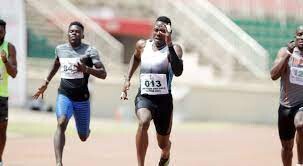
“I thank God because it was my first indoor race and I did well but due to some challenges I finished fourth. The experience was enlightening as it was an eye-opener for me,” he said.
The bronze medalist believes by the fast times being set around the globe is a message for Kenyans to up their game.
He set his goal even lower this year after clocking 49.09 seconds in the 400m hurdles last year.
“My target this year is to run under 49 seconds in the 400m hurdles. I am targeting 48 or 47 seconds this year,” said Were.
Were clocked in 20.97 seconds in the men's 200m race at the second Athletics Kenya track and field meeting, which was held in February at Nyayo Stadium.
"I was here to build my speed in the 200m race to help me run even faster in the 400m hurdles and qualify for the World Championships," said the athlete.
He is looking forward to the third leg of the Athletics Kenya track and field meeting which is set to take place in Thika this weekend.
Meanwhile, the 19th edition of the World Athletics Championships is scheduled to be held from August 19-27 in Budapest, Hungary.
(03/10/2023) ⚡AMPby Maryan Siyad Abdirahman
World Athletics Championships Budapest 23
From August 19-27, 2023, Budapest will host the world's third largest sporting event, the World Athletics Championships. It is the largest sporting event in the history of Hungary, attended by athletes from more than 200 countries, whose news will reach more than one billion people. Athletics is the foundation of all sports. It represents strength, speed, dexterity and endurance, the...
more...Hate hills? Here’s an easy hill workout
Are you stuck in the winter blues with your training? Not every run or workout can be a home run, but some days you have to pat yourself on the back for just getting out the door. If your spring race is approaching and you’ve been struggling with workouts, here is a confidence booster to get your training back on track.
Workout
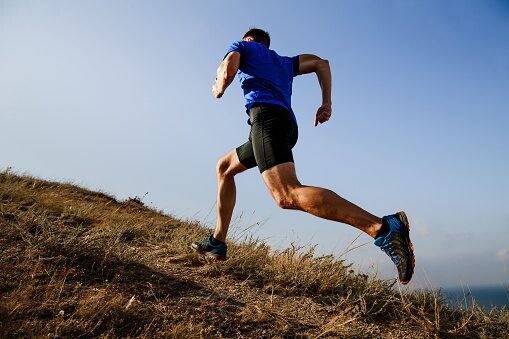
Half-hills: 10 to 20 reps of 15 to 30 seconds on hills, with slow jog-down rest.
Instead of going to the top of your hill, try doing 10 to 20 hill strides halfway up, and slow-jog back down. The purpose of a workout like this is to practise your form and cadence while facing resistance (the hill). Although this workout won’t be as physically taxing on your body as going to the top would be, it’s an easy way to improve your strength and speed if you’ve been in a rut or just getting back into training.
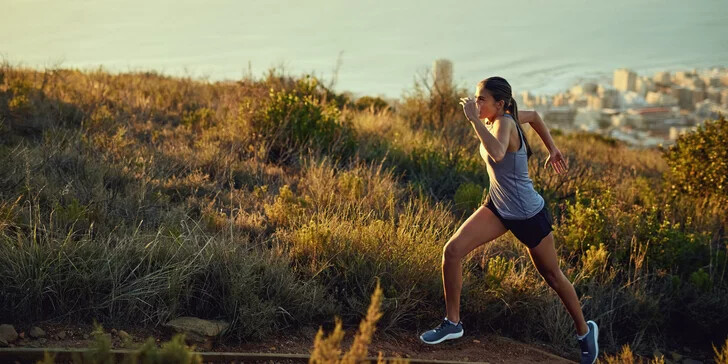
Ideally, you want to do this workout on a hill between 150 and 400 metres in length and leave your water bottle at the halfway point as a marker. If you don’t have something you can use as a marker, use short, 15- to 30-second intervals as a reference.
The pace for each of these half-hills should be done at your 5K goal pace or faster, since the goal of the workout is to practise your turnover, with resistance.
Aim for between 10 and 20 reps, and make sure you aren’t pushing hard on the jog down. This workout can be as hard as you make it, but focus on keeping your body upright and relaxed when climbing.
(03/10/2023) ⚡AMPby Running Magazine
How runners can use fitness tracker apps to find motivation in training
After months of training in the cold of winter, we don’t blame you if you’re losing your motivation to get out the door for a run every day. Even though spring is so close (which means racing season is, too), the promise of good weather might not even be enough to excite you at this point. So, how are you going to break out of this rut? There are plenty of ways to rediscover your motivation, and one option could be through a tracking app. We know it sounds strange, but trust us, a tracking app could give you just what you need to get back to being excited to train.
Newbie tracking
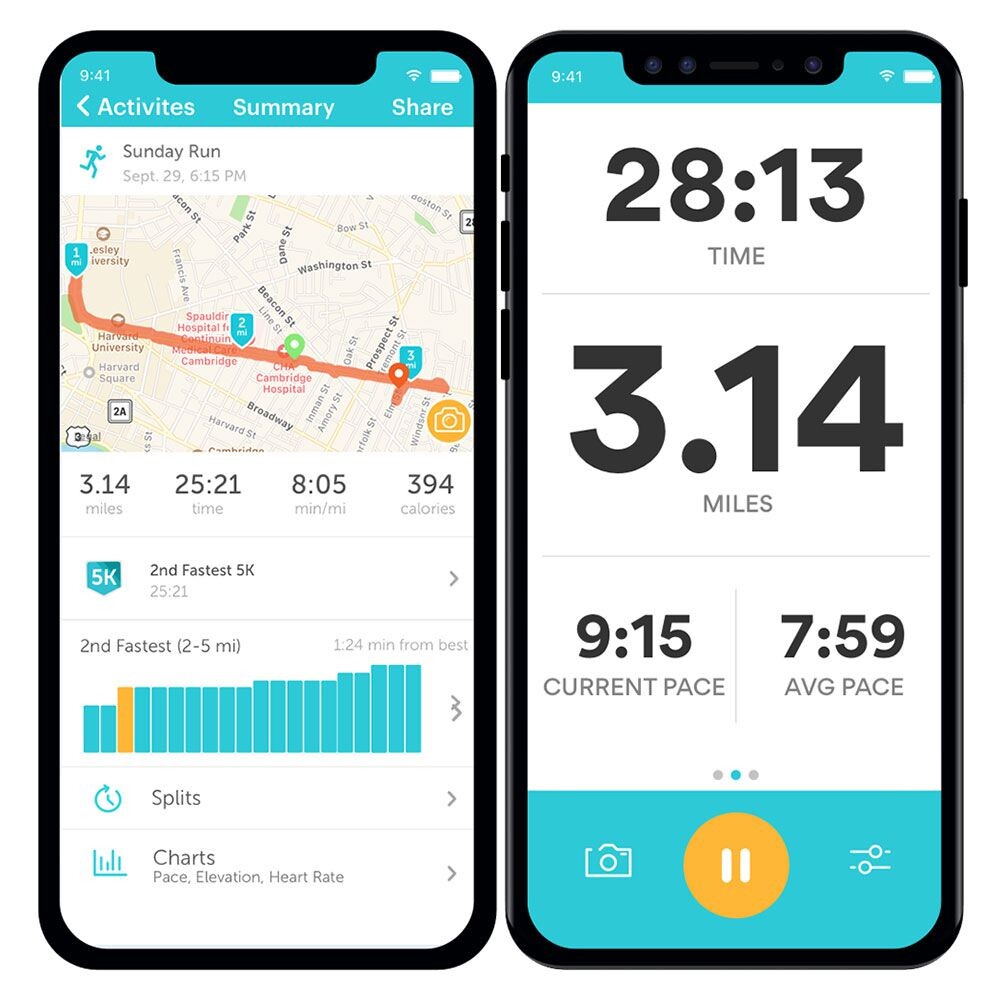
If you’ve never used a tracking app, then simply recording your runs might be enough to get you pumped and eager to train. It can be easy to get bogged down if you’re unsure of the time you’ve been running, your pace or your total distance in every run. Using an app to see these stats will change the way you train, and that change could lead to new-found motivation.
Strava challenges and community

On Strava, there are two main ways that you can regain your motivation to train. The first is the app’s challenge tab, where you can enter dozens of different virtual projects, from distance-based challenges (like running 100K in a month), to goals regarding elevation (climb 2,000m in a month, for example) and more.
The community you’ll find on Strava is another feature that could reignite your desire to train. Strava is a form of social media, and you can follow your friends, elite athletes and anyone else you can find on the app. Seeing other people’s workouts and receiving kudos for yours might be what you need to get into a better headspace in training.
MapMyRun coaching
MapMyRun is Under Armour’s run tracking app, and while it has the usual features you’ll find in other running apps, the main one that could help people with low motivation is its coaching capabilities. If you have a pair of Under Armour shoes from the company’s HOVR lineup, you can connect your phone (and the MapMyRun app) to your shoes via bluetooth. Once you do that, MapMyRun will give you tips on form, cadence and more in real time, helping you become a better runner with every workout. Knowing that you’re improving with the help of MapMyRun may be the key to your next motivational kick.
RunGo’s routes
You might be unmotivated to train simply because you’re bored. It’s easy to fall into a routine in training, and you may find that you’re running the same routes day after day. If you’re looking for a change of scenery with some new routes, check out RunGo, a Canadian-made run-tracking app. On RunGo, you can map out new routes before each run, and the app will then tell you exactly where and when to turn when you’re out and about. (It even works on trails.) A change of scenery might be what you’ve been missing, and RunGo will make sure you get it without having to worry about getting lost.
Virtual races
Virtual races may have become popular during the pandemic, but even though we’re racing in person once more, these events are still easy to find online. Maybe some competition (even the virtual kind) is all you need to reignite your passion for training. While some virtual races require you to use a specific tracking app, many don’t, and as long as you use a reliable app to prove you ran the right distance, you’re set. Download a tracking app, test it out and sign up for a virtual event. Re-introducing goals into your training will almost certainly help you rediscover your motivation.
(03/09/2023) ⚡AMPby Ben Snider-McGrath
Petros, Wanders and Kostro head elite fields for Hannover
Some of Europe’s top names in long distance running will compete at the ADAC Marathon Hannover on March 26th.
Germany’s multiple record holder Amanal Petros and European half marathon record holder Julien Wanders of Switzerland are on the start list for the traditional spring race while the European Championships’ silver medallist Matea Parlov Kostro of Serbia returns to the race where she clocked her personal best.
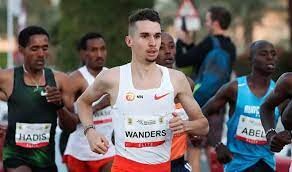
With a PB of 2:04:56 Kenya’s Jonathan Maiyo is currently the fastest athlete in the elite field while Rabea Schöneborn of Germany heads the women’s list with 2:27:03.
Organisers of the ADAC Marathon Hannover, who moved the race from the traditional April date to the end of March for the first time, expect to register over 20,000 runners for the 31st edition, including races at shorter distances. Last year’s Hannover marathon champion Hendrik Pfeiffer, who switched clubs recently and now competes for local club TK Hannover, will compete in the half marathon on 26th March since he will run the Boston Marathon on 17th April. The ADAC Marathon Hannover is a World Athletics Road Race Label event. Online entry for all races is still possible at: www.marathon-hannover.de
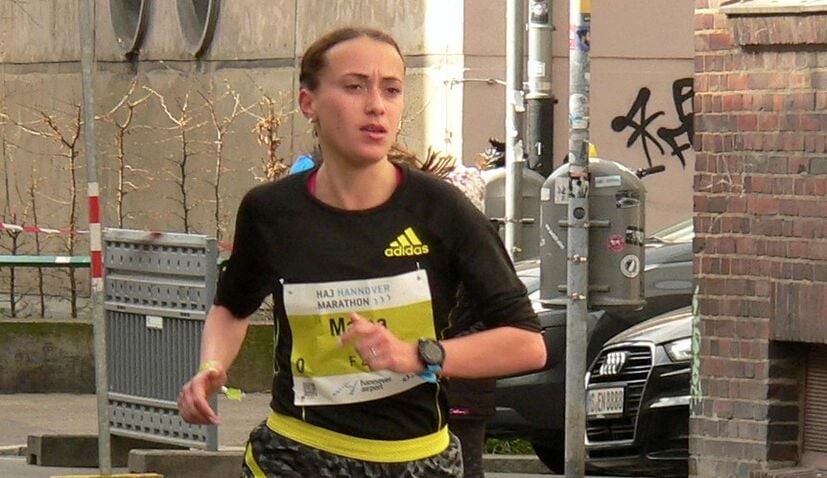
Amanal Petros recently became the first German male athlete in history to have broken the three main national road running records: He already held the best marks for the half marathon (60:09) and the marathon (2:06:27) and then added the 10k record with a time of 27:32 in Castellón, Spain. The 27 year-old, who was fourth in the European Championships’ marathon in Munich last summer, currently trains in Iten, Kenya. “I am looking really forward to run in Hannover for the first time. I am curious about the fast course,” said Amanal Petros, who is a training partner of Julien Wanders. “If my training continues to go well and weather conditions are good on the day I hope to run another personal best.” With such a result he would smash Hannover’s 2:08:32 course record.
Julien Wanders so far could not transform his enormous potential to the marathon distance. The 26 year-old European record holder at 10k (27:13) and in the half marathon (59:13) ran his debut in Paris in spring 2022. Suffering of stomach problems he had to stop three times but still finished in 2:11:52. Wanders then did not finish his second marathon in Valencia in December after running a first half of 63:22. With its flat course and very good pacemaking options the ADAC Marathon Hannover might well be the place where Julien Wanders can finally perform well in the marathon. “A time of sub 2:10 would be nice. I opted for Hannover after speaking with Amanal about the race,” said Julien Wanders.
It will be interesting to see what Jonathan Maiyo will be capable of in Hannover. The 34 year-old Kenyan clocked his personal record of 2:04:56 back in 2022 in Dubai. At that time it was a world-class time. Although Maiyo did not yet manage to run that fast again he showed a number of fine performances. In December he ran a solid 2:09:47 and took fourth place in Malaga.
Germany’s Rabea Schöneborn, the twin sister of Deborah Schöneborn, returns to the ADAC Marathon Hannover and currently is the fastest woman on the start list with a PB of 2:27:03. She was runner-up here a year ago with 2:27:35 and then showed a fine performance at the European Championships. Finishing in 12th position she won the European Cup with the German team in Munich.
The athlete who finished behind Rabea Schöneborn last year in Hannover then turned the tables at the European Championships and became a surprise silver medallist: Matea Parlov Kostro was third at the ADAC Marathon Hannover with a PB of 2:28:39 and then finished runner-up in soaring temperatures in Munich with 2:28:42. The 30 year-old recently improved her half marathon PB to 69:53 and could be in a position for a big personal best in Hannover.
With a PB of 2:27:05 Viktoriia Kaliuzhna of Ukraine is the second fastest woman on the start list. Due to the war in Ukraine she currently lives near Wroclaw in Poland. Kaliuzhna competed in the 2021 Olympic Games as well as the European Championships, but on both occasions did not finish in very high temperatures. She will now be eager to bounce back. Aleksandra Brzezinska will be full of confidence when she travels to Hannover. The Pole ran a PB of 2:28:09 in Valencia in December.
(03/09/2023) ⚡AMPby AIMS
ADAC Hannover Marathon
It is not only the gripping competition that makes the marathon in Hannover so captivating, but also the exceptionally attractive side programme.With numerous samba bands and musicians accompanying the athletes along their sightseeing tour through the city, a feel-good mood is guaranteed on the course. The city will be transformed with a mix of musical entertainment, shows and activities that...
more...Eilish McColgan will tackle NYC Half on the road to London
In-form Brit is set to face Hellen Obiri, Molly Huddle, Senbere Teferi and Karoline Grøvdal in New York next week as Joshua Cheptegei and Jacob Kiplimo lead the men’s field
After breaking Paula Radcliffe’s long-standing British 10,000m record in California last weekend, Eilish McColgan’s next big race in the run-up to her marathon debut in London is the United Airlines NYC Half on March 19.
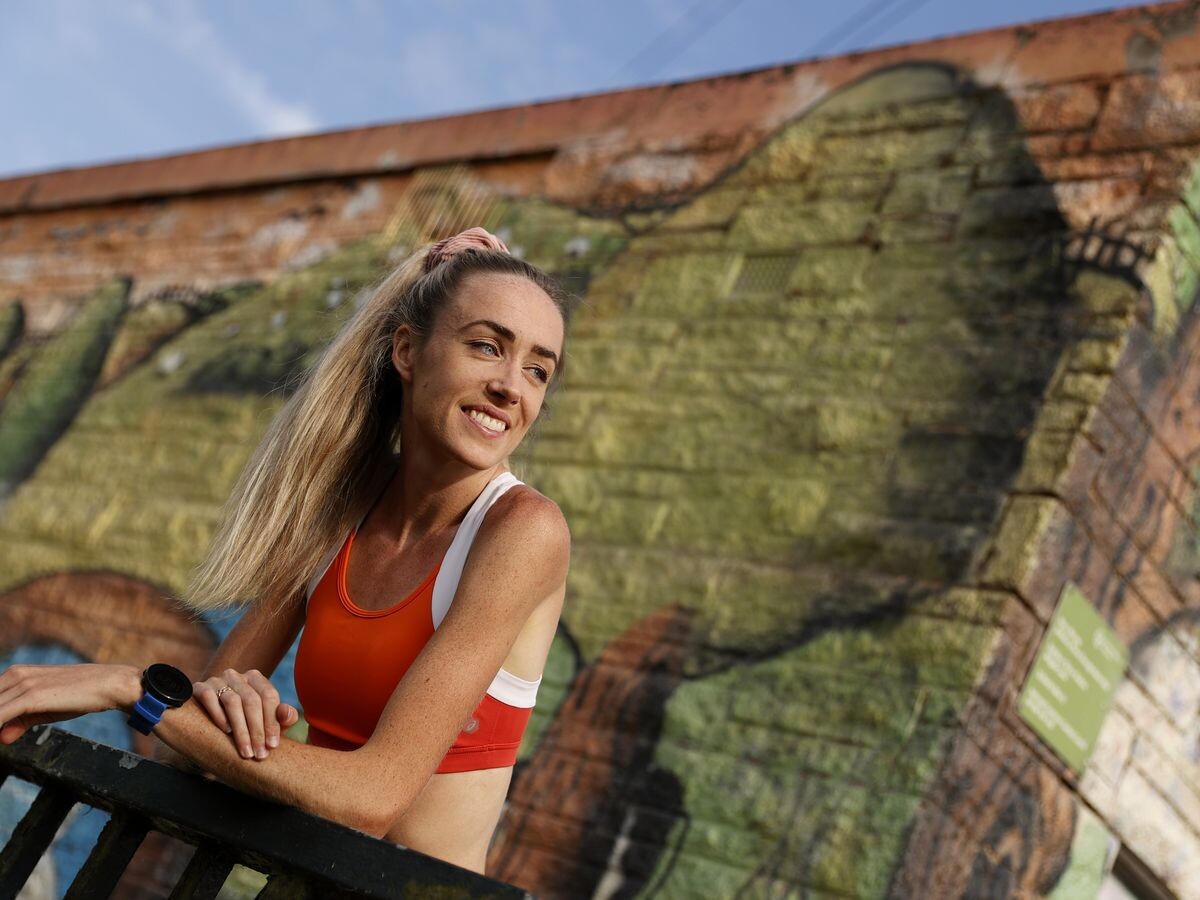
She will face Hellen Obiri, the former world cross-country champion and two-time Olympic medalist, plus three-time NYC Half winner Molly Huddle of the United States.
Senbere Teferi of Ethiopia, who holds the course record with 67:35, also runs, in addition to 2018 Boston Marathon champion Des Linden of the US and reigning European cross-country champion Karoline Bjerkeli-Grøvdal of Norway.
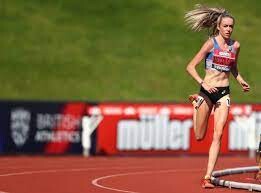
McColgan’s British record is 66:26 from last year’s RAK Half, but Obiri’s best is 64:22 from the same RAK Half, Teferi ran 65:32 in Valencia in 2019 and Huddle has a best of 67:41 from 2016.
Obiri and McColgan clashed at the Great North Run in 2021 with the Kenyan breaking away in the latter stages to win by six seconds. But the Briton has been in terrific form lately with a 30:00.86 national record for 10,000m at the Sound Running Ten event in California.
Her marathon debut in London is set to take place on April 23 too.
McColgan is among a number of Brits set to race in New York City too with others being Jess Warner-Judd, Chris Thompson and Andy Butchart. Warner-Judd ran a half-marathon PB of 67:19 in Houston in January and will be looking to revise those figures.
(03/09/2023) ⚡AMPby Jason Henderson
United Airlines NYC Half-Marathon
The United Airlines NYC Half takes runners from around the city and the globe on a 13.1-mile tour of NYC. Led by a talent-packed roster of American and international elites, runners will stop traffic in the Big Apple this March! Runners will begin their journey on Prospect Park’s Center Drive before taking the race onto Brooklyn’s streets. For the third...
more...Molly Seidel Withdraws From Nagoya Women’s Marathon
Olympic bronze medalist Molly Seidel, who has been slowly returning to form after a fracture in her sacrum, is facing a setback.
She has withdrawn from the Nagoya Women’s Marathon, which she was scheduled to run on March 11 in Nagoya, Japan, according to a brief statement from race organizers. The statement said her withdrawal was due to a right hip injury.
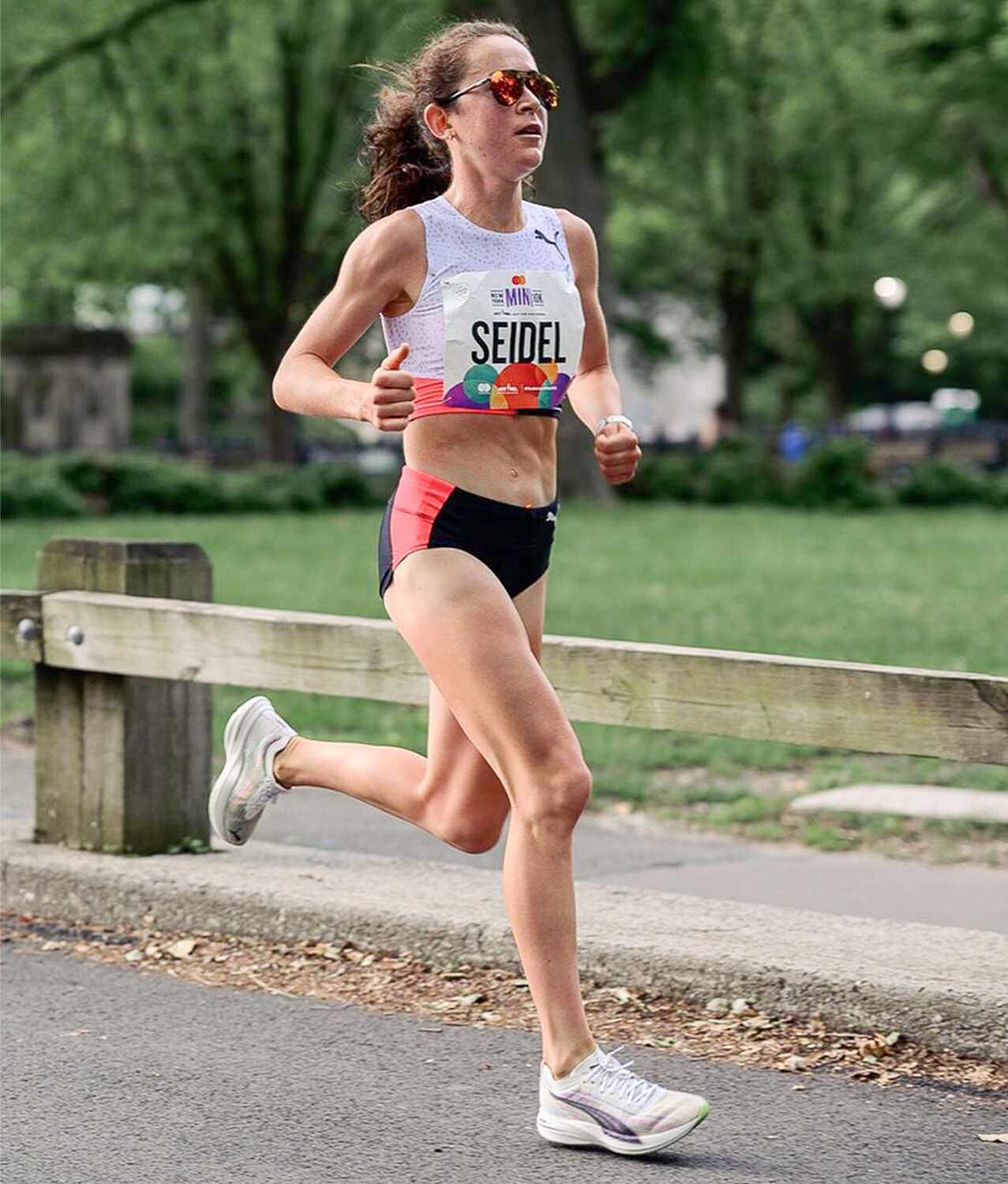
Seidel clarified in a text message to Runner’s World that she pulled her glute in the U.S. Half Marathon Championships on February 26 in Fort Worth, Texas.
“It just didn’t make sense to take that long flight and try to do it on like half capacity,” she wrote, “so we are gonna let it calm down this week and do another marathon this spring.”
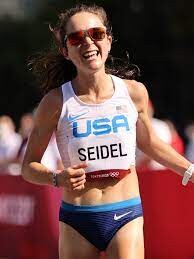
After starting her marathon career with incredible highs—second at the Olympic Trials, sixth at the London Marathon, third at the Olympic Games, and fourth in New York in a personal best of 2:24:42—Seidel, 28, has faced challenges. She dropped out of 2022 Boston Marathon, struggled with a relapse of disordered eating, and was unable to start the World Championships marathon.
In October 2022, Seidel spoke frankly to Runner’s World about her mental health battles, her injury history, and her relationship with social media.
“I’m working as hard as I can to come out the other side,” she said at the time. “But it’s a huge sense of shame and a sense that I’ve just let a ton of people down. People expect me to be fully cured, fully healed, be an advocate for this stuff. And it’s not a completely linear thing. I think that’s been the hardest thing. I just want it to be this one linear, upward trajectory. It never is.”
Seidel raced a half marathon in November in Boston, finishing 16th in 1:16:22. At the half marathon championships, with the pulled glute, she finished eighth in 1:13:08. Although the race was an improvement, she wrote on Instagram that she wasn’t happy.
“Went into the US Half champs hoping to get one last hard effort in before Nagoya, and it was pretty damn humbling,” she wrote. “Lost contact with the second pack after about 5 miles and ran 1–2 mins slower than I was going for. Getting back into form after a long period of time off is already humbling; trying to do that while also preparing to race a pro marathon feels like standing on stage at graduation in my underwear. It exposes every flaw in a public way, and is tough when the results don’t seem to match up with how hard you’re working.”
(03/09/2023) ⚡AMPby Sarah Lorge
Nagoya Women's Marathon
The Nagoya Women's Marathon named Nagoya International Women's Marathon until the 2010 race, is an annual marathon race for female runners over the classic distance of 42 km and 195 metres, held in Nagoya, Japan in early March every year. It holds IAAF Gold Label road race status. It began in 1980 as an annual 20-kilometre road race held in...
more...Top six reasons ultra runners are a breed apart, Ultrarunners' brains might be wired differently (how else to explain it?)
Ultra runners are pretty unique athletes. How many people are willing to run 50K, 100K, 100 miles or more? The answer is not a lot, which is why ultra running is so different from other sports. There are things that ultra runners do that no other athletes (not even short-distance runners) understand. Don’t believe us? Take a look at these few differences between ultra running and other sports.
Eating contests
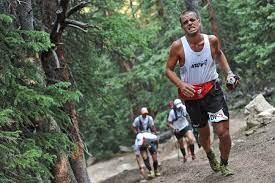
To run an ultra marathon, you have to train well, but when race day arrives, your success will come down to how much you can eat–because after you’ve been running for several hours, your digestive system might be a little out of whack (and what goes in has been known to come back out). If you can keep enough nutrition down to keep your energy levels high for the entire race, you’ll do well.
To do that, ultra runners will eat some pretty random things on the race course (flat Coke and scalloped potatoes, anyone?), besides your classic energy gels and electrolyte drinks. Athletes in other sports are very careful about what they eat or drink before and during competitions, but for ultra runners, it seems like pretty much anything will work as fuel to get them to the finish line.
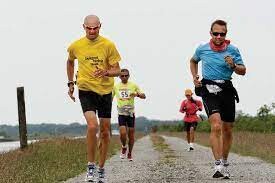
Weird sleeping habits
A basketball player wouldn’t take a court side nap, just like a hockey player would never go to sleep on the bench or in the penalty box, but that’s not the case with ultra runners. If you’re in a race that will take you more than a day to complete, you’re going to get pretty exhausted on the course, and that might mean you’ll need to take a nap break at some point–even if it means lying down by the side of the trail, or in a ditch, for a few minutes of shut-eye. (It’s called a dirt nap, for the uninitiated.) Ultra runners get pretty good at sleeping anywhere and for however long, so they can re-energize and get back to racing.
No rush
In most sports, you’re encouraged to go as fast as possible, because your speed will be rewarded with a touchdown, goal, basket or some other form of points. In ultra running, athletes aim to complete each race in good time, but there’s no rush. In fact, going too fast will only hurt your result and jeopardize your chances of finishing the race at all. Ultra runners quickly learn how to find a comfortable pace that they can hold for hours upon hours (or even days) of running and power-hiking.
No end
While most ultra marathons have set distances, some events are open-ended and go as long as it takes until only one runner is left standing. These are known as backyard ultras, and they task competitors with running a 6.71-km (4.17-mile) lap every hour for as many hours as they can. One by one, athletes will drop out of the race, either because they can’t go any longer or because they don’t complete a lap before the hour is up. Can you think of any other sport with this last-runner-standing, no-end-in-sight format? Didn’t think so.
No schedule
The Barkley Marathons is one of the most infamous ultra marathons on the planet, but despite its cachet, it is incredibly secretive. The race’s start date isn’t even public knowledge until the athletes are at the start line. This would never fly in other sports. The NHL couldn’t tell players to be on-call and ready for a random start date for a game, but in the world of ultra marathons, this system works (for the Barkley Marathons, at least).
Get emotional
After running 100 miles, you’re going to be beaten down, both physically and mentally. Because of this mental wear, you may burst into tears at any moment. In most sports, crying may be a sign of weakness, but in ultras, it’s pretty normal. No one’s going to judge you, and who knows, if they see you crying they may join you.
(03/08/2023) ⚡AMPby Ben Snider-McGrath
Use this short-interval workout to help you surge to the finish line
Depending on how much effort they exhausted or how much speed training they’ve done, the final 100 meters of a road race can be a make-or-break moment for runners. There’s nothing worse than being passed in the final few meters or losing a neck-and-neck race to the finish line. The belief that you are either born with speed or you’re not is erroneous. Although we won’t ever run 9.58 seconds for 100m, there are still ways you can improve your finishing time with the right workouts, like interval training.
The purpose of interval training is to improve aerobic capacity for maximum oxygen consumption while running (VO2 max). Aerobic capacity is generally a reflection of aerobic power and the body’s ability to perform strenuous activity.
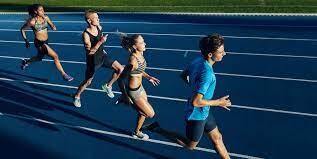
The workout
Three to five reps of three minutes at 5K goal pace, off 30 seconds jog, then 30 seconds at stride/sprint speed, with two minutes rest between reps.
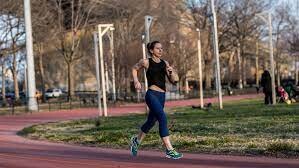
(10 to 15-minute slow jog warm-up before). This workout can be done on the track or the road, but still use time as the marker.
Aim to do each of the three-minute reps around a 5K goal pace, then slow jog for 30 seconds, then quickly accelerate to a comfortably fast speed for 30 seconds while maintaining good form; two minutes walk rest between each rep, then repeat.
The goal of the 30-second sprint after the three-minute interval is to get the body used to pushing at a near-max effort on minimal rest, which will simulate the last 100 to 200 meters of a race.
The more you practice short-interval training, the better your finishing kick will get at the end of a race. If you have an upcoming 5K or 10K, implement a workout like this into your training plan every two weeks.
(03/08/2023) ⚡AMPby Marley Dickinson
2023 Vienna City Marathon features promising field for jubilee race
Vienna features promising mix for jubilee race
The men’s elite race of the Vienna City Marathon promises to present an interesting mix of athletes with different time goals on 23rd April. While there will be a group of Africans who aim to break the long standing 2:05:41 course record for a number of other runners the qualifying time for the World Championships this summer in Budapest is a major goal. 2:09:40 is the standard for the global championships and Norway’s Sondre Moen will be among those targeting this mark in Vienna.
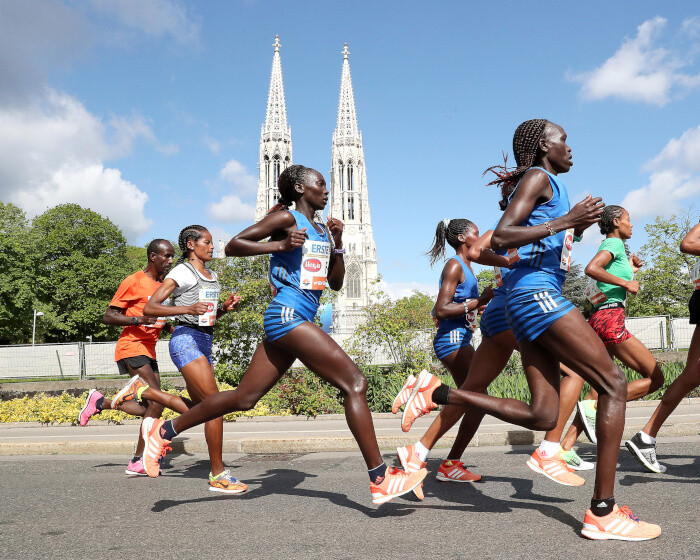
Organizers of Austria’s biggest one-day sporting spectacle expect to register up to 35,000 entries for their event, including races at shorter distances staged parallel to the marathon. With such a figure the 40th edition of the Vienna City Marathon (VCM) will almost reach the dimensions of pre-pandemic years. Entry for the VCM, which is a World Athletics Elite Label Road Race and the only one in Austria that features such a high standard, is still possible at: www.vienna-marathon.com.
There are hopes that the jubilee edition will be crowned by a course record. It was back in 2014 when Ethiopia’s Getu Feleke clocked 2:05:41. An athlete who could be capable of such a performance is Samwel Mailu, who ran his debut in last year’s Frankfurt Marathon although he was only entered into the race as a pacemaker. However the Kenyan carried on after leading for 30k and managed a fine 2:07:19 debut. He was runner-up in warm weather conditions.
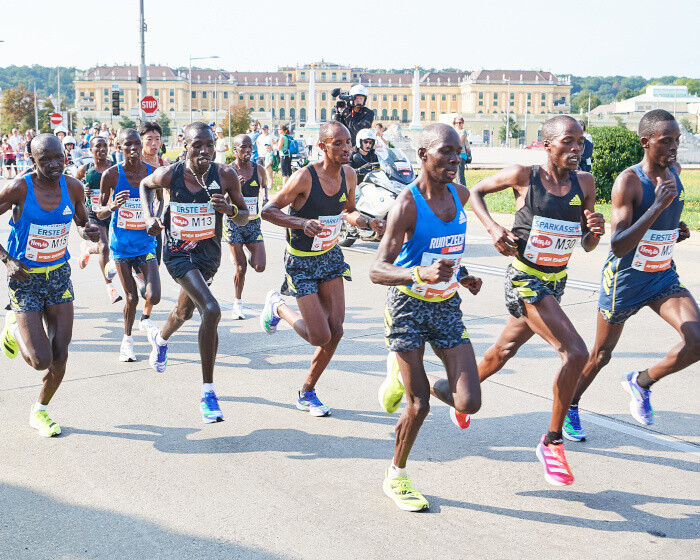
While Mailu will be running in Vienna for the first time fellow-Kenyan Charles Ndiema returns to the Vienna City Marathon. He finished fourth here a year ago when he clocked his PB of 2:08:12. At least two other athletes are expected to join a leading group which targets the course record: Kenya’s Elvis Cheboi and Abe Gashahun of Ethiopia have run very fast half marathons of 59:14 and 59:46 respectively. While Cheboi will run his marathon debut in Vienna Gashahun will be eager to improve his marathon PB of 2:09:25.
After a period with injuries and below par performances Sondre Moen intends to bounce back at the Vienna City Marathon. The main goal for the Norwegian record holder, who ran a European record of 2:05:48 when sensationally winning the Fukuoka Marathon in 2017, will be to qualify for the World Championships at the Vienna City Marathon. “I hope for a positive race in Vienna – physically as well as mentally“, said the 32 year-old Scandinavian. “I plan to run a controlled race with a negative split. Last year was one to forget because of injuries. Now I want to have a good race experience again.“
Another non-African runner who opted for the Vienna City Marathon to achieve the 2:09:40 qualifying time for the World Championships is Ser-Od Bat-Ochir from Mongolia. While the 41 year-old multiple national record holder ran the Mongolian marathon record of 2:08:50 back in 2014 in Fukuoka he broke 2:10 again in Otsu, Japan, two years ago where he ran 2:09:26. Ser-Od Bat-Ochir, who lives in Japan with his family and is sponsored by the Shin Nihon Jusetsu company, has already participated at ten World Championships.
He now wants to improve this record by qualifying for his eleventh start. Last year he finished 26th in Eugene. Ser-Od Bat-Ochir also has been an Olympic marathon runner five times, first competing at the Games in Athens in 2004. „I opted for Vienna because the race is known for producing fast times and the level of the elite field will suit me,“ said the Mongolian.
Andreas Vojta could be among others who are expected to join Sondre Moen and Ser-Od Bat-Ochir in the chase for the World Championships’ qualifying time. There are high hopes in Vienna that the 33 year-old will establish himself as a top Austrian marathon runner on 23rd April. “I want to be 100 percent ready when I will at the starting line. And I am looking for a time of 2:10,“ said Andreas Vojta.
The former middle distance runner, who competed in the 1,500 m at the London 2012 Olympics and at two outdoor World Championships, has an eye on the 2:09:40 standard as well. While he finished last year’s Vienna City Marathon in 2:23:21 after running as a pacemaker this will be his proper elite marathon debut.
(03/08/2023) ⚡AMPby Christopher Kelsall
Vienna City Marathon
More than 41,000 runners from over 110 nations take part in the Vienna City Marathon, cheered on by hundreds of thousands of spectators. From the start at UN City to the magnificent finish on the Heldenplatz, the excitement will never miss a beat. In recent years the Vienna City Marathon has succeeded in creating a unique position as a marathon...
more...French runner completes two-hour half marathon in stilts
Over the last few weeks, we’ve witnessed some runners pull off incredible things while wearing unusual footwear–though what this French runner did at Sunday’s Paris Half Marathon takes the cake. Philippe Graciette of Pau, France, completed the half marathon in exactly two hours while running on five-foot wooden stilts.
The 54-year-old gym teacher completed the half-marathon in 2:00:40, averaging a pace of five minutes and 43 seconds per kilometre while standing an extra four feet off the ground.
Graciette was dressed in a Where’s Waldo? costume and had a sign attached to his back reading “Where’s Charlie? For dummies.” Usually looking for Waldo is difficult, but the stilts make him stand out.
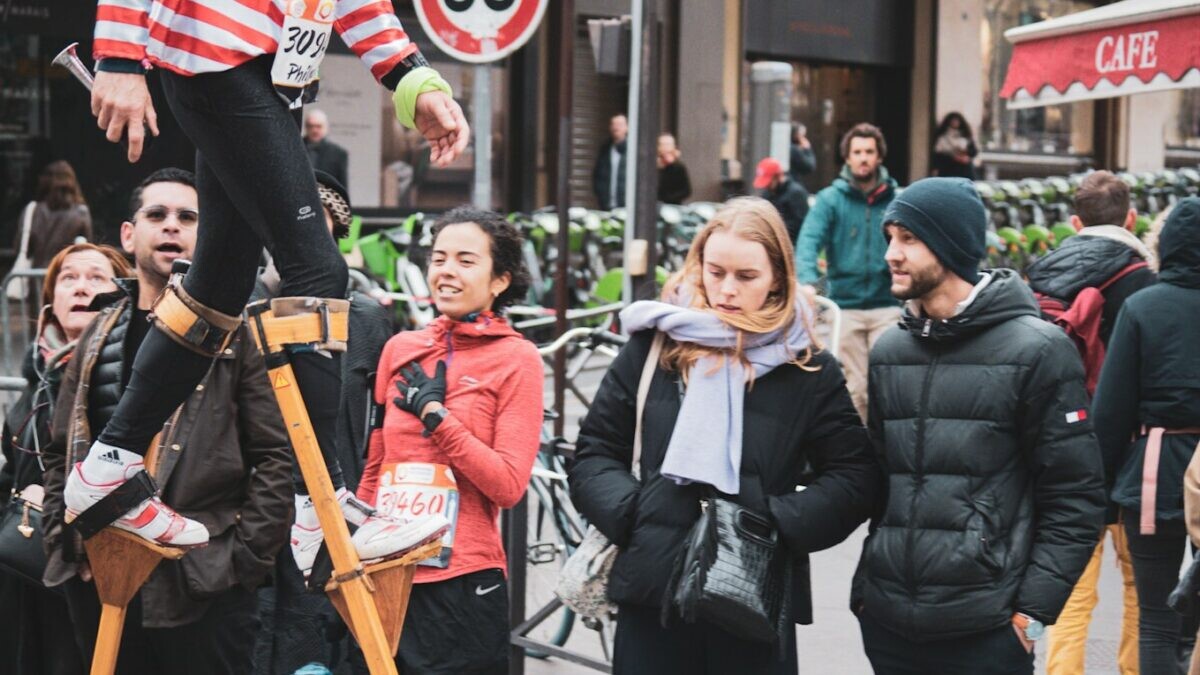
What’s even more remarkable is that Graciette finished in 27,928th place out of more than 45,000 runners. We aren’t sure what World Athletics competition rules are around wooden stilts—either way, his result is impressive.
There does not appear to be a Guinness world record for the fastest half marathon on stilts, but Graciette could likely have achieved it, if he cared to document the event and submit it. If he chooses to move up to the marathon on stilts (he has run at least a couple in regular running shoes), we think he has a shot at the stilts marathon record of 6:37:38 from the 2018 London Marathon (held by Michelle Frost of the U.K.).
(03/08/2023) ⚡AMPby Marley Dickinson
Semi de Paris
Paris Half Marathon (French: Semi de Paris) is an annual half marathon held normally every March in Paris, France since 1993. It currently holds IAAF Bronze Label status. Kenya's Stanley Biwott is the men's course record holder, with his winning time of 59:44 from the 2012 race. The women's course record is held by Nigsti Haftu (ETH), who ran a...
more...Rosemary Wanjiru keen on the global show after superb Tokyo performance
Fresh from winning the Tokyo Marathon on Sunday, Rosemary Wanjiru hopes to be part of Team Kenya's win at the World Championships in Budapest in August.
Wanjiru won in a new personal best time of two hours, 16 minutes and 28 seconds ahead of Ethiopians Gamechu Tsehay (2:16:56) and Ashate Bekere (2:19:11) who were in second and third positions respectively.

Last year during the Berlin Marathon, Wanjiru ran the second fastest debut in the women’s marathon after clocking 2:18:00 to place second behind Ethiopia’s Tigist Asefa.
A seven-man strong pack went through 5km in 16:19 with Wanjiru enjoying the company of last year’s runner-up Ashete Bekere and her Ethiopian compatriots Tigist Abayechew, Worknesh Edesa and Gemechu, as well as Japan’s Mizuki Matsuda, through 10km in 32:34.
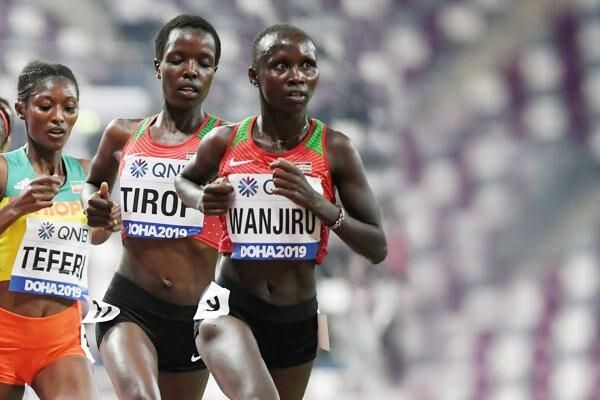
Japan’s woman-only national record-holder Mao Ichiyama, who ran 2:20:29 in Nagoya in 2020, had explained at the pre-event press conference that she fractured a rib in December and she dropped back at the 10km mark, running 23 seconds behind the leaders.
Matsuda was the next to lose touch but was still on a Japanese record pace as the speed picked up again, a sub-16:00 5km split taking the leaders to 15km in 48:32.
The women’s race was down to four by 20km, the tempo having eased slightly as Wanjiru, Edesa, Bekere and Gemechu reached that point in 1:04:44. Matsuda was just over a minute behind them, clocking 1:05:52.
The leading quartet remained together behind the two pacemakers through 25km in 1:21:07, but a few kilometers later that group of four, led by Wanjiru, decided to leave the pacers behind.
The tempo had slipped to 2:17 pace at 30km, covering it in 1:37:25, but Wanjiru and Gemechu forged ahead over the next couple of kilometers.
Wanjiru was running solo by 39km but upped her pace to a projected 2:16:20 finish passing the 40km mark in 2:09:14 and a 19-second lead over Gemechu.
Wanjiru continued to glance over her shoulder during the closing kilometre but she had nothing to worry about and she crossed the finish line well clear, evidently elated with her victory and big 2:16:28 PB.
In the men's category, it was a clean sweep for the Ethiopians with the first Kenyan Titus Kipruto finishing fourth in 2:05:32.
It was an Ethiopian clean sweep of the podium positions with Deso Gelmisa winning in 2:05:22 with Mohammed Ese finishing second in a similar time as Tsegaye Getachew rounded off the podium in 2:05:25
(03/07/2023) ⚡AMP
by William Njuguna
Simiu aims to come out on top at the global Budapest show
Commonwealth Games 10,000m silver medalist Daniel Simiu -ebenyo reckons he has the mojo to romp to the medal podium at the upcoming World Athletics Championships in Budapest Hungary.
In an exclusive interview on Monday, Simiu, 27, pledged to pulverize the field at Budapest's National Athletics Centre on the banks of the Danube en route to a historic triumph.
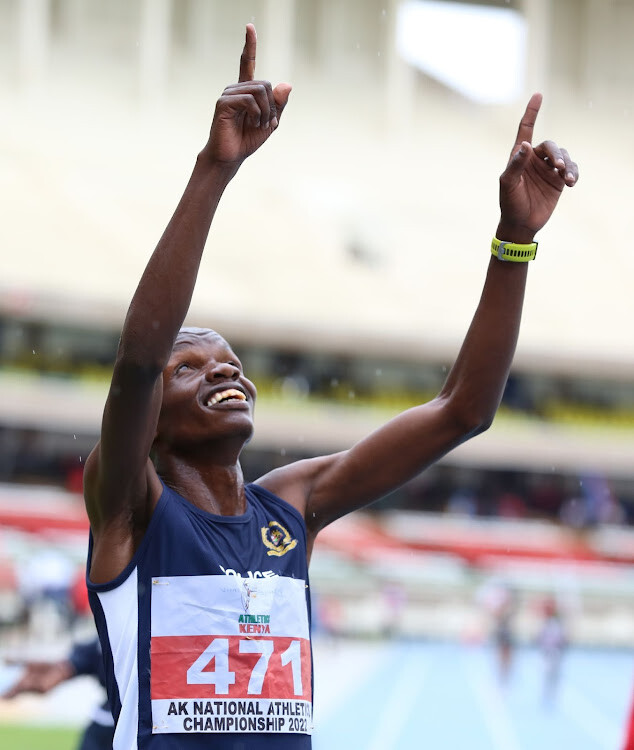
The National Police Service officer, however, said he is yet to decide whether he will compete in the 10,000m or the 5,000m race.
"Whatever race I eventually choose, my goal is to win a medal. I'm keen to better my silver-medal achievement at the Birmingham 2022 Commonwealth Games," Simiu said.
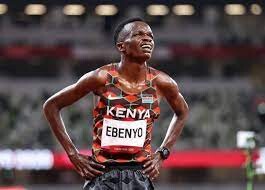
Either way, Simiu must prepare to flex muscles with Uganda's track sensation Joshua Cheptegei.
Cheptegei is the reigning Olympic champion in the 5000m and silver medalist in the 10,000m, a two-time World champion in the 10,000m in 2019 and 2022, a World silver medalist in 2017, and the 2019 World Cross Country winner.
He also won gold medals in the 5000 m and 10,000 m at the 2018 Commonwealth Games.
"I believe I can upset the form book and defeat him to bring home the gold medal," Simiu remarked.
This will be Simiu's second World Athletics Championship if he is selected for the Kenyan delegation.
Despite finishing second in the 5000m trials in 2019, the Athletes Integrity Unit ruled him ineligible to fly the country's flag at the championships.
That was after he failed to fulfill the mandatory three out-of-competition tests as prescribed by law.
Simiu made the squad to Oregon last year, finishing tenth behind Norwegian Jakob Ingebrigtsen, Kenya's Jacob Krop, and Uganda's Oscar Chelimo.
Simiu described his experience in the World Cross-Country Championships in Bathurst, Australia, as a priceless lesson that will propel him to greater success.
"It was a nice experience for me to compete in cross country at the international level for the first time," Simiu said.
"Most of the time I have dropped out of the trials but this time I finally comprised the team. We did admirably well in the face of stiff opposition, and I hope to have the same confidence in Budapest," he explained.
He has promised a masterstroke performance in his subsequent cross-country performances.
"I will be competing in additional world cross-country championships. The competition in Bathurst was a fantastic warm-up for the upcoming track season.
Simiu defeated former World Half Marathon record holder Kibiwott Kandie at the 4th leg of the Athletics Kenya Cross Country Weekend Series in Ol Kalau, Nyandarua County, in November last year.
He finished in 29:29.1 seconds, six seconds ahead of Kandie, who crossed the finish line six seconds later.
(03/07/2023) ⚡AMPby Tony Mballa
Keely Hodgkinson runs 19 consecutive sub-two-minute 800m
British 800m star Keely Hodgkinson won gold at the European Indoor Championships on Sunday, defending the title she first won in 2021. On top of adding yet another medal to her resume, Hodgkinson extended an extremely impressive (but potentially overlooked) streak of now 19 straight sub-two-minute 800m races (not including heats). This is an incredible run of form and it has helped Hodgkinson win multiple titles and honors in her still-young career.
Going sub-two

Running a sub-two-minute 800m is not an easy feat. In fact, only nine Canadian women have broken the two-minute barrier, which shows just how hard it is to do. Yet Hodgkinson has done that, race after race, dating back to June 2021. That was her breakout season, and seeing as it was an Olympic year, it couldn’t have come at a better time for her.
At the start of that season in January, Hodgkinson broke two minutes for the first time, running 1:59.03 at an indoor meet in Austria. She didn’t break two minutes again during the indoor season, but she carried that momentum into her following races and won her first European title at the indoor championships. She then kicked off her outdoor season with a 1:58.89 result in Czechia, and over the next seven finals she raced in 2021, she only once failed to break two minutes.
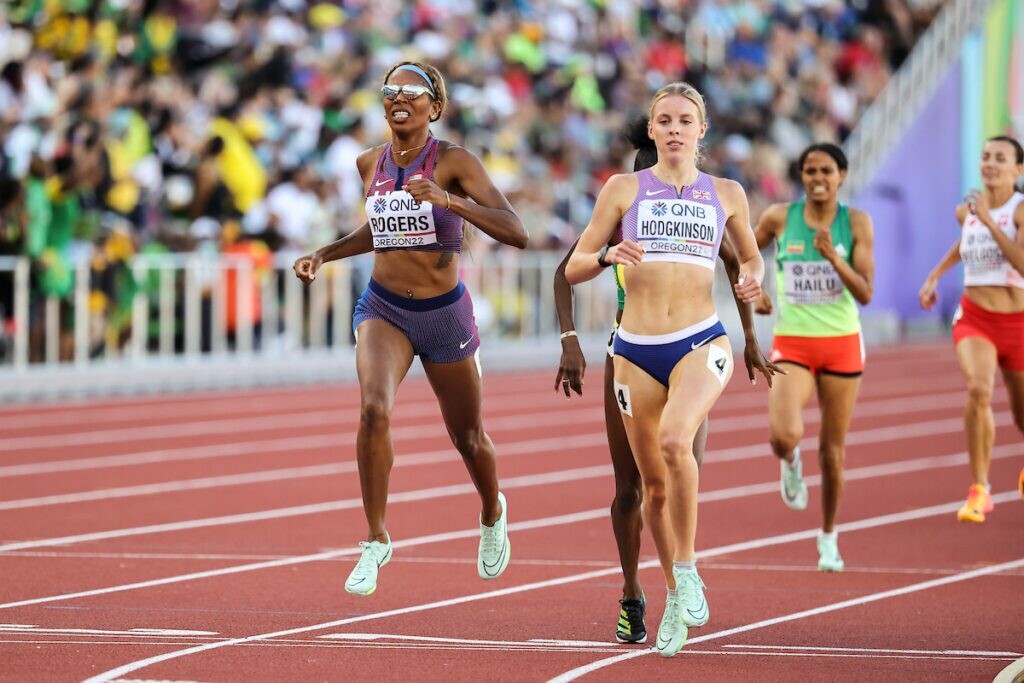
Later that year, Hodgkinson won silver at the Olympics, where she not only continued her then-new streak of sub-two performances, but also set a British record with her blazing 1:55.88 result in the finals. In 2022, her streak carried her to another silver medal, this time at the World Athletics Championships, and the outdoor European crown to match her indoor title from 2021. Hodgkinson has won every race she has run so far this year, with four sub-two results so far.
A tough streak
Hodgkinson’s streak is unprecedented in the 800m, and even the other all-time greats have failed to match her numbers. Athing Mu, the 20-year-old American who won gold ahead of Hodgkinson at the Olympics and World Athletics Championships, has only run four straight sub-two-minute results in her career. Granted, she’s young and still has plenty of time to add a longer streak to her resume, but Hodgkinson is young, too.
American Ajee Wilson owns two world championship bronze medals in the 800m and won the Diamond League 800m title in 2019, but her longest streak of sub-two runs only reached 13. This is still a super impressive tally, but it’s still pretty far below Hodgkinson’s streak, which could grow even longer over the next few months.
Two-time Olympic gold medalist Caster Semenya made it to 16 sub-two results in a row stretching from 2017 to 2019, but that’s where her streak ended (of course, Semenya may have been able to carry this streak on had she not been barred from racing the 800m). Finally, there’s the 800m world record holder, Jarmila Kratochvílová, who had a lifetime PB of 1:53.28. Even she couldn’t match Hodgkinson’s amazing streak, as her longest lasted for just 10 races.
Hodgkinson is truly a special talent, and she continues to prove that in every race she enters. It will be exciting to see her move forward with her career and to see how long she can keep her streak going before she runs north of two minutes once again.
(03/07/2023) ⚡AMP80-year-old runs wild time at USATF 100 Mile Championships
The USATF 100-mile road national championships were held in Henderson, Nev. on Friday and Saturday at the Jackpot Ultra Running Festival, and while the elite men and women produced impressive results, the performance of the weekend has to go to David Blaylock, an 80-year-old athlete from Salt Lake City, Utah. Blaylock finished the race in a fantastic time of 29 hours, 47 minutes and 29 seconds, and he was followed by three other men in the 80-plus age division, each of whom finished the race.
80-plus division

Before this year’s race, Blaylock had already raced the Jackpot 100 several times, and he had managed to break 30 hours on multiple occasions. In 2022, the final year of his 70s, he ran 31:56:28 at the event. While this was still a great result, it wouldn’t have been a surprise if Blaylock, now in the M80 division, didn’t break 30 hours again over 100 miles, but he did just that on Saturday, crossing the finish line with 12 and a half minutes to spare.
The fact that Blaylock ran 100 miles at the age of 80 is impressive enough, but his sub-30-hour result makes the achievement all the more amazing. His average pace was just over 11 minutes per kilometre for the 160K race. Although it’s unclear where Blaylock’s result ranks all-time among Americans, based on the USATF record books, his 29:47 sits near the top. The current M80 American record over 100 miles belongs to Maurice Robinson, who posted a time of 29:03:21 at a race in Kansas in March 2022.

While Blaylock ultimately won the M80 race by more than 20 minutes, his victory was far from a lock. He had to chase 83-year-old Edward Rousseau for most of the run, and for a long stretch, he was an hour back of first place. It wasn’t until the 95th mile that Blaylock made the pass on Rousseau, and from that point on, his lead only grew.
Rousseau ended up crossing the line in a fantastic time of 30:09:08, and 80-year-olds Ian Maddieson and Denis Trafecanty finished third and fourth, respectively, in times of 37:15:39 and 37:59:42.
The elite races
San Francisco‘s Jonah Backstrom, 49, took home the men’s national 100-mile title with a winning time of 14:11:03. He won the race by more than 30 minutes over second-place finisher Zach Merrin, who finished in 14:48:59. Third place went to Pete Kostelnick, who stopped the clock almost an hour later in 15:47:24. In the women’s race, Nevada local Sierra DeGroff won in 15:59:56, just eking out a sub-16-hour result. She finished close to an hour ahead of second-place Lisa Cabiles, who completed the race in 16:42:54. Heather Huggins finished third in a time of 17:09:29.
(03/07/2023) ⚡AMPby Ben Snider-McGrath
Lattelecom Riga Marathon
If you have never been to Riga then, running a marathon or half-marathon could be a good reason to visit one of the most beautiful cities on the Baltic Sea coast. Marathon running has a long history in Riga City and after 27 years it has grown to welcome 33,000 runners from 70 countries offering five race courses and...
more...Eilish McColgan (30:00.87) and Alicia Monson (30:03.82) Break National Records At The TEN
The British and American records in the women’s 10,000 meters both went down late Saturday night in California as Eilish McColgan outdueled Alicia Monson over the final lap of The TEN in San Juan Capistrano. McColgan, the Commonwealth Games champion at 10,000 who is building up for her marathon debut in London on April 23, was only added to the field this week but felt confident in her fitness after five weeks of altitude training in Colorado. It proved an inspired decision as she ran 30:00.87 to narrowly break Paula Radcliffe’s British record of 30:01.09 set in August 2002.
A few seconds behind McColgan, Alicia Monson nabbed her second American record of 2023, running 30:03.82 to smash the previous record of 30:13.17 set by Molly Huddle in the 2016 Olympic final in Rio. Three weeks ago, Monson ran 8:25.05 at the Millrose Games to break the American indoor (and overall) record for 3,000 meters.
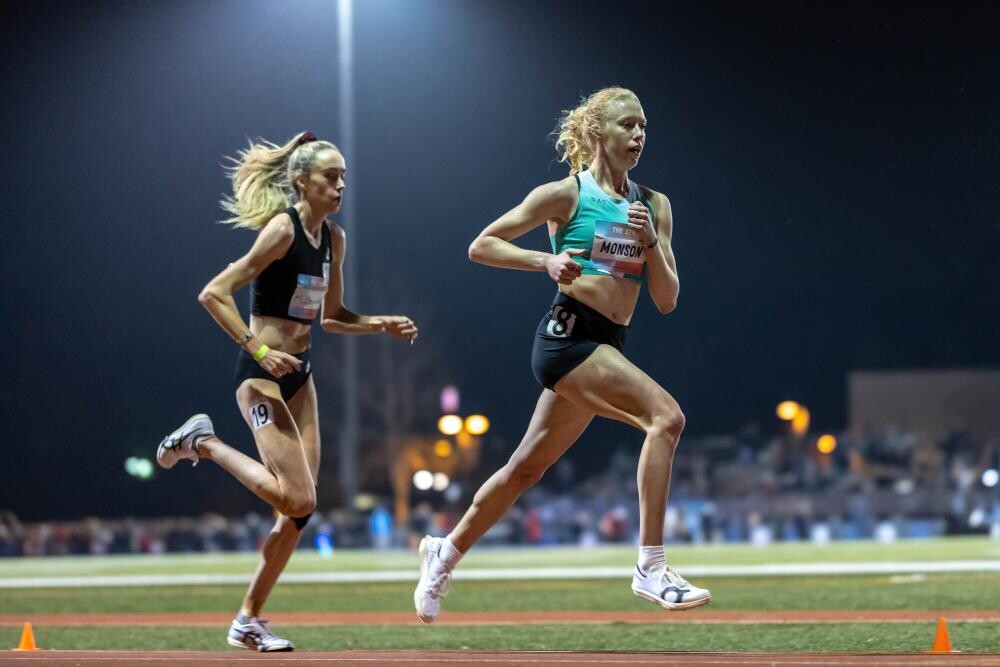
Both women were also safely under the 30:40 standard for the 2023 World Championships and 2024 Olympics on a good night for running fast (50-degree temps, still conditions).
Monson and her camp had billed the race as an American record attempt and they enlisted her On Athletics Club teammate Josette Andrews (a 14:51 5k runner) to handle pacing duties, along with Eleanor Fulton. When Andrews dropped out at 5k (15:09 for McColgan and Monson), they were actually a few seconds behind AR pace, but Monson took over and righted the ship, dropping the pace from 73-second laps to 72’s, then 71’s. By the bell, which Monson reached in the lead thanks to a 70.45 penultimate lap, the question was not whether the AR would go down, but whether either woman would break 30:00 – and of course, who would win the race?
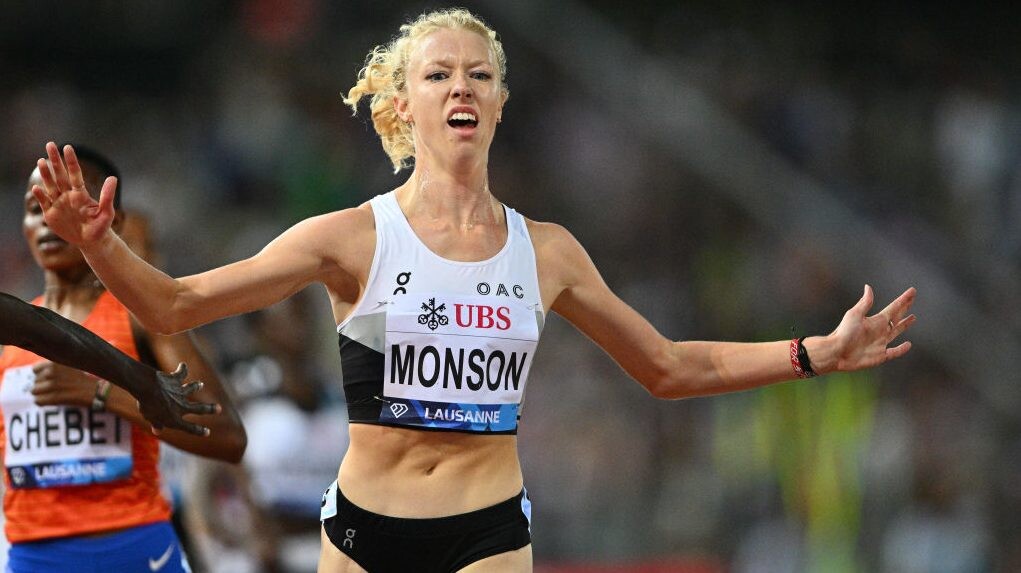
McColgan, who had clung faithfully to Monson throughout the race, finally went wide on the backstraight of the bell lap and passed Monson, and the American had no response as McColgan powered to victory with a 64.87 last 400m. Monson could not match that speed, closing out her effort in 67.99, and though she did not win, her American record was very well-deserved after so much grinding from the front.
No one else earned the World/Olympic standard, but a trio of Americans earned big personal bests in 3rd-4th-5th. Running just her second 10k, 2021 NCAA 5k champ Elly Henes won the battle for 3rd in 30:48.26 to edge 2022 Worlds team member Natosha Rogers (30:48.69) as both women moved ahead of Emily Sisson (30:49.57) and Deena Kastor (30:50.32) into 6th and 7th on the all-time US list. Rogers’ Puma Elite teammate Fiona O’Keeffe also got a pb in 5th, running 30:55.05 to become the 11th American woman to go sub-31.
Results (Analysis at bottom)
1 Eilish McColgan Asics 30:00.86 #$WRLD
2 Alicia Monson On Athletics Club 30:03.82 #$WRLD
3 Elly Henes Adidas 30:48.26
4 Natosha Rogers Puma Elite 30:48.69
5 Fiona O’Keeffe Puma Elite 30:55.05
6 Laura Galvan Hoka 31:04.08
7 Dominique Scott Adidas 31:14.00
8 Carrie Verdon TEAM Boulder 31:52.94
9 Susanna Sullivan unattached 31:55.80
10 Amy Davis-Green Hansons-Brooks ODP 32:10.59
11 Katie Izzo Adidas 32:22.47
12 Jeralyn Poe Tracksmith 32:39.10
Men’s race
The men’s race came down to a battle of the last two US 10,000-meter champions: Woody Kincaid and Joe Klecker. Just as he did five weeks ago over 5,000 meters in Boston, Kincaid earned the victory, though he made his move slightly earlier this time around, taking the lead with 900m to run and holding off Klecker on the last lap, closing in 55.96 to Klecker’s 56.92 as Kincaid ran 27:06.37 to Klecker’s 27:07.57. Both men ran personal bests (they now sit #5 and #7 on the all-time US list) and both hit the 2023 World Championship standard of 27:10, but neither was able to earn the Olympic standard of 27:00.
Klecker and Kincaid both went in with the aim of hitting the Olympic standard and joining Grant Fisher, Galen Rupp, and Chris Solinsky as the only American members of the sub-27:00 club. Klecker’s OAC teammate Ollie Hoare was the main pacemaker (though there were several: Ehab El-Sandali, Amon Kemboi, and Athanas Kioko all helped out) and he took them through 5k in 13:35, at which point British Olympian Sam Atkin, running with the lead pack, surprisingly dropped out.
When Hoare stepped off after covering 6400m in 17:23.90 (27:11 pace), sub-27:00 was within striking distance. But Klecker, despite working hard, could not increase the pace, and Kincaid showed no interest in sharing the lead despite Klecker motioning for him to do so.
By a mile to go, Klecker and Kincaid had dropped everyone else, and Kincaid, sensing the World standard slipping away, hit the front with 900 to go. Klecker stuck right with him, however, and it wasn’t until the final turn that Kincaid was able to gain real separation as both men closed well to get under the World standard – though not the Olympic standard.
Kioko, who stayed in the race, was the best of the rest, running 27:23.84 for 3rd, holding off Conner Mantz, who ran 27:25.30 in the midst of his Boston Marathon buildup (just .07 off his personal best from this meet last year).
Results (analysis below results) *Lap by lap splits
1 Woody Kincaid Nike 27:06.37 WRLD
2 Joe Klecker On Athletics Club 27:07.57 WRLD
3 Athanas Kioko pacer 27:23.84
4 Connor Mantz Nike 27:25.30
5 Jonas Raess On Athletics Club 27:26.40
6 Ren Tazawa Komazawa Univ 27:28.04
7 Nils Voigt Puma 27:30.01
8 Sam Chelagna US Army WCAP 27:38.02
9 Luis Grijalva Hoka 27:42.56
10 Alex Masai Hoka NAZ Elite 27:42.80
11 Wesley Kiptoo Hoka NAZ Elite 27:45.81
12 Ben Flanagan On Running 27:49.67
13 Kanta Shimizu Subaru 27:51.23
14 Benjamin Eidenschink unattached 27:51.74
15 Tatsuhiko Ito Honda 27:54.64
16 Aaron Bienenfeld unattached 27:55.96
17 Ahmed Muhumed unattached 27:56.99
18 Frank Lara Altra/Roots Running Project 28:00.75
19 Emmanuel Bor unattached 28:01.09
20 Alberto Gonzalez Mindez Guatemala 28:30.63
21 Zach Panning Hansons-Brooks ODP 28:35.52
(03/06/2023) ⚡AMPThe Ten
The world's fastest 10,000m races each year have taken place in a sleepy little coastal town in southern California. More national records were broken in 2022 than any other race on the planet as the best in the western hemisphere launched into rarified zones of time and space. The best return to San Juan Capistrano this year to cap off...
more...Jakob Ingebrigtsen earns his eighth career European championship gold
On Friday afternoon, the reigning Olympic 1,500m champion, Jakob Ingebrigtsen, led from start to finish in the men’s 1,500m at the 2023 European Indoor Championships in Istanbul, earning his eighth European championship gold medal, breaking the championship record in 3:33.95.
The world’s fastest middle-distance runner beat in-form British athlete Neil Gourley, who came second in 3:34.23, while Azeddine Habz of France claimed the bronze medal in 3:35.39.

Ingebrigtsen, 22, had raced only once this season before competing Friday, missed a month of training with a viral infection.
Gourley, the British indoor 1,500m record holder of 3:32.48, sat on the heels of Ingebrigtsen from the start but could not hold on in the final 200 metres.
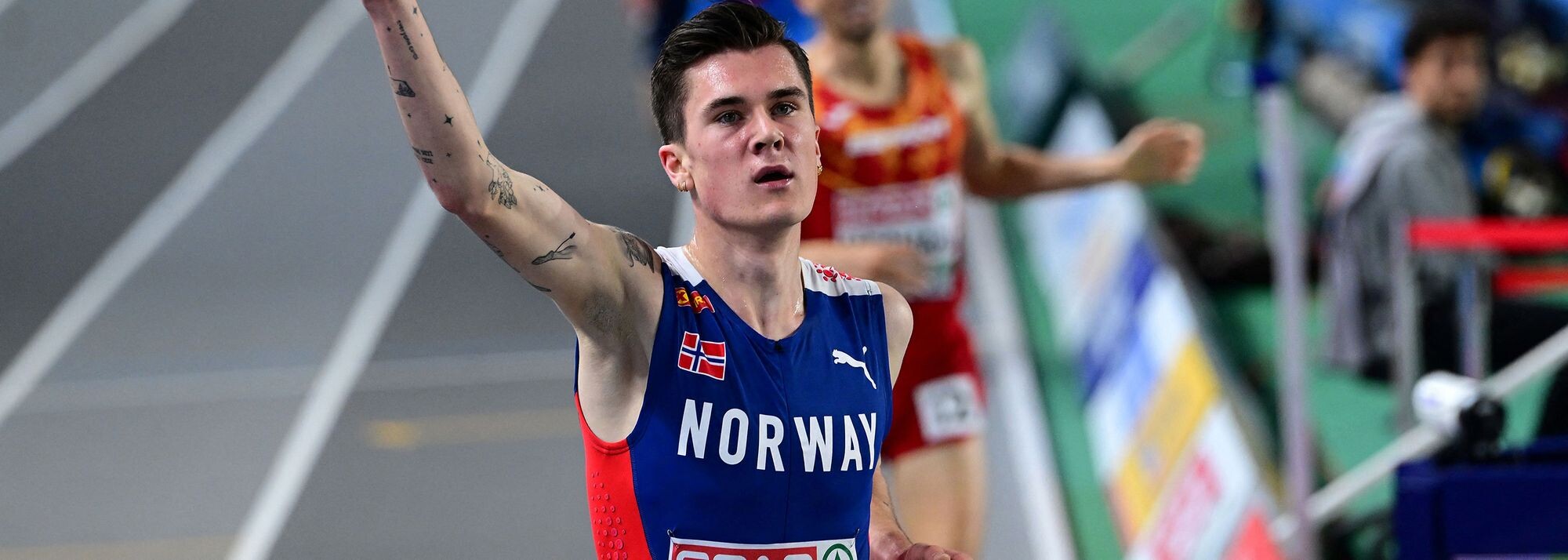
Gourley made a move on Ingebrigtsen with 200m to go, similar to the move that his Scottish compatriot Jake Wightman made to beat the Norwegian at the 2022 World Championships in Oregon. Ingebrigtsen countered, soaring to his second-straight European 1,500m gold.
“It’s important for me to compete in as many races as possible for the fans,” Ingebrigtsen told reporters post-race. “My goal is to become the greatest runner of all time, and I still have to win races.”
World indoor 400m record holder Femke Bol was also in action on Friday afternoon in the semi-finals of the women’s 400 metres.
(03/06/2023) ⚡AMPby Marley Dickinson
Sheila Chepkirui eyes Boston after winning Semi De Paris
Reigning Commonwealth Games 10,000m bronze medalist Sheila Chepkirui is keen to add another feather to her cap during next month's Boston Marathon in the United States of America.
Speaking after winning the Paris Half Marathon title in France on Sunday, Chepkirui admitted that the title was not won easily because she has to battle the cold conditions in France.
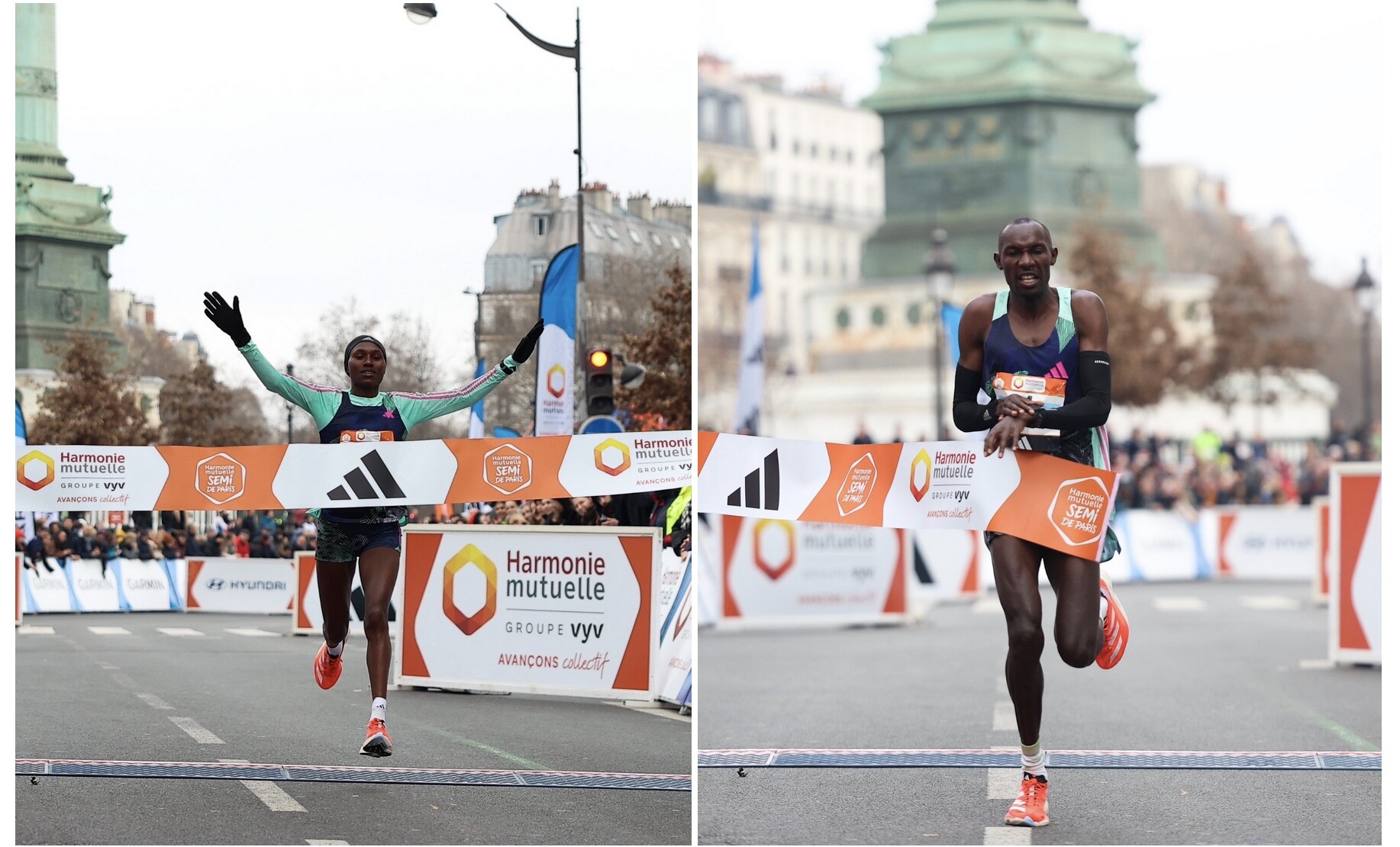
“The victory here is a precursor for the Boston Marathon next month. I have to train well to ensure I get the results,” said Chepkirui, the two-time national cross-country champion.
The Kericho-based athlete won the 21km distance after clocking 66.00 minutes ahead of Ethiopian Betelihem Yemer (66.45) and Kenyan Marion Kibor (66.45), who completed the podium. Both Yemer and Kibor ran their personal bests.

“Despite the chilly condition, things were not badly off for me because it was not windy,” she said.
In the men’s race, it was a 1-2 podium finish for Kenyan athletes with Roncer Kipkorir emerging victorious in 59:38 minutes.
Kipkorir ran his personal best and course record after beating Josphat Chumo to second place in 59:53, also a personal best. Home runner Jimmy Gressier was third in 61:29.
In Italy, former Atlanta Half Marathon champions, Dorcas Jepchirchir Tuitoek and Isaac Kipkemboi won the Rome Ostia race.
The Kapsabet-based Tuitoek ran away with the women's title in 66:21 minutes ahead of Kenya- born turned-Israeli Lornah Salpeter and Magdalene Masai.
The 66.21 minutes was Tuitoek's personal best time as Salpeter came second at 66:56 and Masai (67:07) third.
In the men's race, Isaac Kipkemboi led a Kenyan 1-2 finish as he posted his personal best of 59:47. Wesley Kimutai (59:47) took the second place with Ethiopian Tadese Takele Bikira was third in 59:56.
(03/06/2023) ⚡AMPby Emmanuel Sabuni
Boston Marathon
Among the nation’s oldest athletic clubs, the B.A.A. was established in 1887, and, in 1896, more than half of the U.S. Olympic Team at the first modern games was composed of B.A.A. club members. The Olympic Games provided the inspiration for the first Boston Marathon, which culminated the B.A.A. Games on April 19, 1897. John J. McDermott emerged from a...
more...

